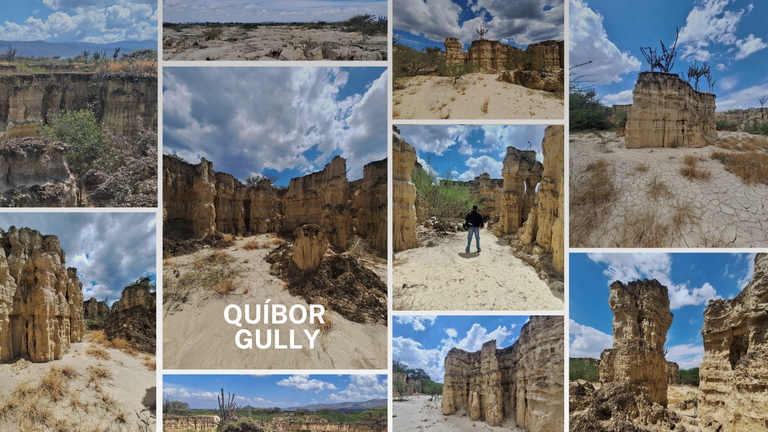
The best way to unleash your creativity is by daring to explore and discover the unknown, the things that are close to you.
It was an unexpected morning when my brother told me we should go out. I had some doubts, but I agreed. Listen to Harry Styles' song “As It Was” while reading this.
At first, we hadn’t planned the trip because there was an issue with the title of ownership of the motorcycle, but that day the problem had been resolved. I made the decision at 10:00 p.m. (Venezuelan time) after much consideration. I quickly showered and dressed. Our destination was the city of Quíbor, one of the driest places in Venezuela.
We passed the iconic obelisk in Barquisimeto and spent about forty minutes on the road before reaching our destination. Traveling by motorcycle is different from traveling by car. You can better appreciate the facades. I was struck by seeing some places still standing (I first saw them when I was 7 years old).
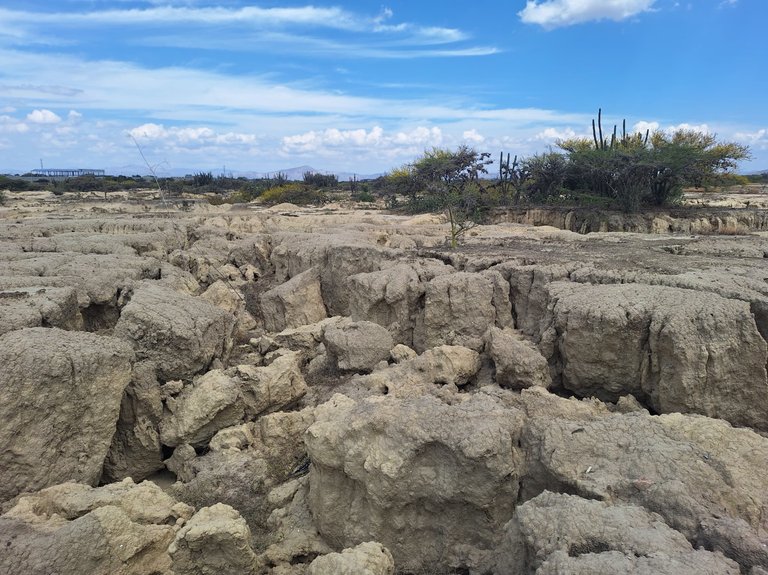
We arrived in Quíbor, but we didn’t know exactly where to enter the Gully. While figuring out the way, we parked at a point where we could see the erosion of the land in an impressive way. The Quíbor Gully are located next to the Rotaria Avenue, which is the Circunvalación Sur, specifically in front of the La Tinaja Craft Center in Quíbor, within the Jiménez municipality in the Lara State of Venezuela.
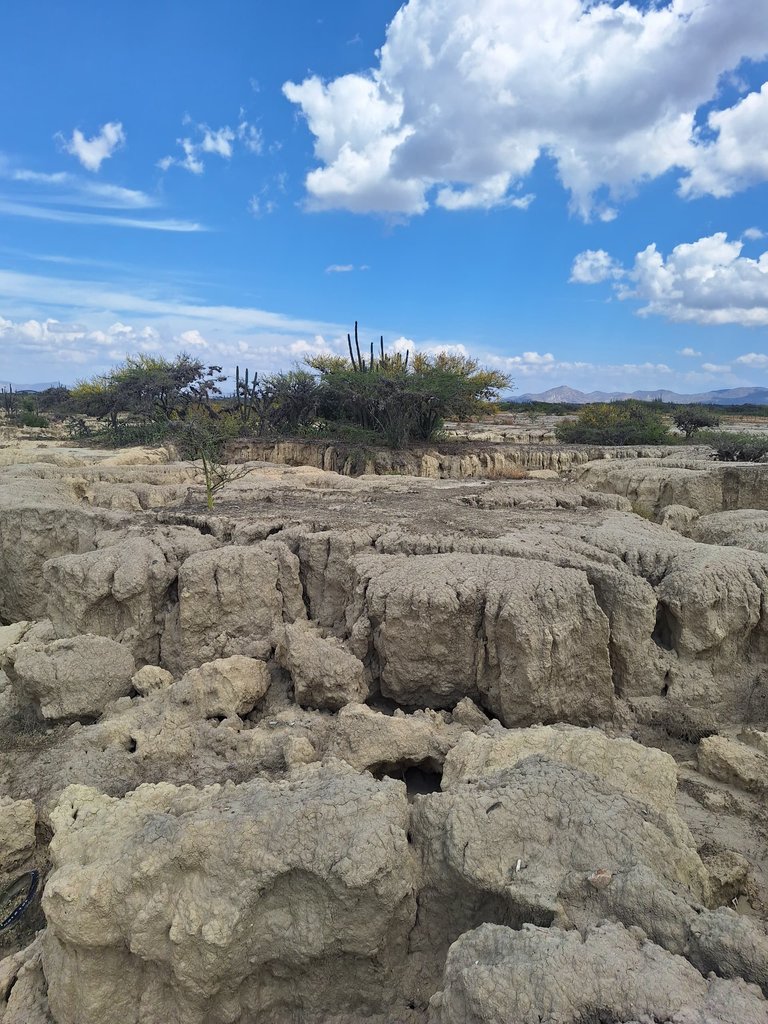 | 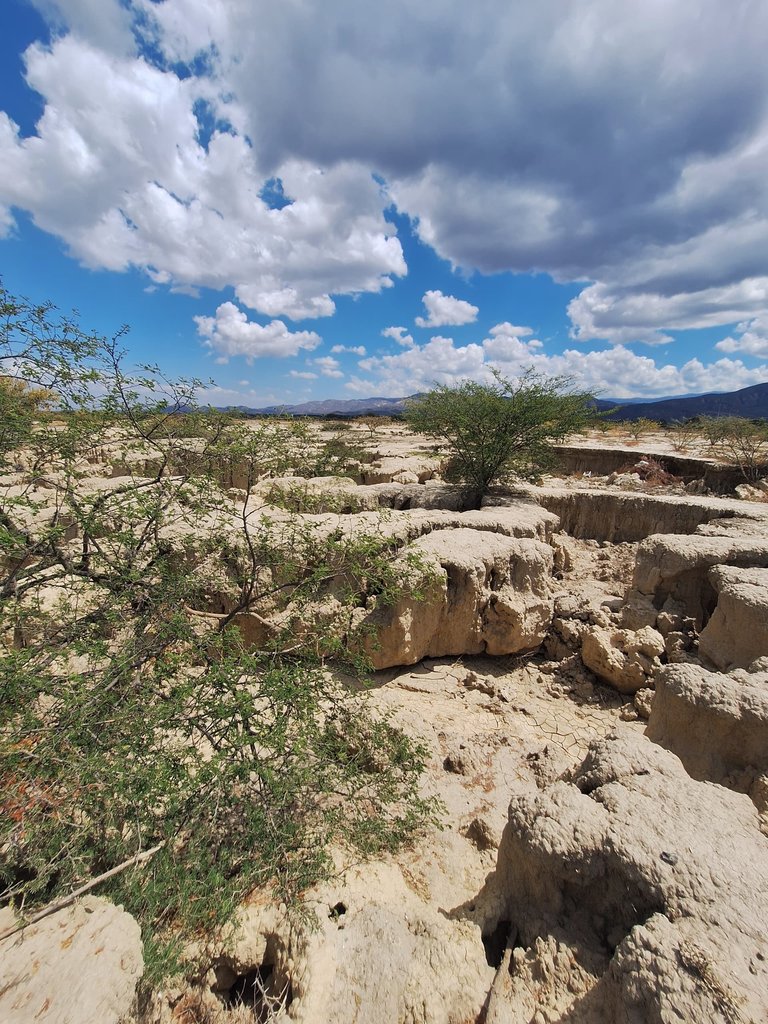 | 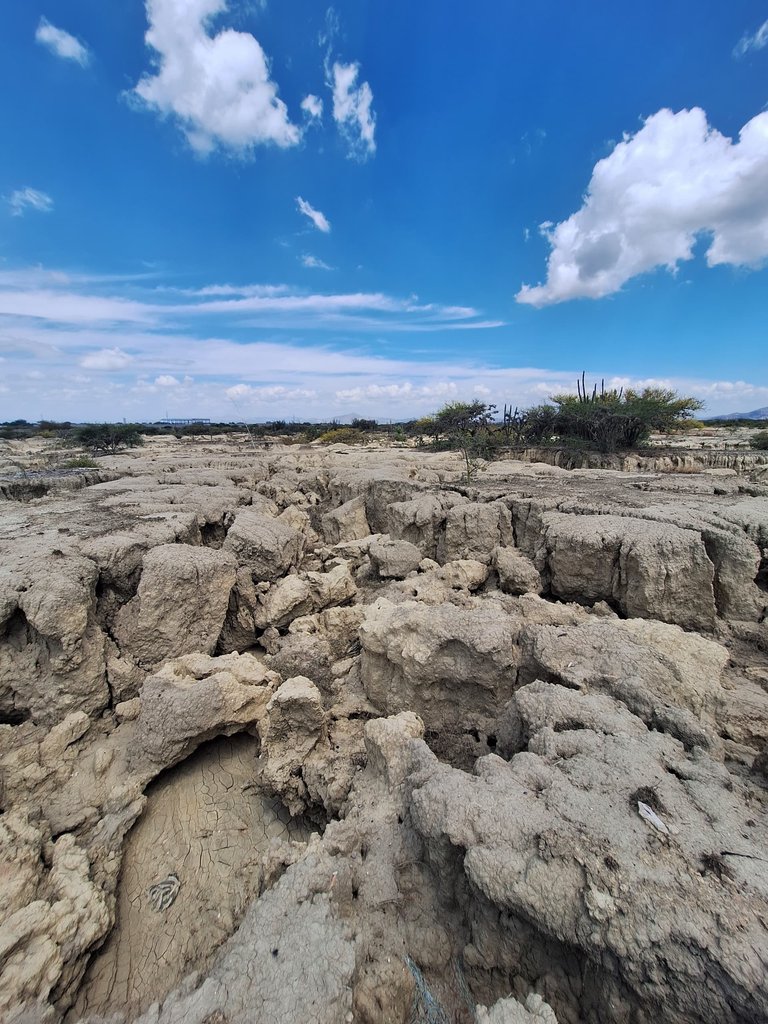 |
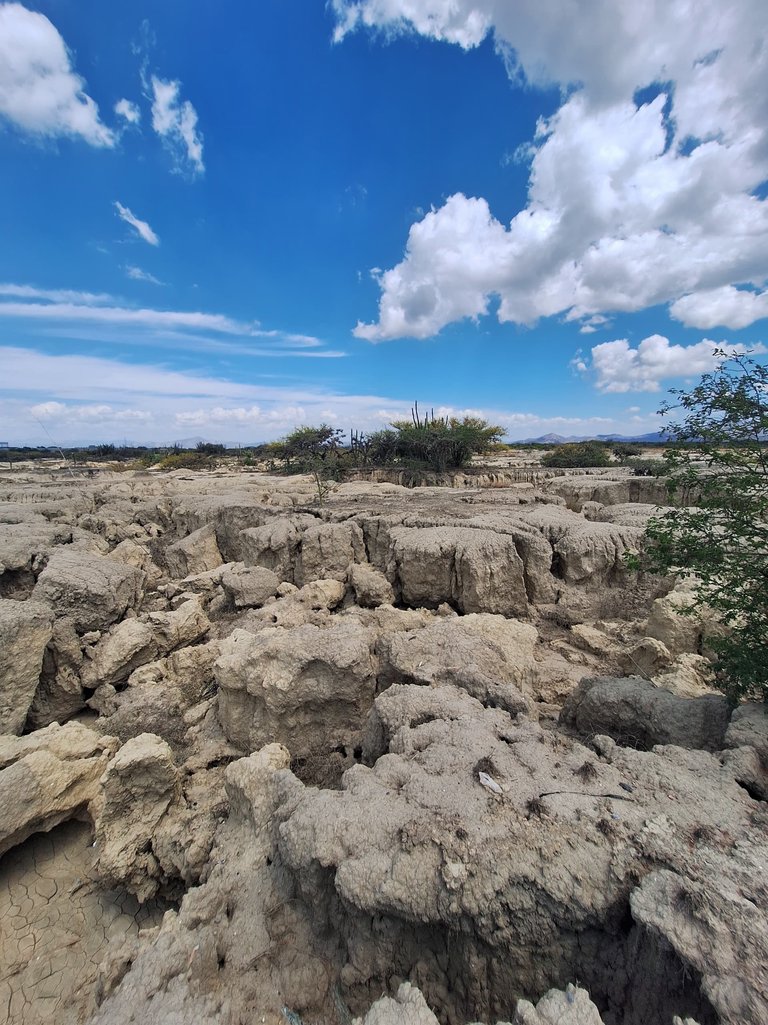 | 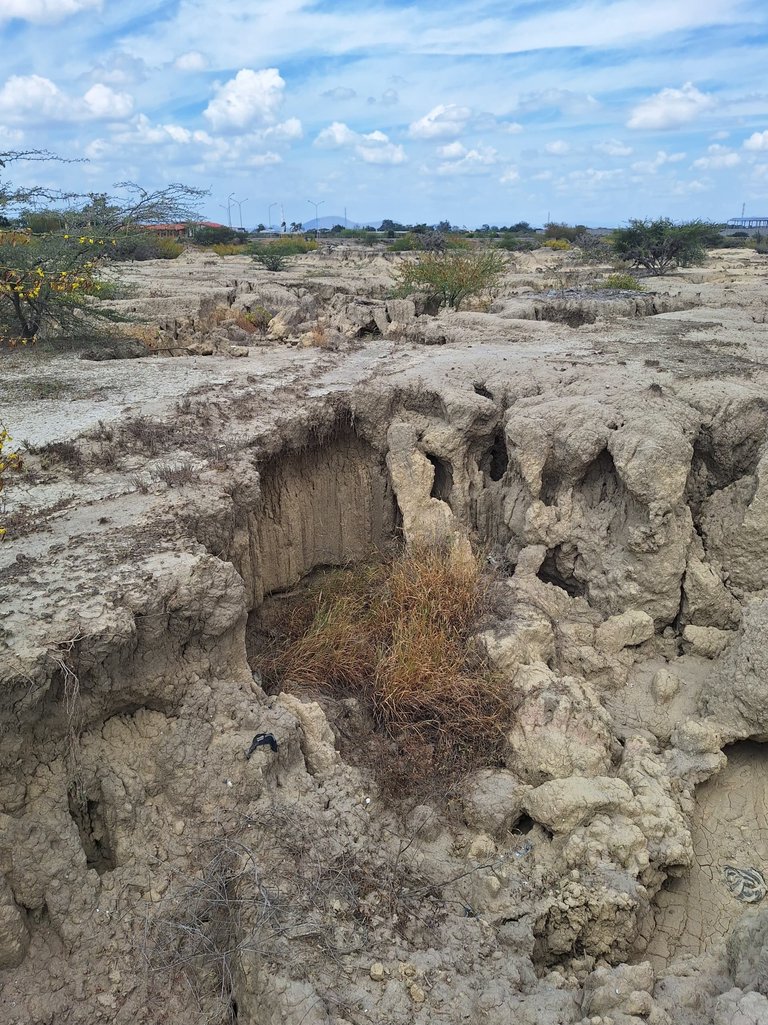 |  |
I should mention that we arrived around 12:25 p.m. The sun was relentless, but it was worth enduring. At the spot where we parked to find the entrance to the Gully, I took the opportunity to admire how stunning the place was.
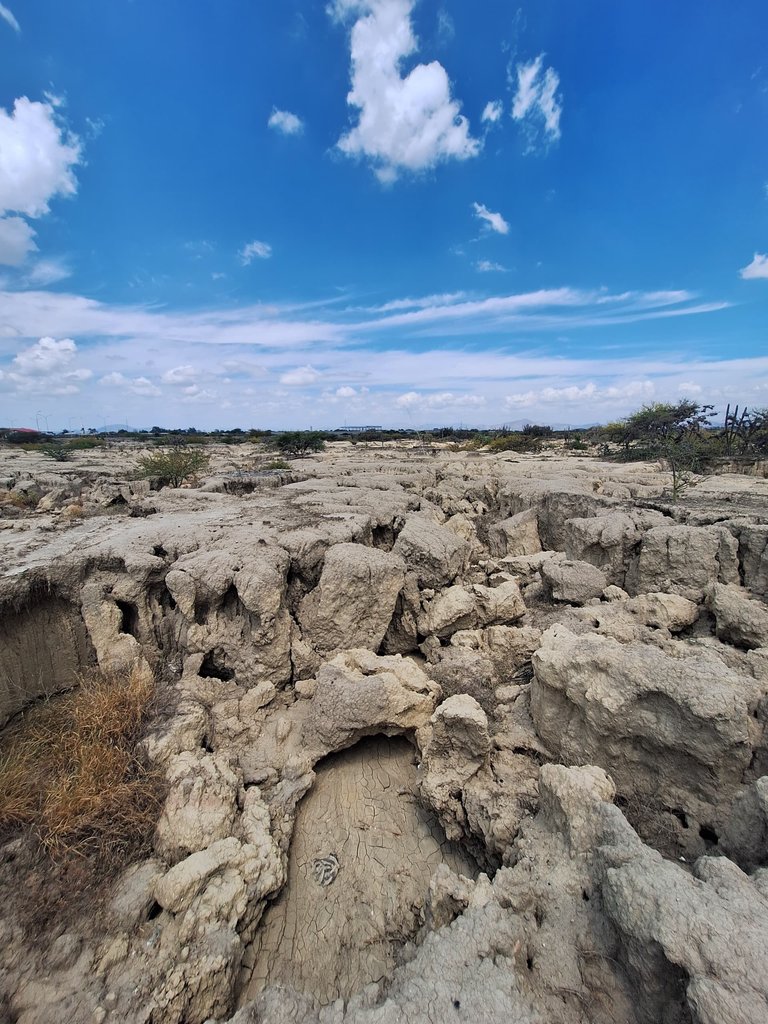
Some characteristics of the little Caribbean canyon include the soft erosion of the land. I know about the process of Gully formation because I am an urban planner, and it’s something you need to understand to plan cities. This process is very interesting and beautiful once it occurs, but dangerous if it happens in the city.
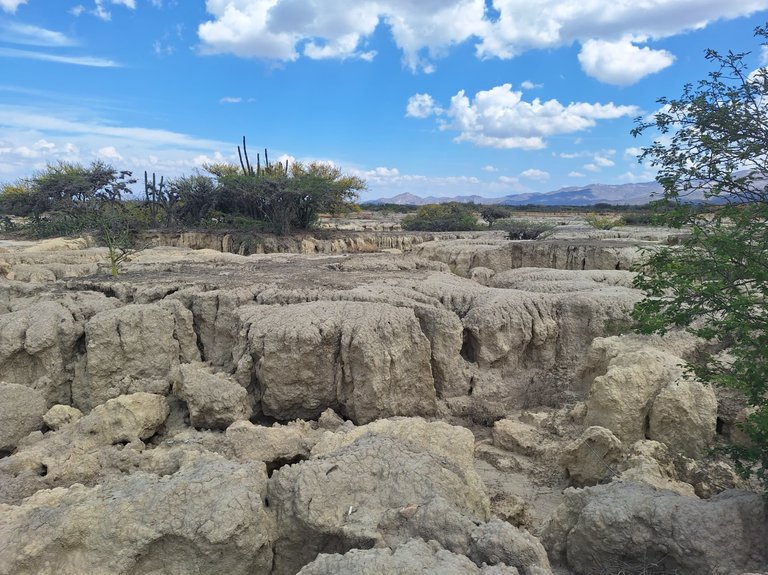 | 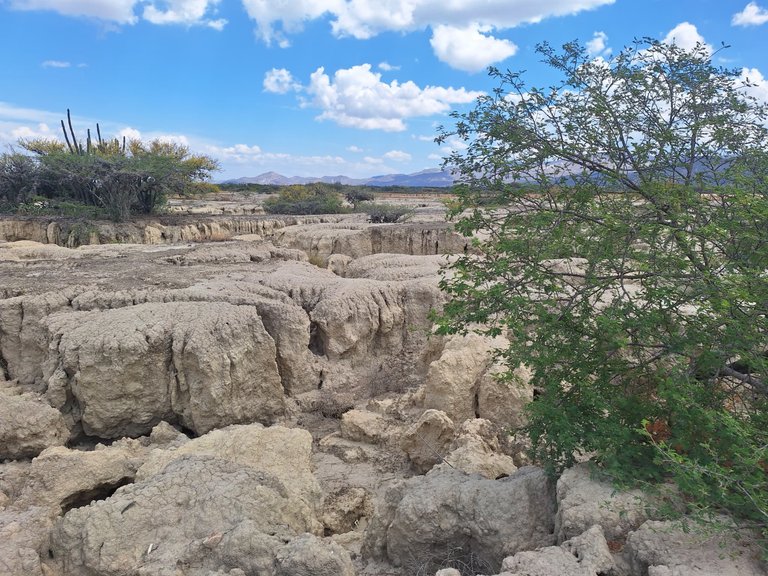 | 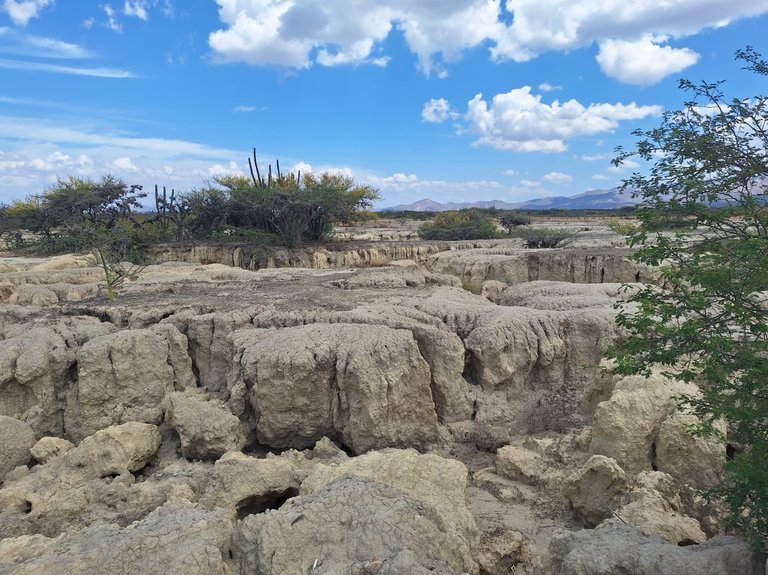 |
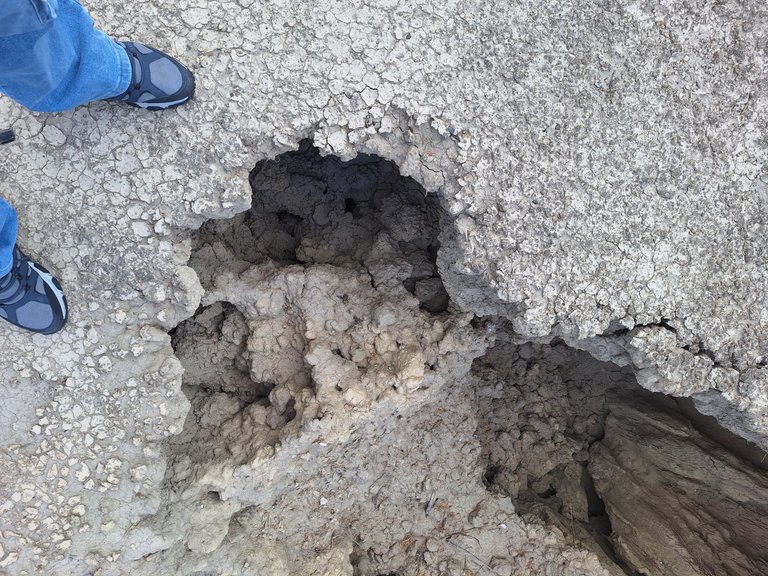 |  | 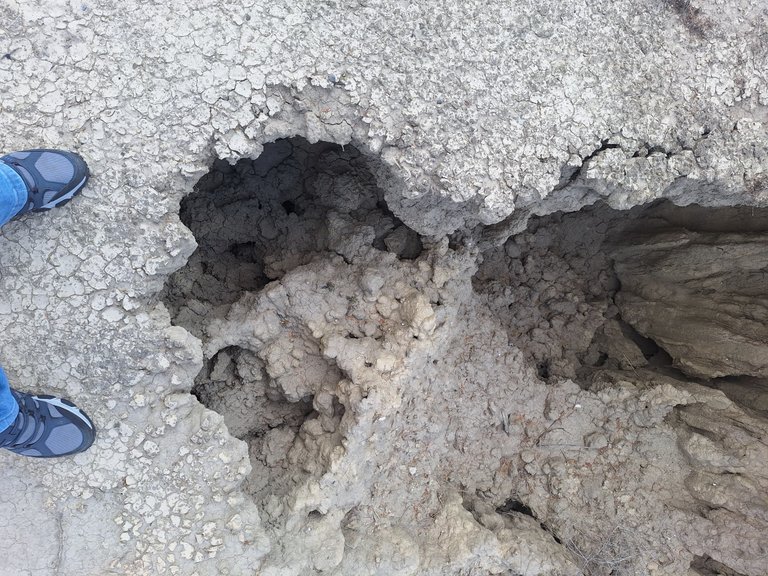 |
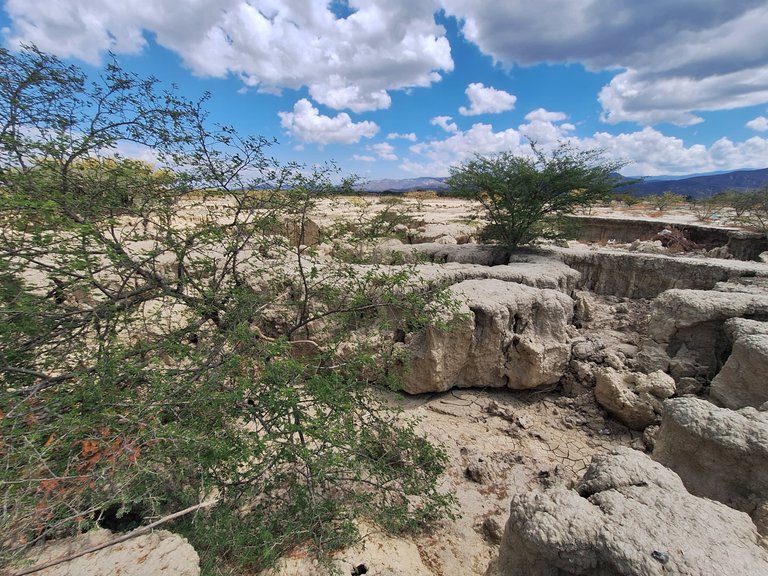 | 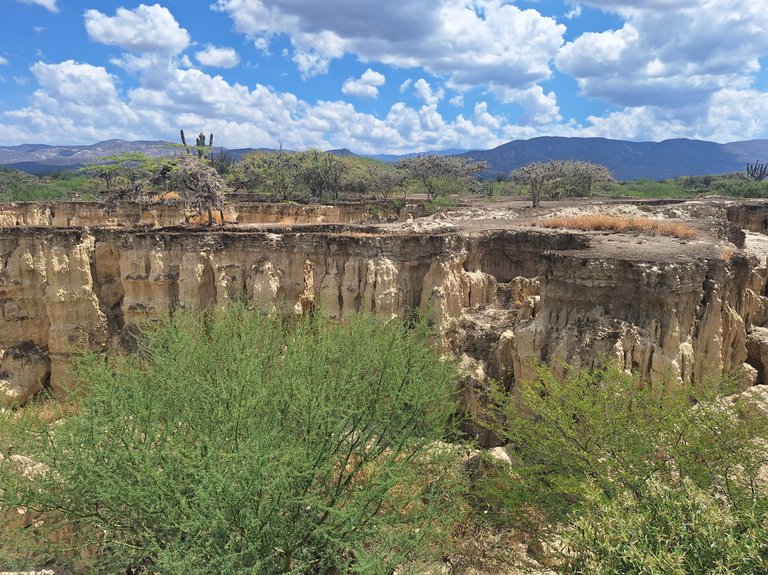 | 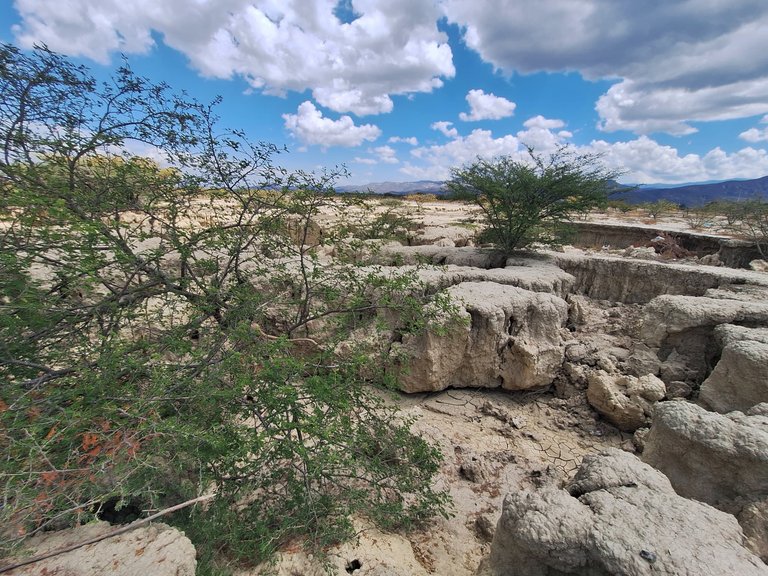 |
The way the clouds and the Gully combined was beautiful. Everything became more fascinating when, at certain moments, the clouds in the sky hid the sun’s rays. The scene was incredible.
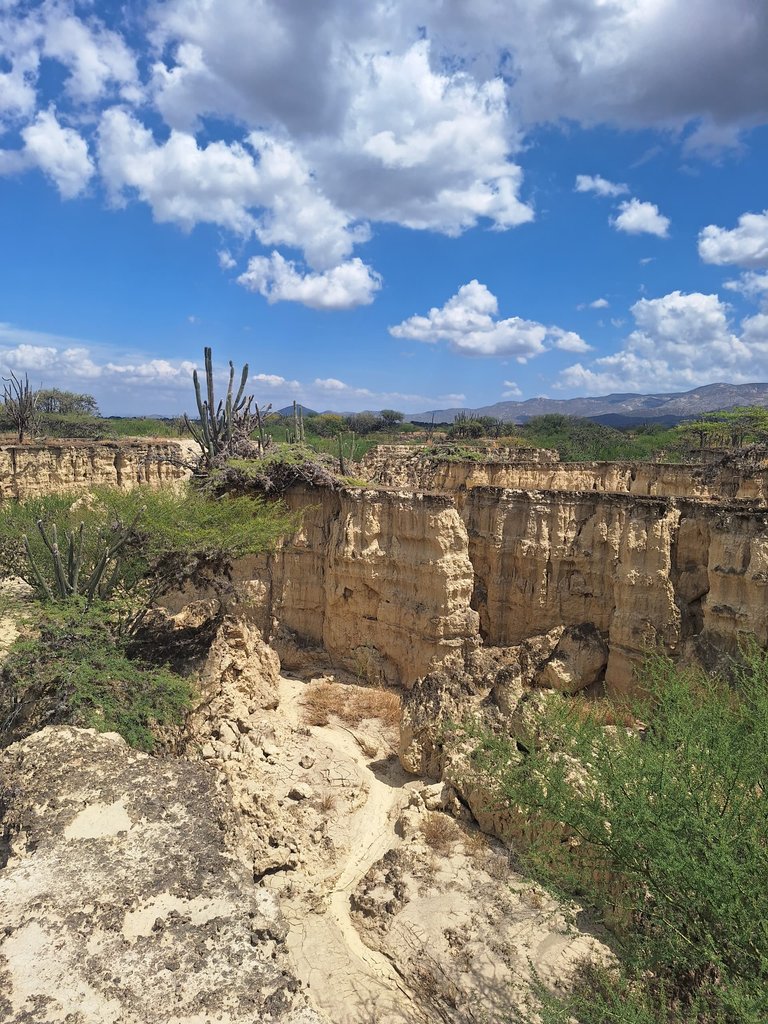
We managed to figure out where we should enter. What awaited us was amazing. We asked a local resident for directions, and he kindly explained the way.
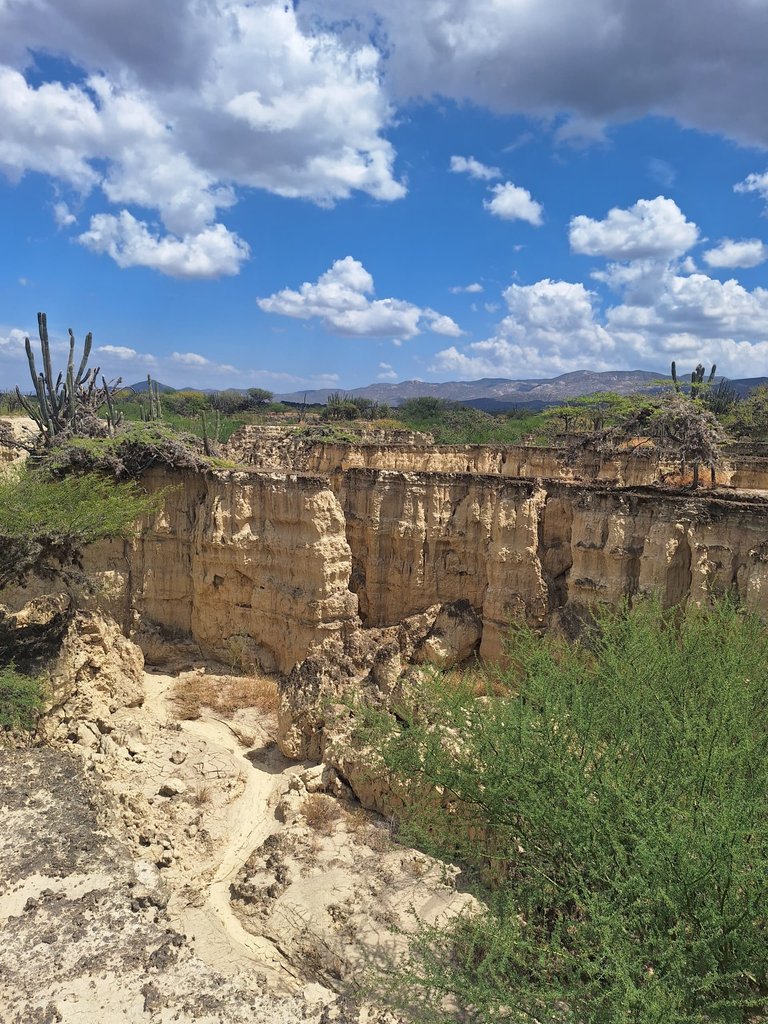 | 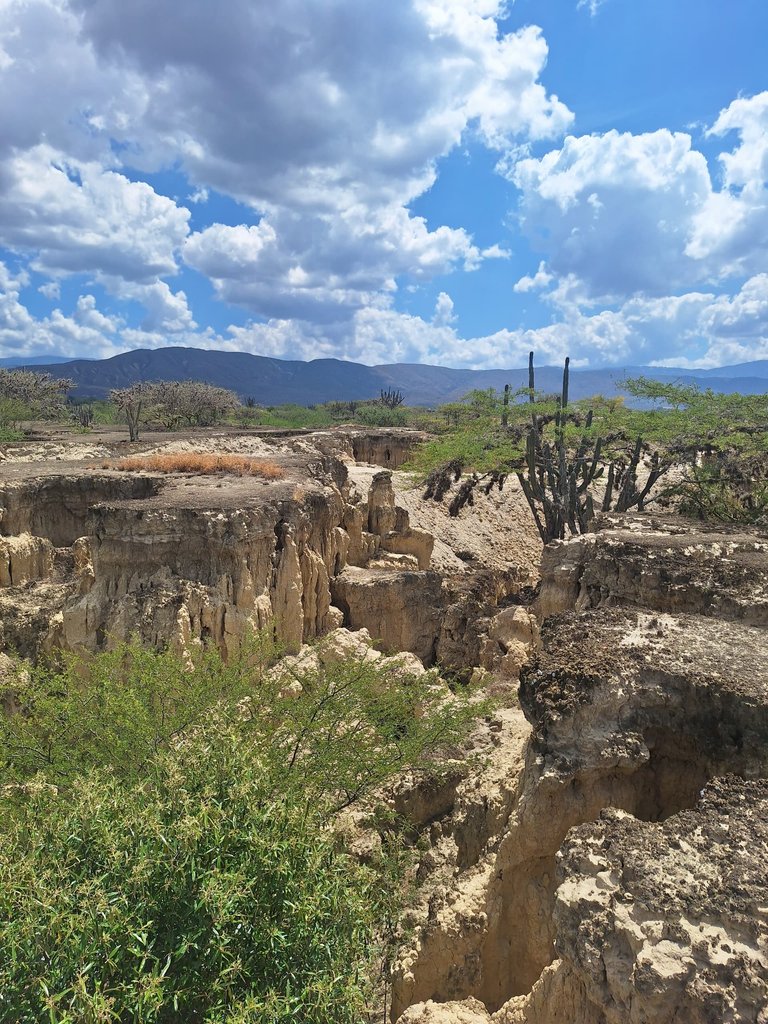 | 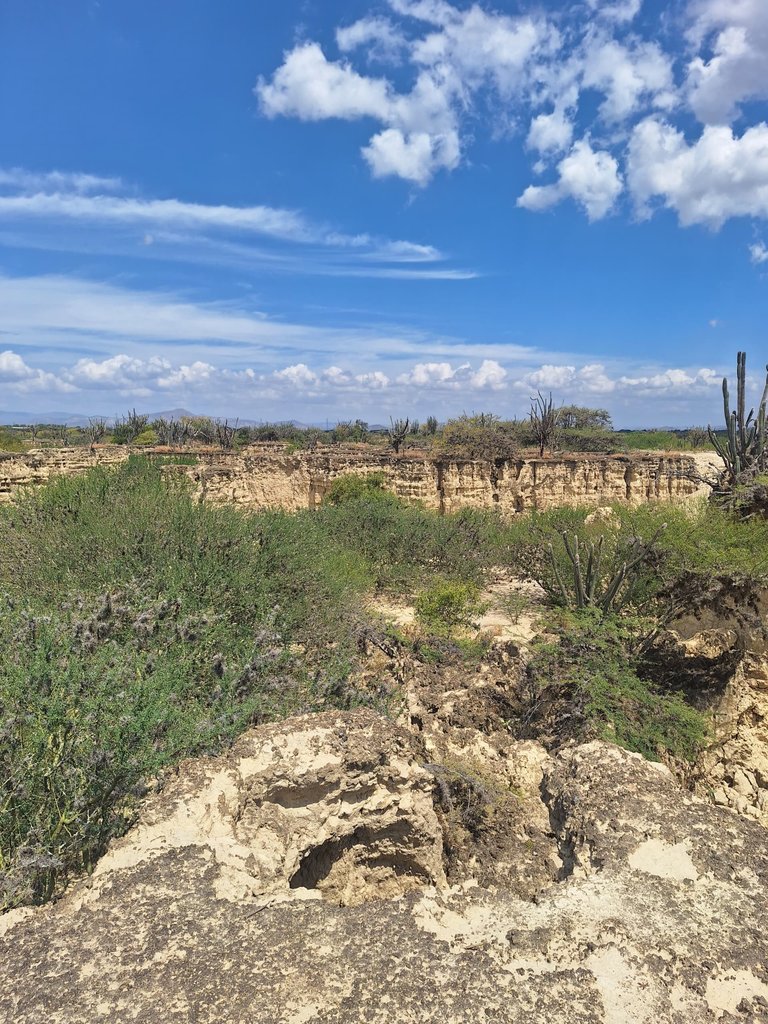 |
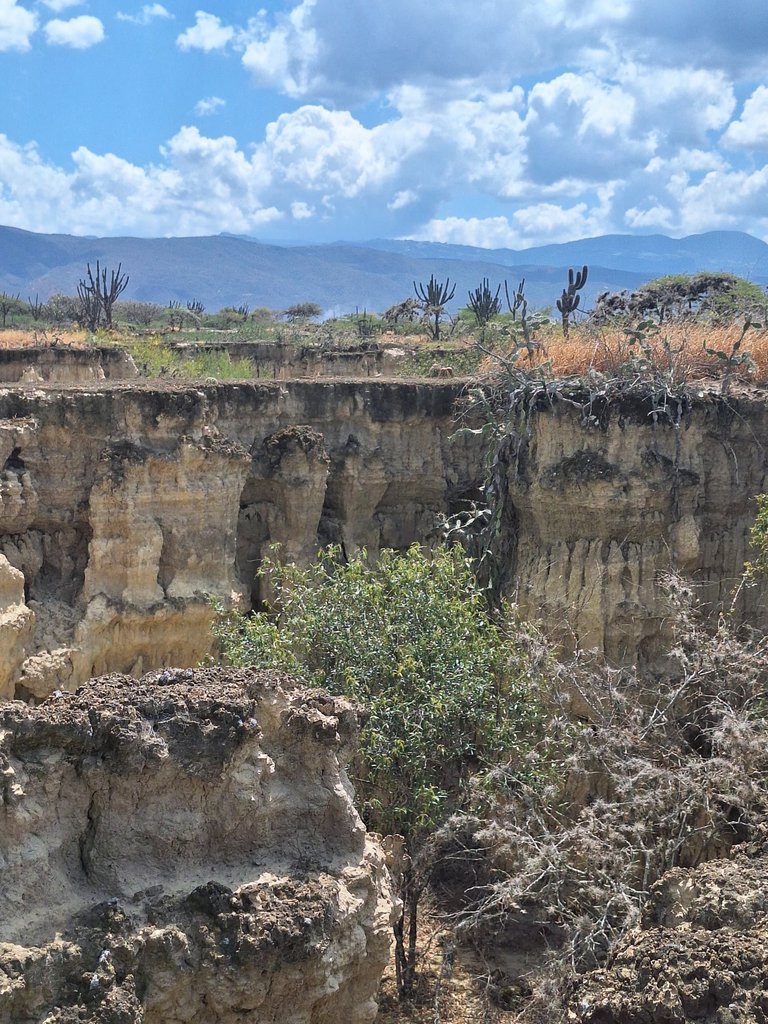 | 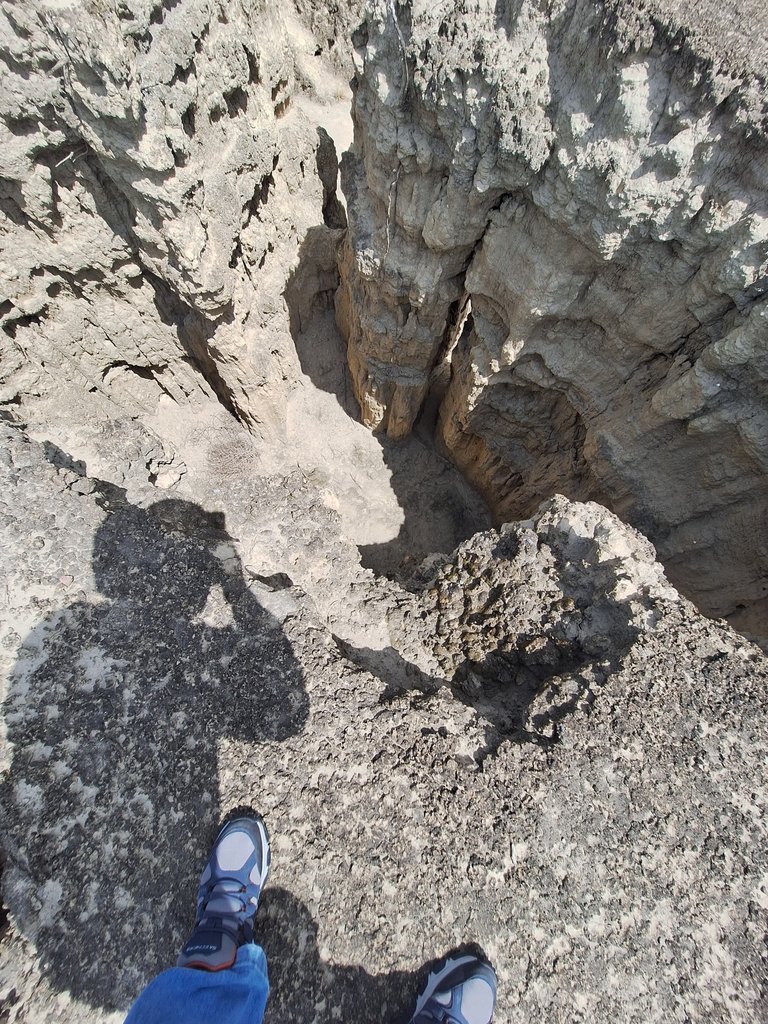 |  |
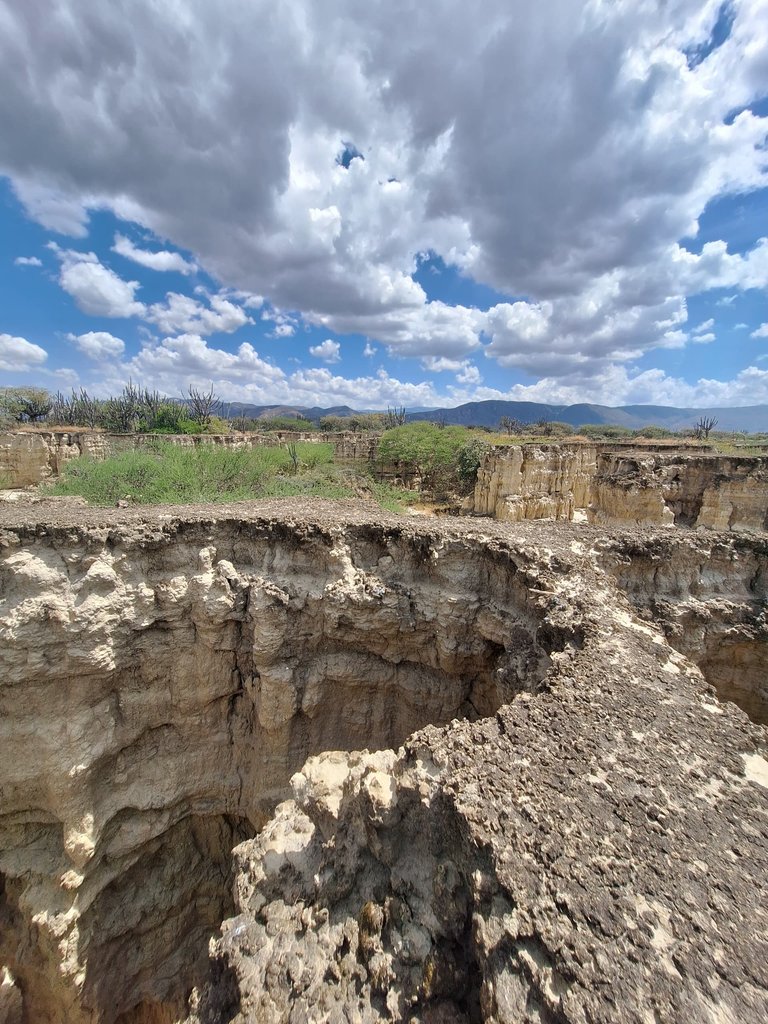 |  | 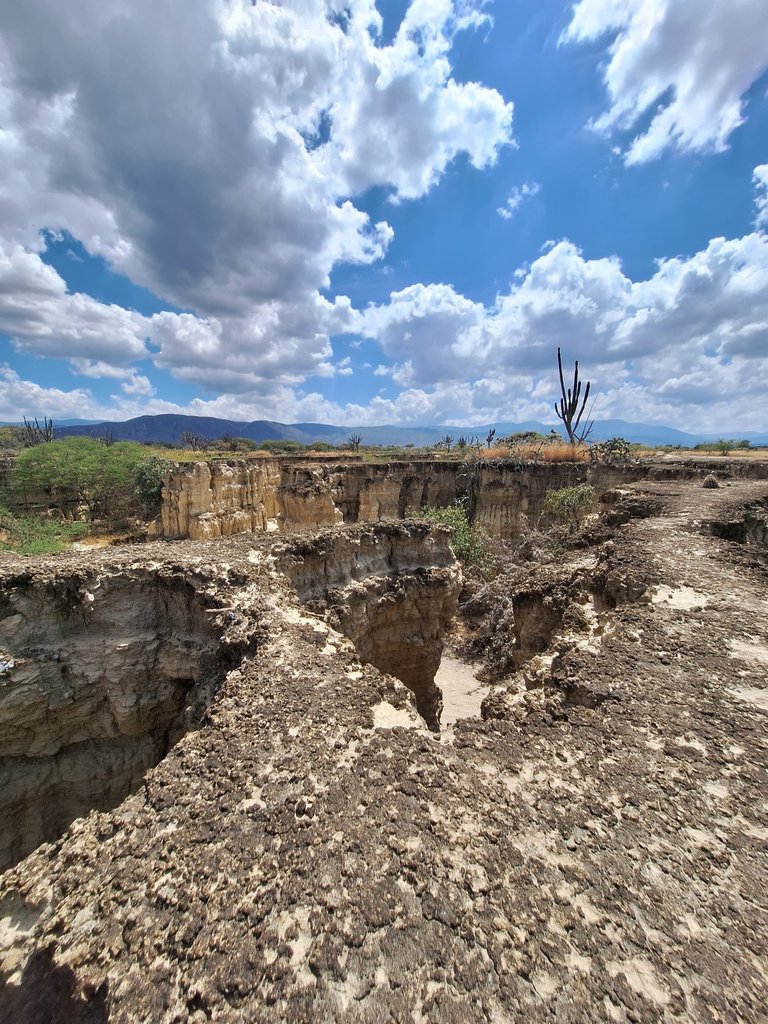 |
As we walked toward the entrance, we found extraordinary depressions caused by water erosion. Everything was astonishing.
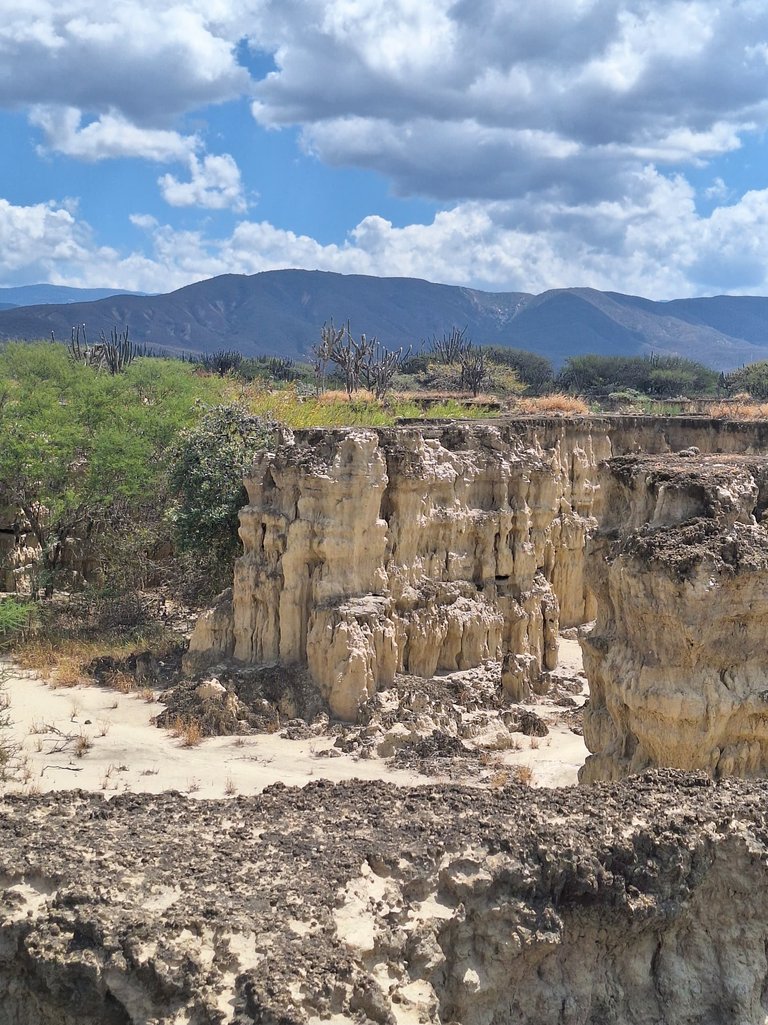
To reach the entrance and access the Quíbor Gully, there is a kind of path. You can enter by vehicle or motorcycle. However, it’s advisable to be careful when entering since it’s a natural space. The trail has no signage, but it’s clear that vehicles pass through it easily.
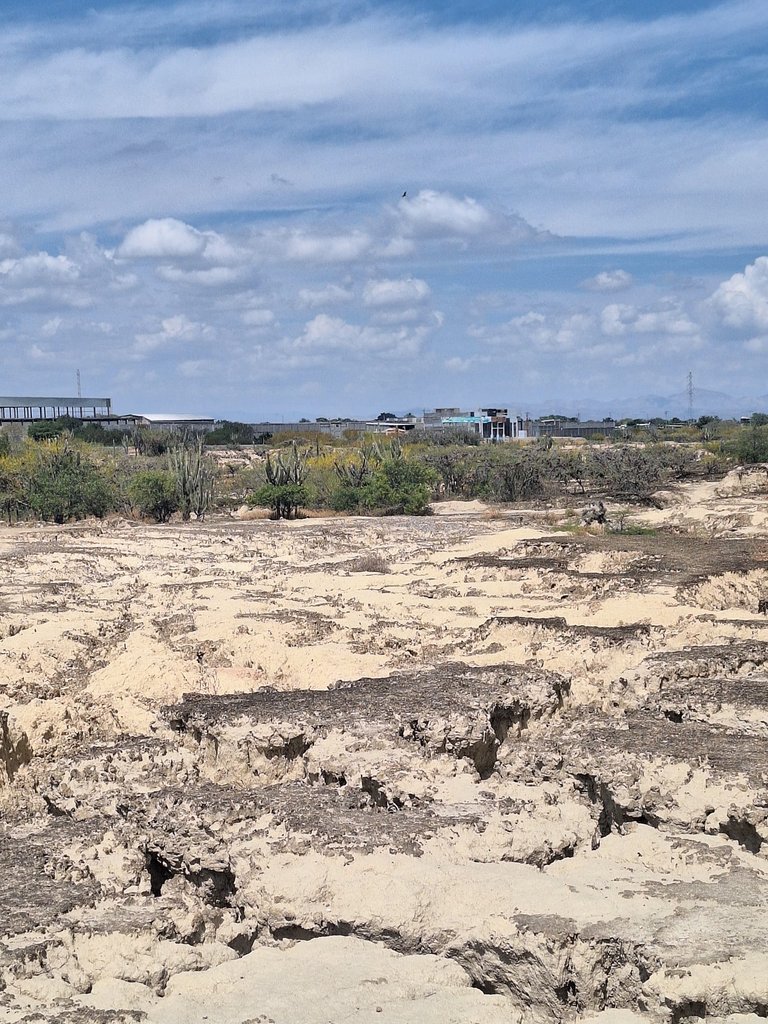 | 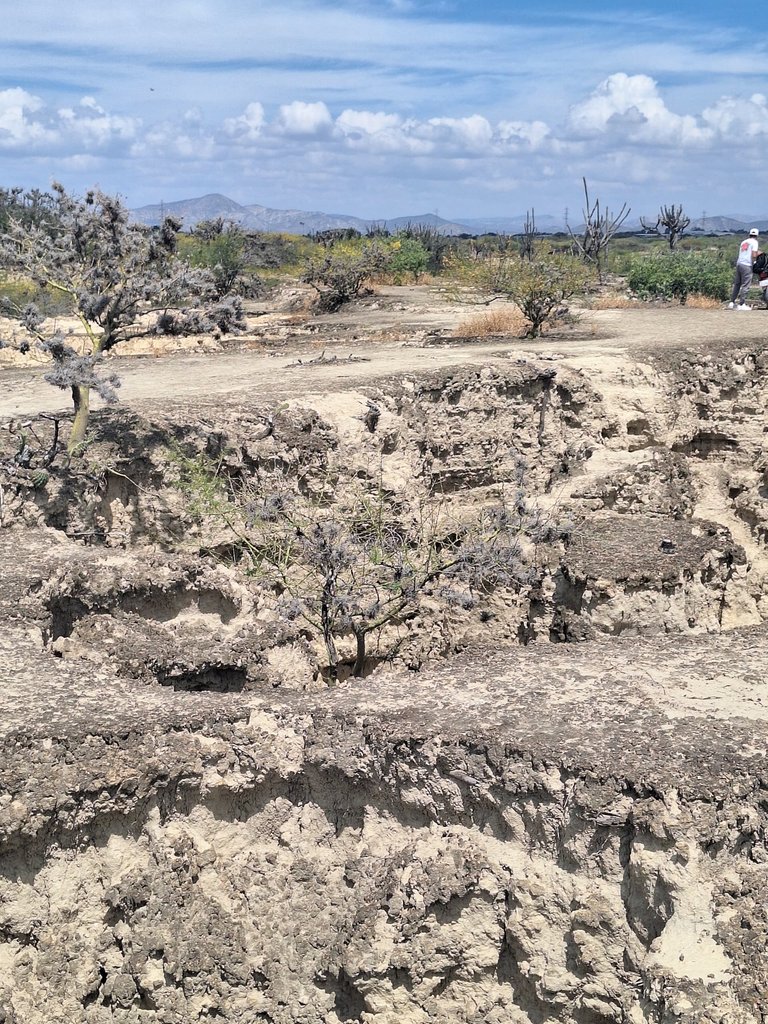 | 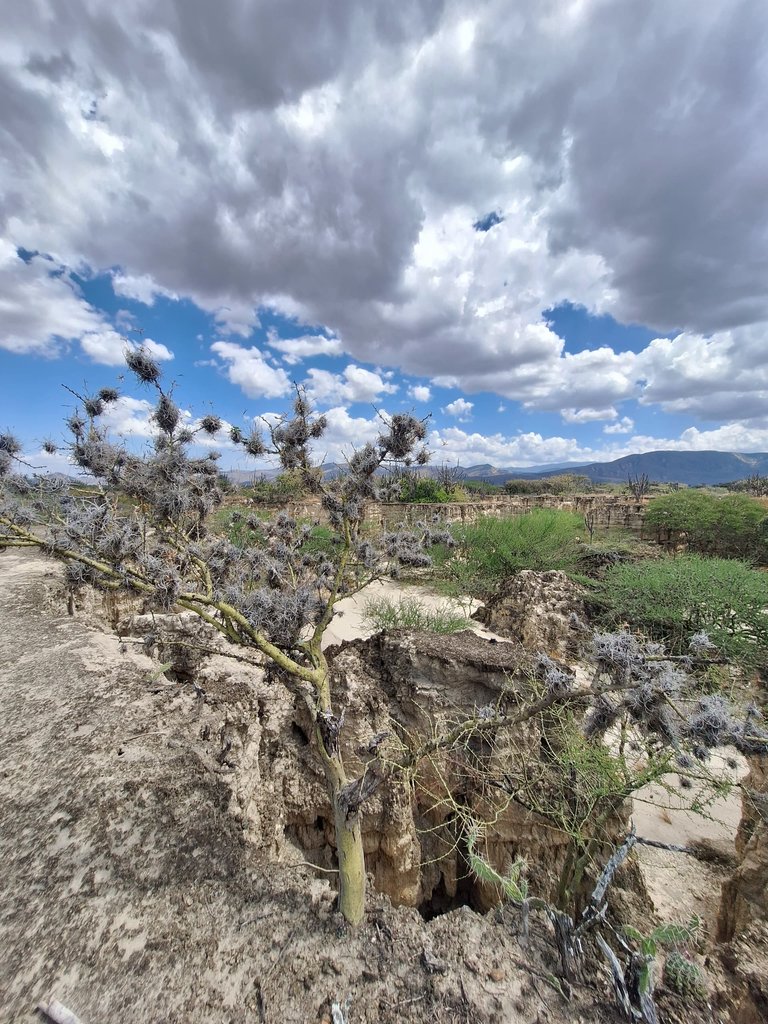 |
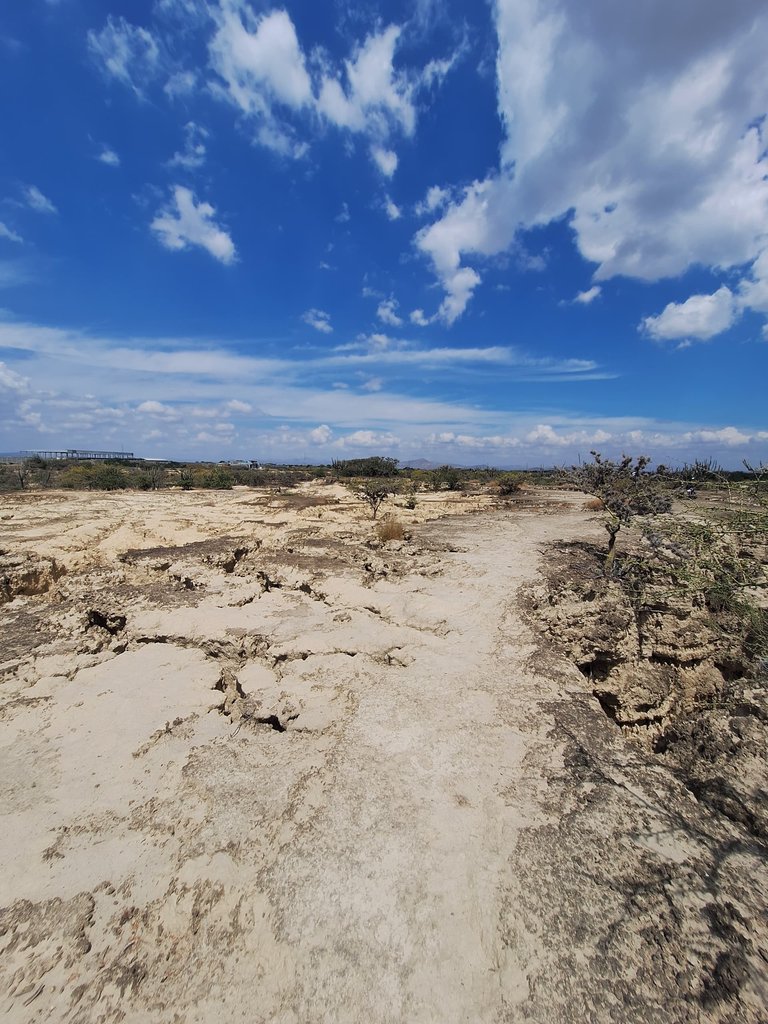 | 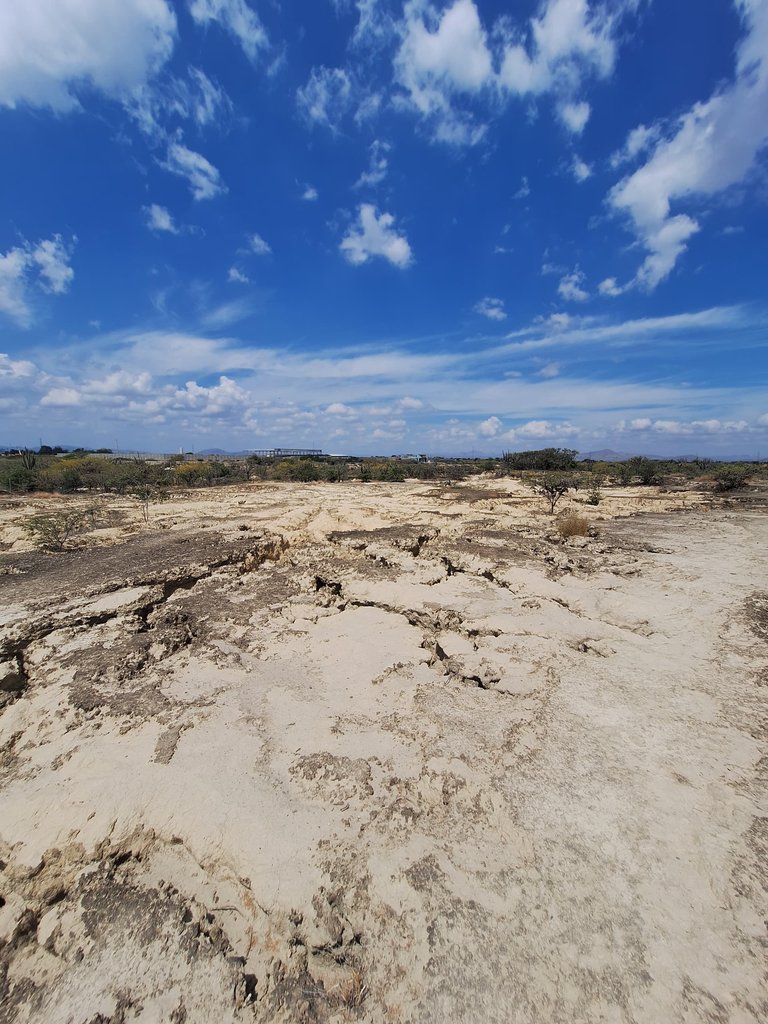 |  |
The vegetation there is incredible. It’s very unique, blending perfectly with the surroundings and the sky. It looks like a scene from a Texas movie.
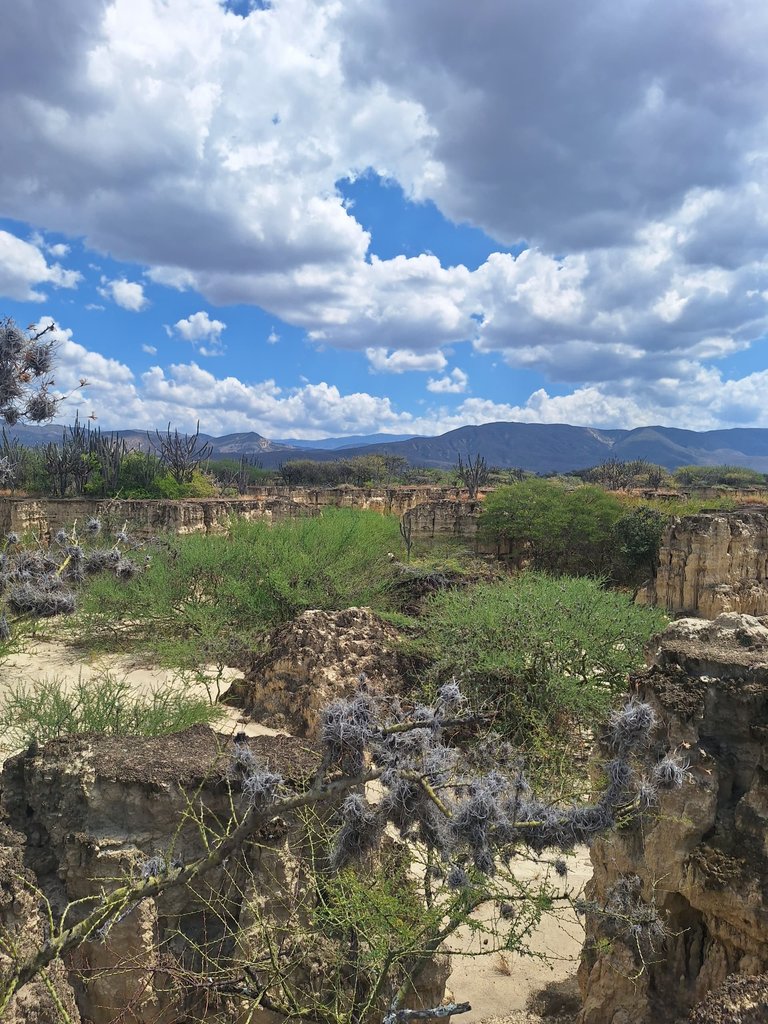
I was very happy and amazed because it was a place I had wanted to visit for a long time. I had never been there before, and I was completely surprised.
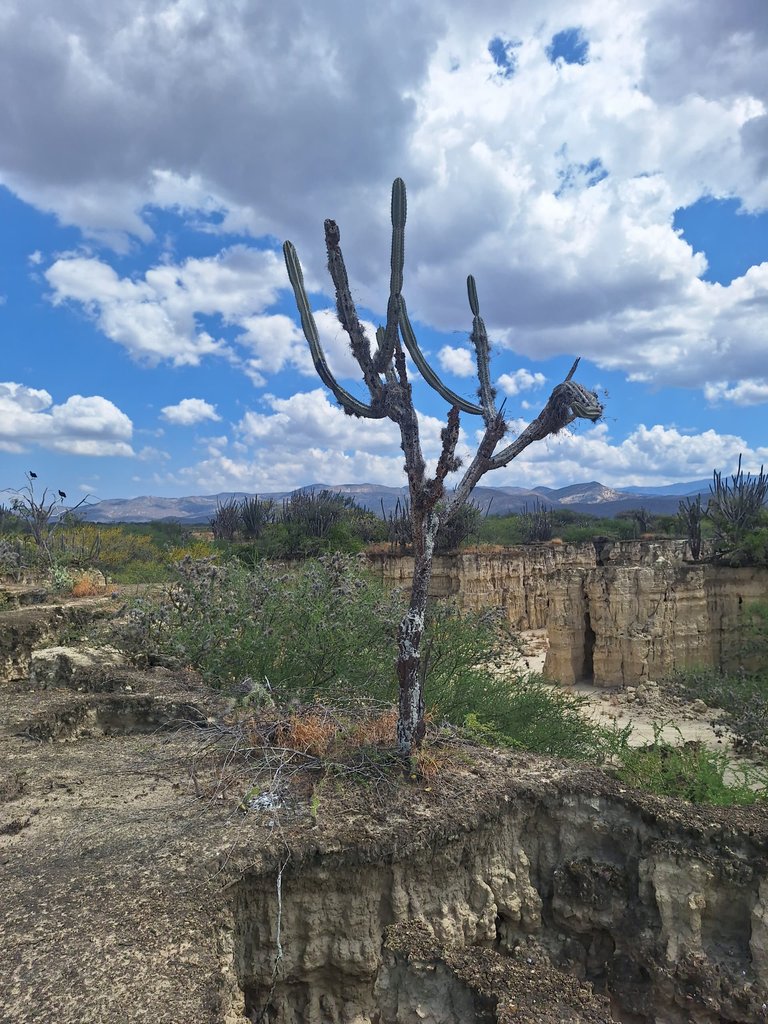 | 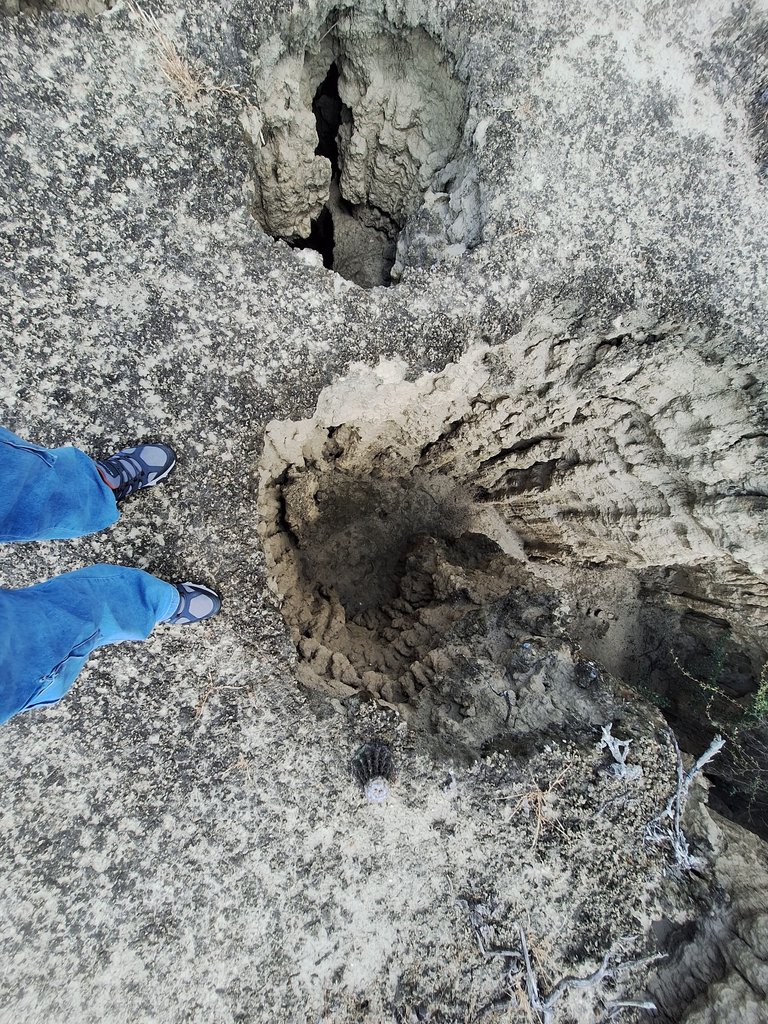 | 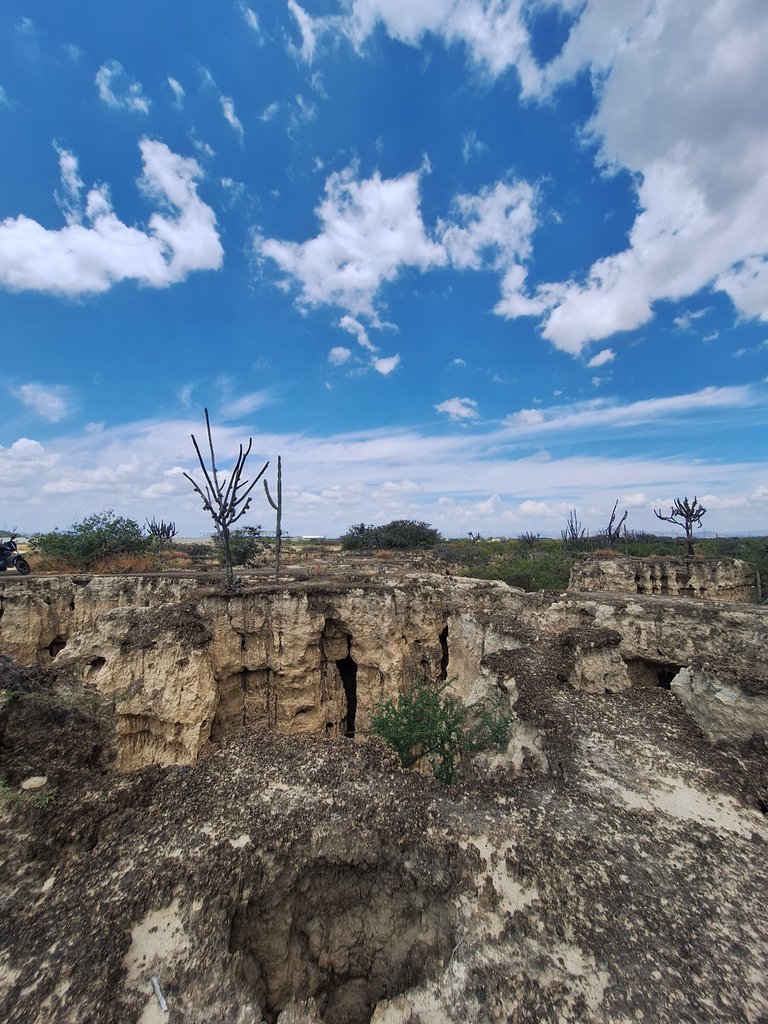 |
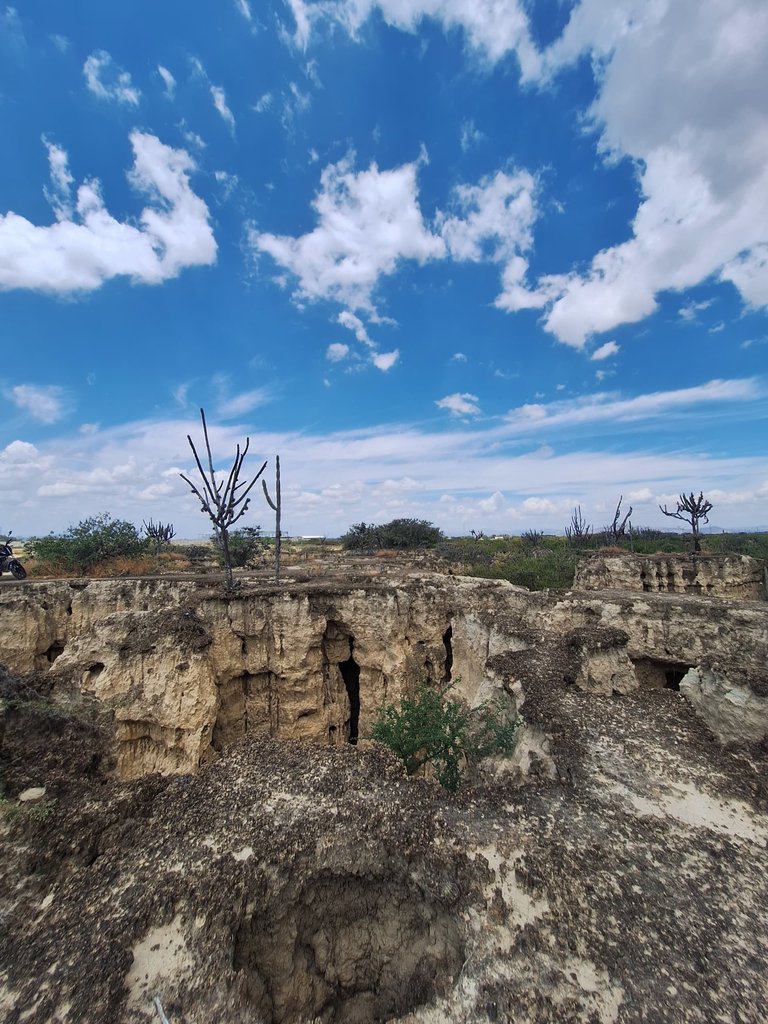 | 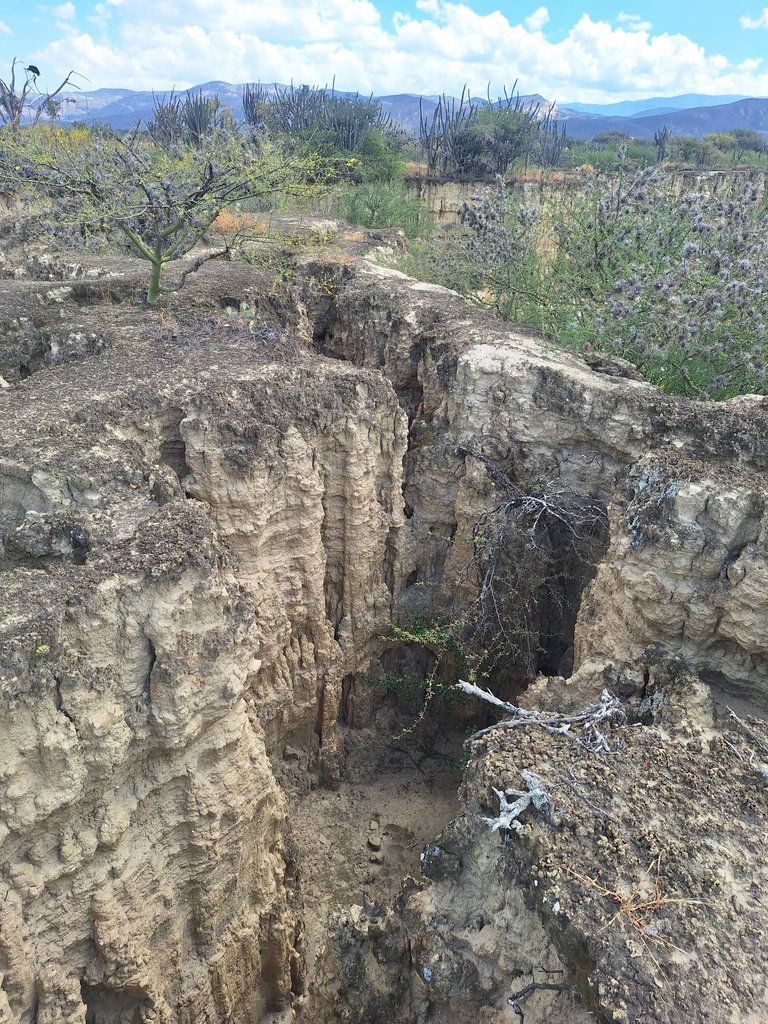 | 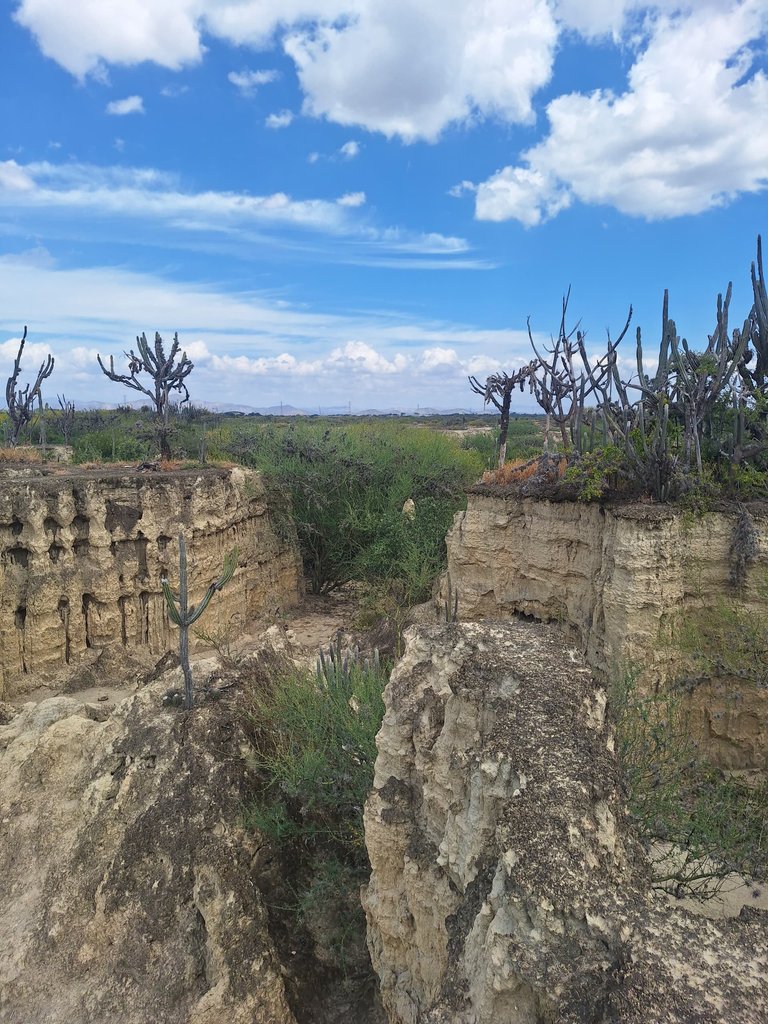 |
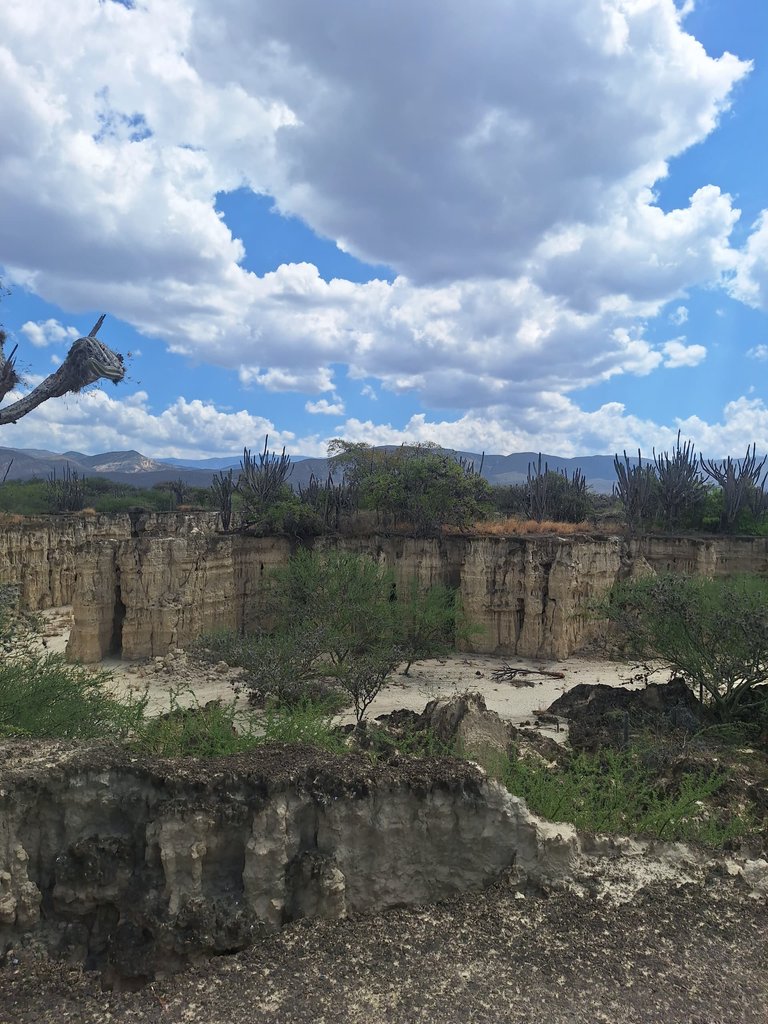 | 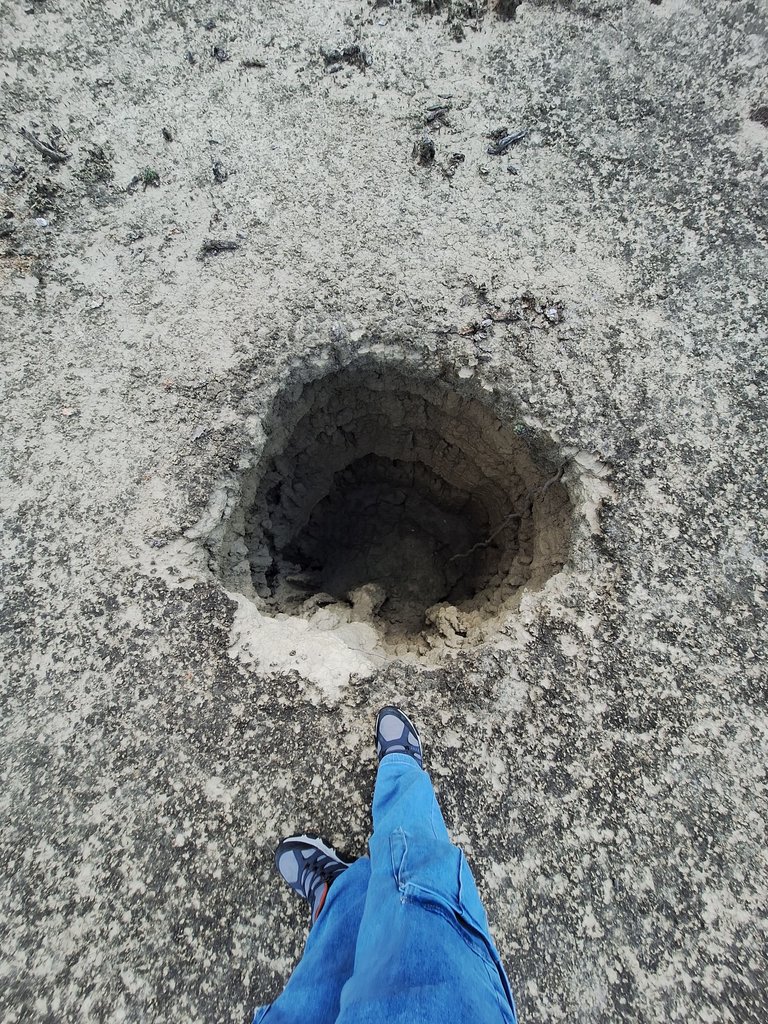 | 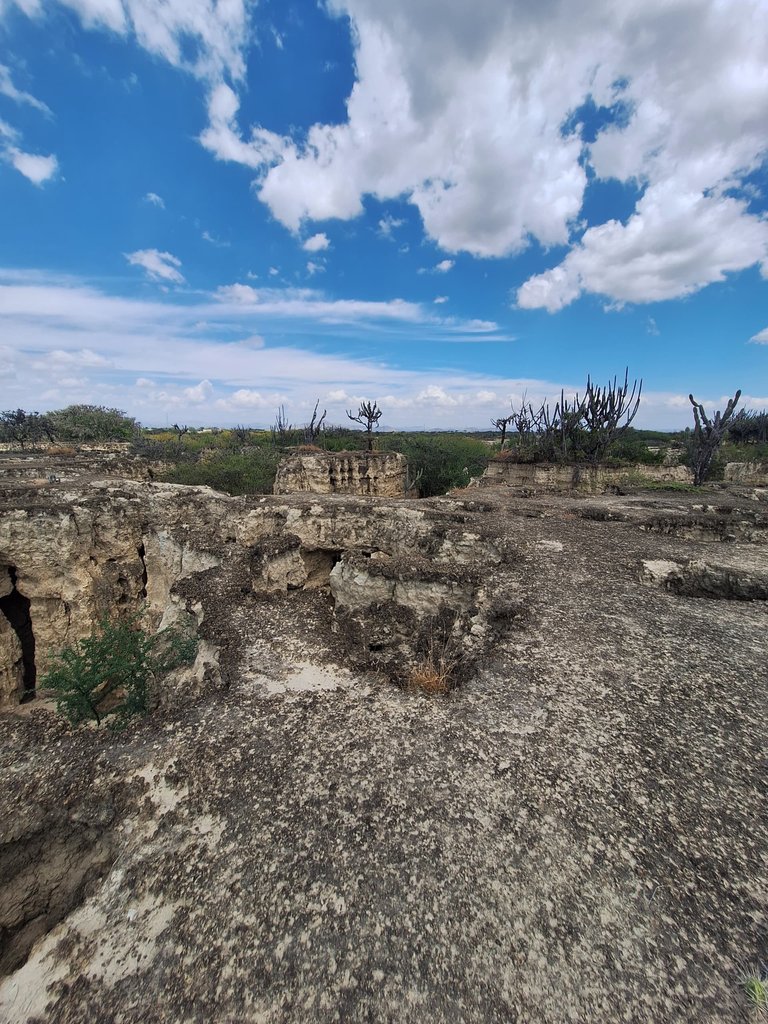 |
My brother and I reached the entrance. We left the motorcycle parked at the top of the access point.
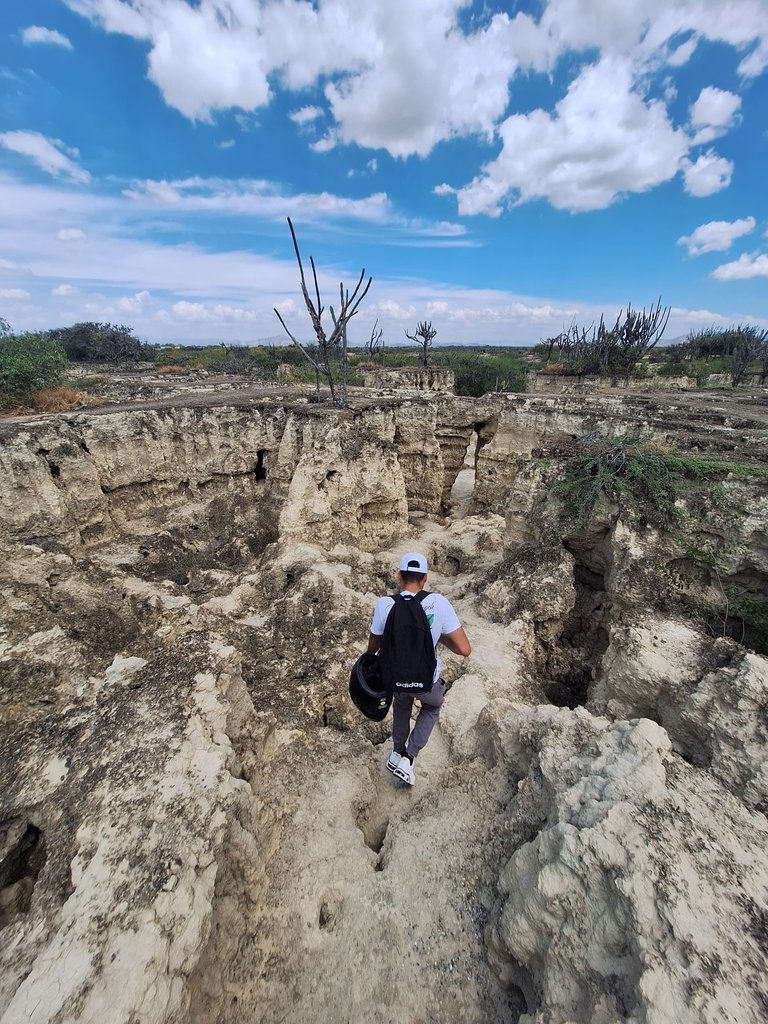
The view at the entrance is incredible. I took the opportunity to take some pictures as souvenirs. I made many postcards of this place. Venezuela has many beautiful places, and I am eager to visit them all.
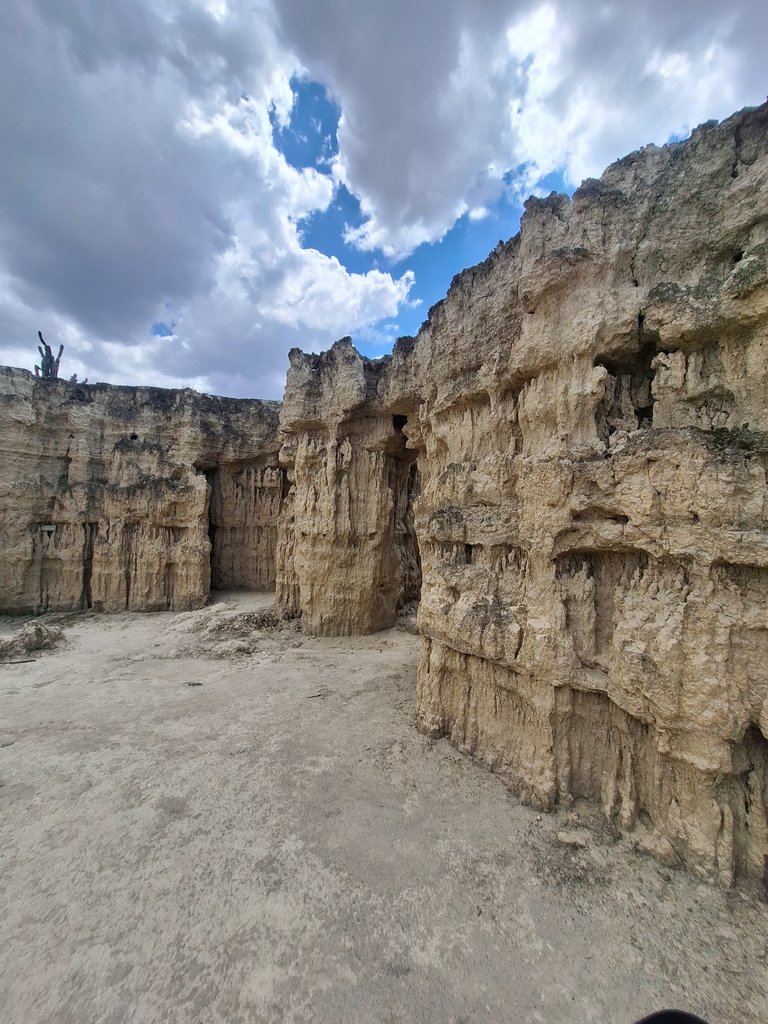 | 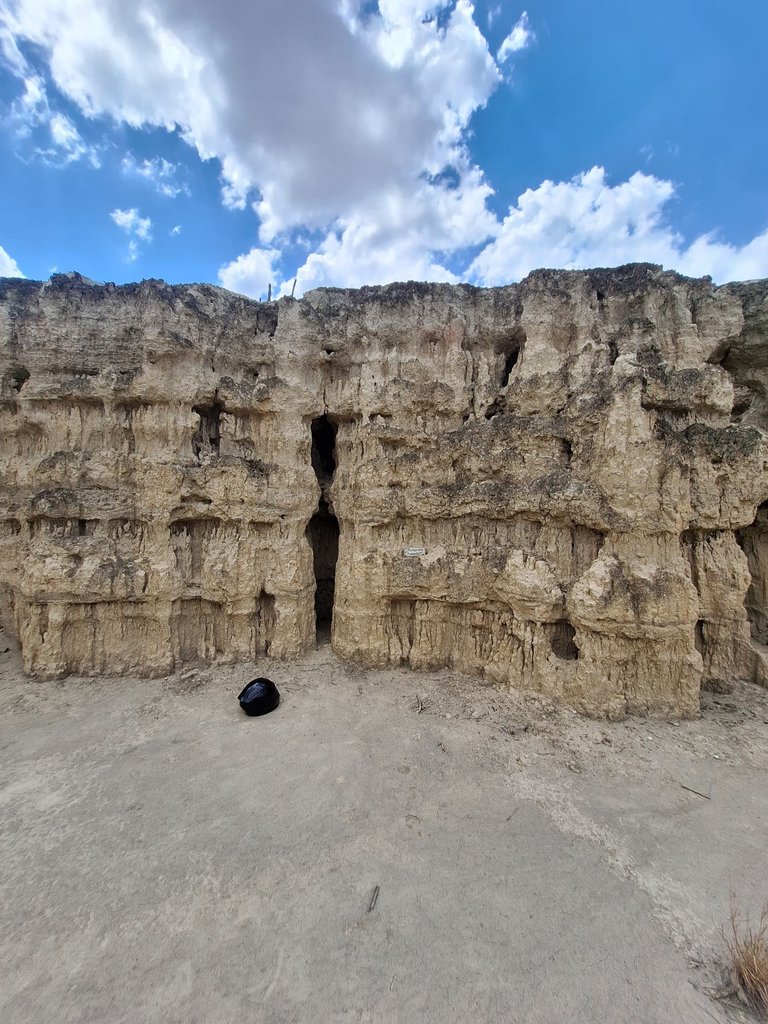 | 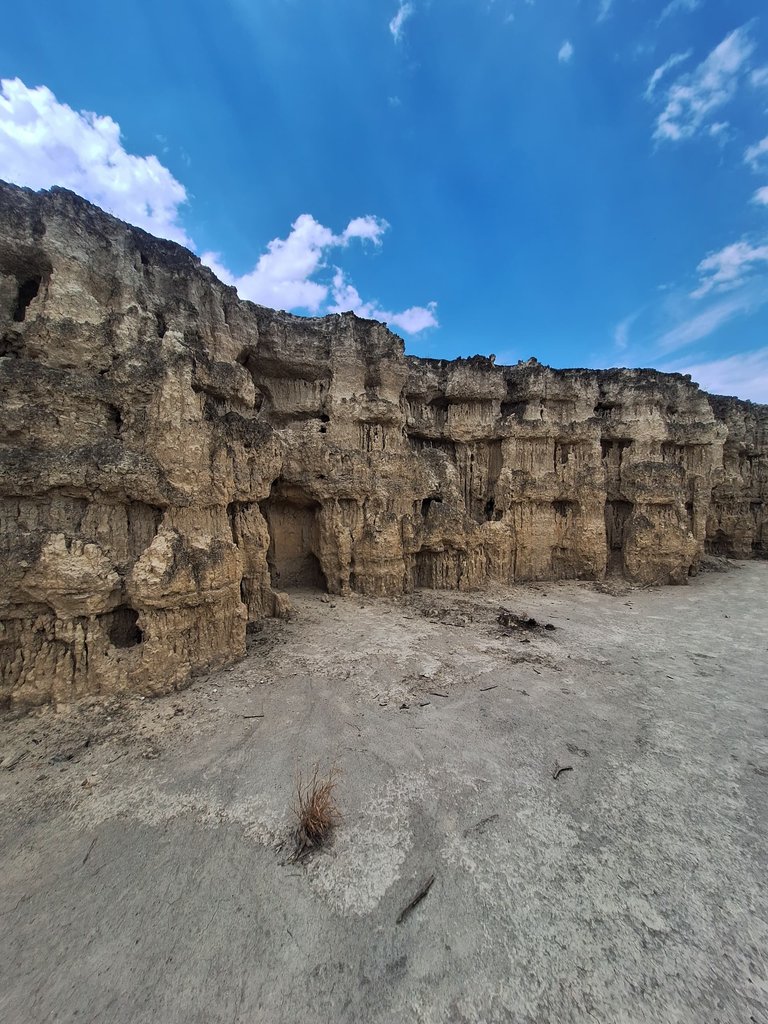 |
 | 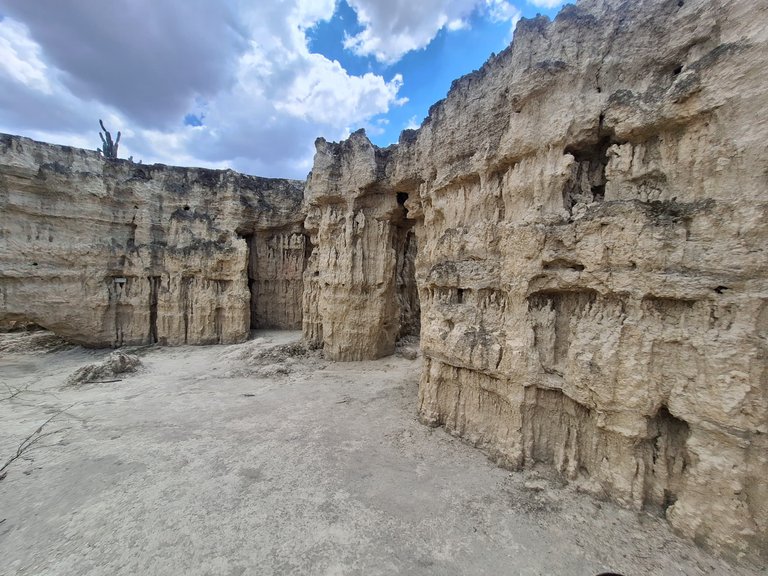 | 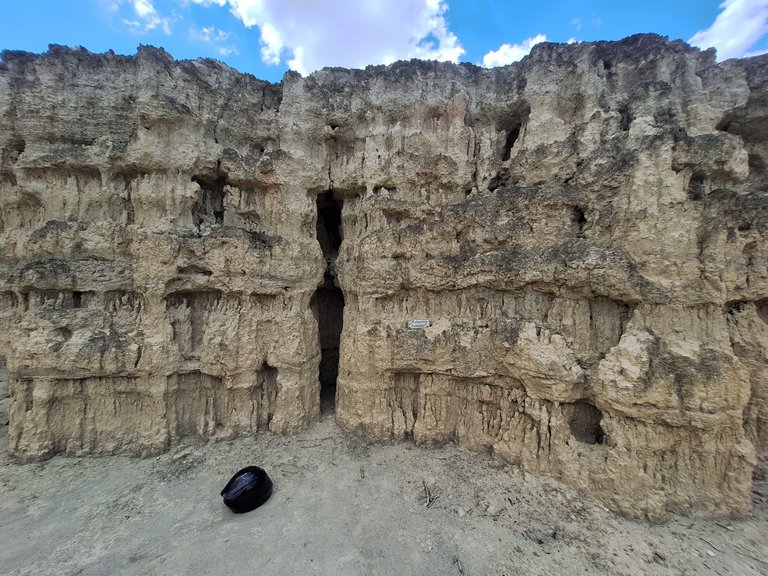 |
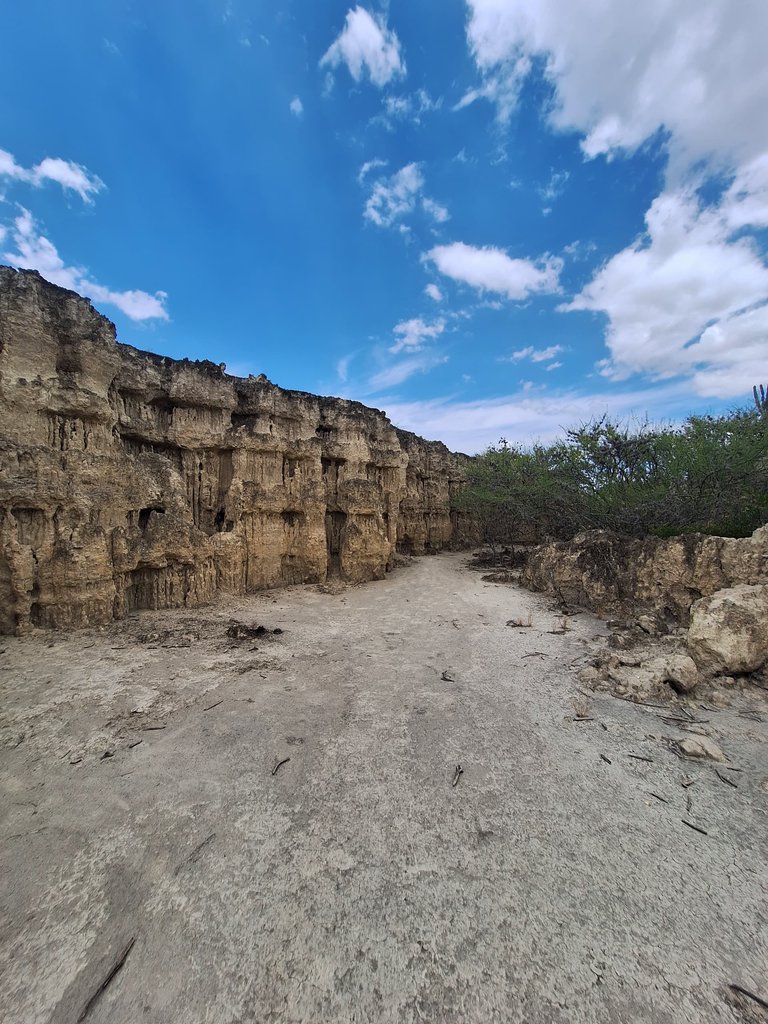 | 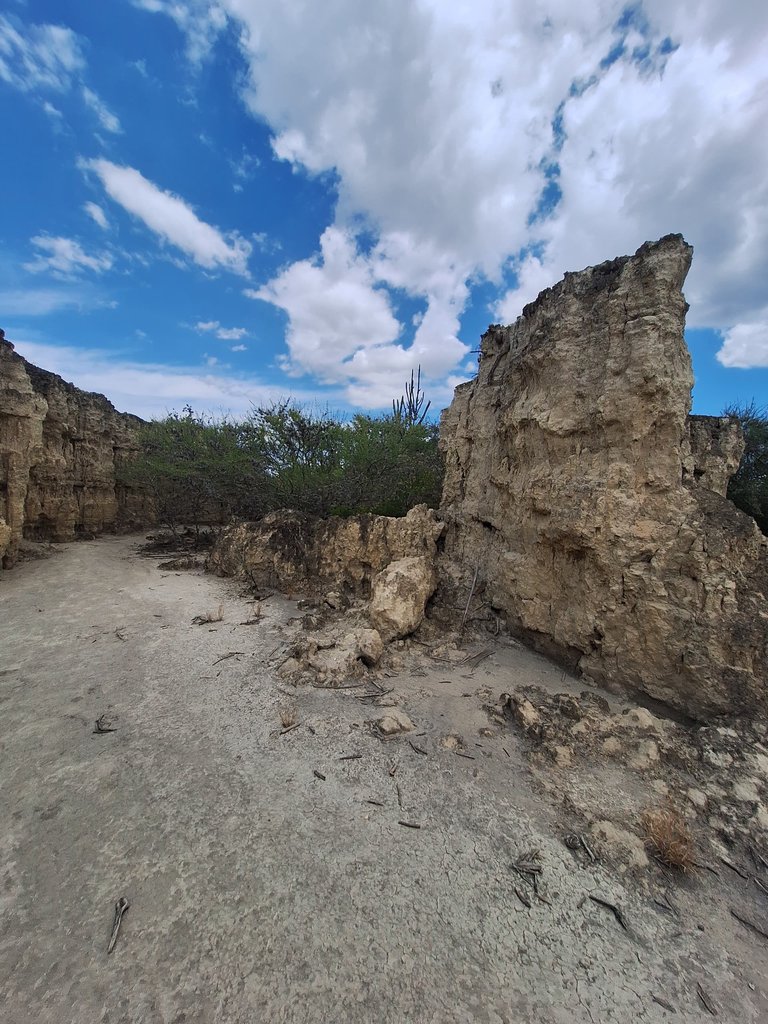 | 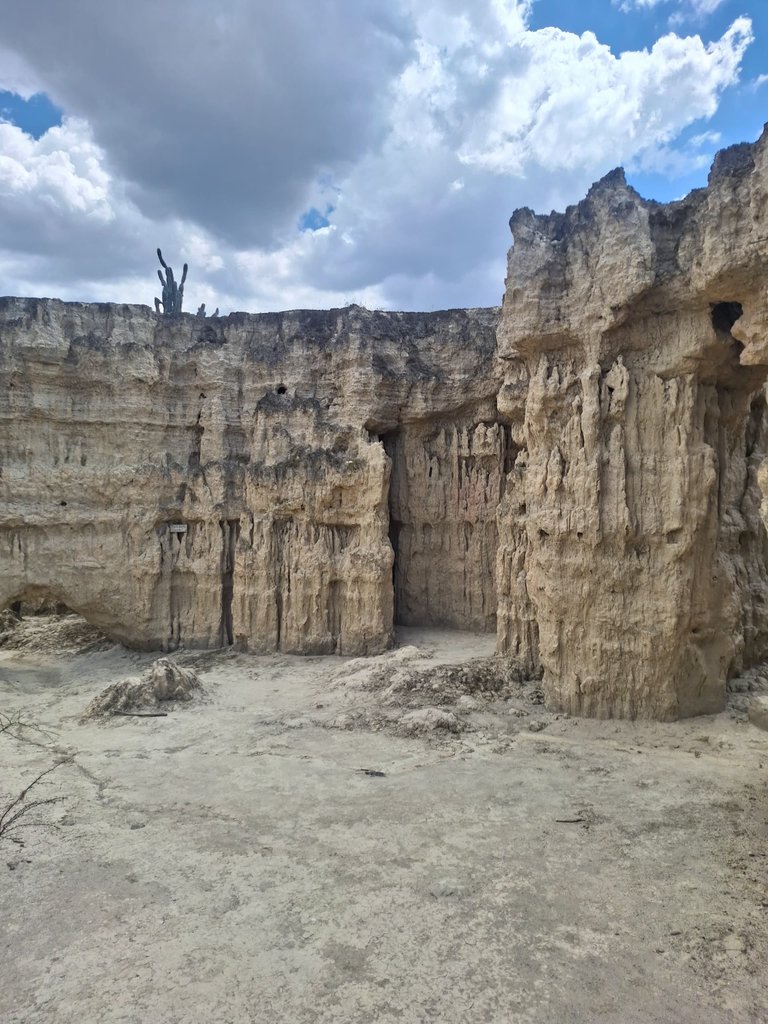 |
Upon entering, you can see vertical cuts in the land caused by water erosion. Each vertical wall looks like a mountain, but it’s not—it’s a beautiful Gully.
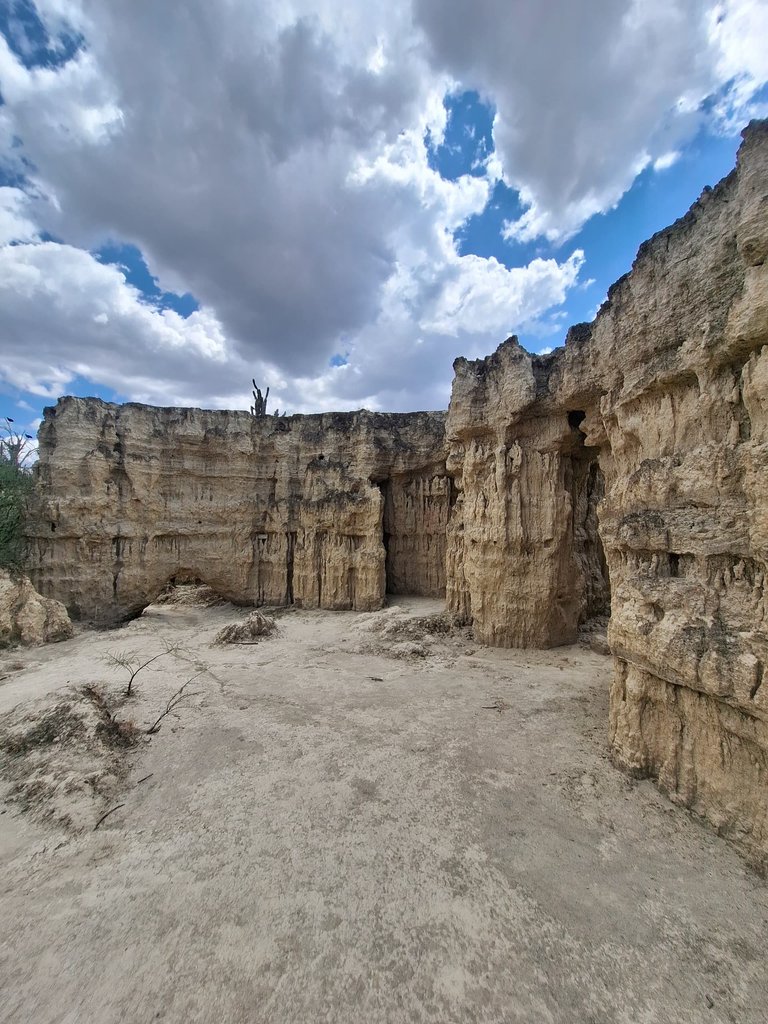
Near the entrance, there was a kind of cave or something similar. Going in there was incredible because the sunlight filtered through in a unique way. Also, it was impressive how nature had created such a singular feature.
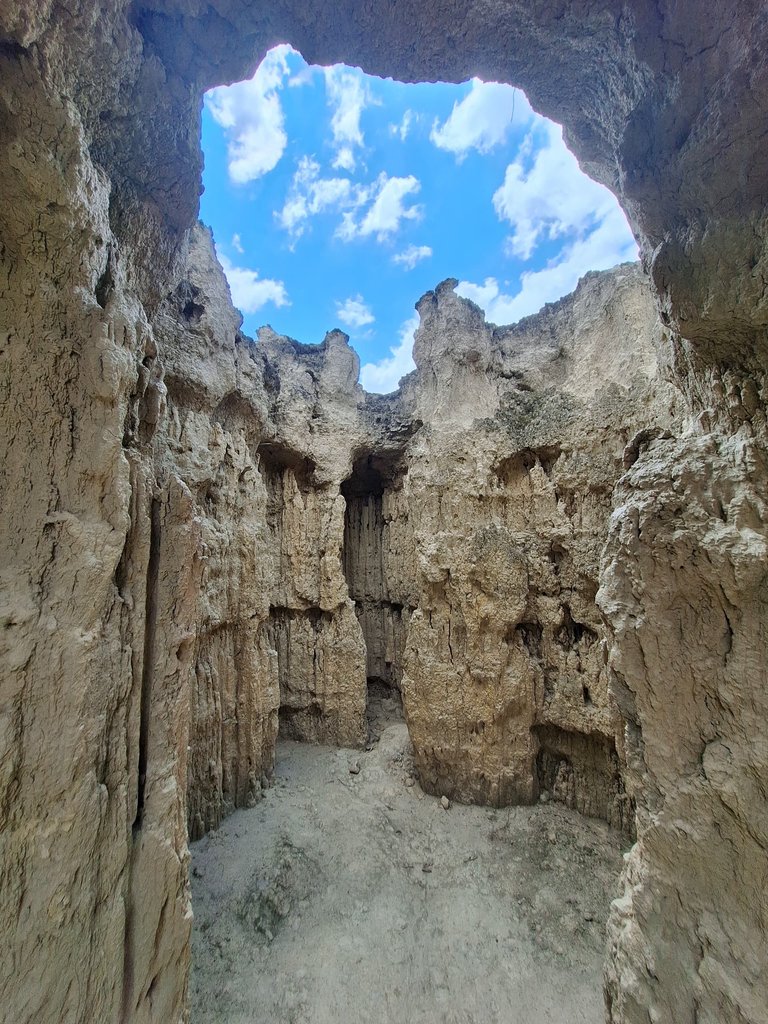
I found two signs that I really liked. One said: “Protect the environment,” and the other: “Leave your mark. Protect.”
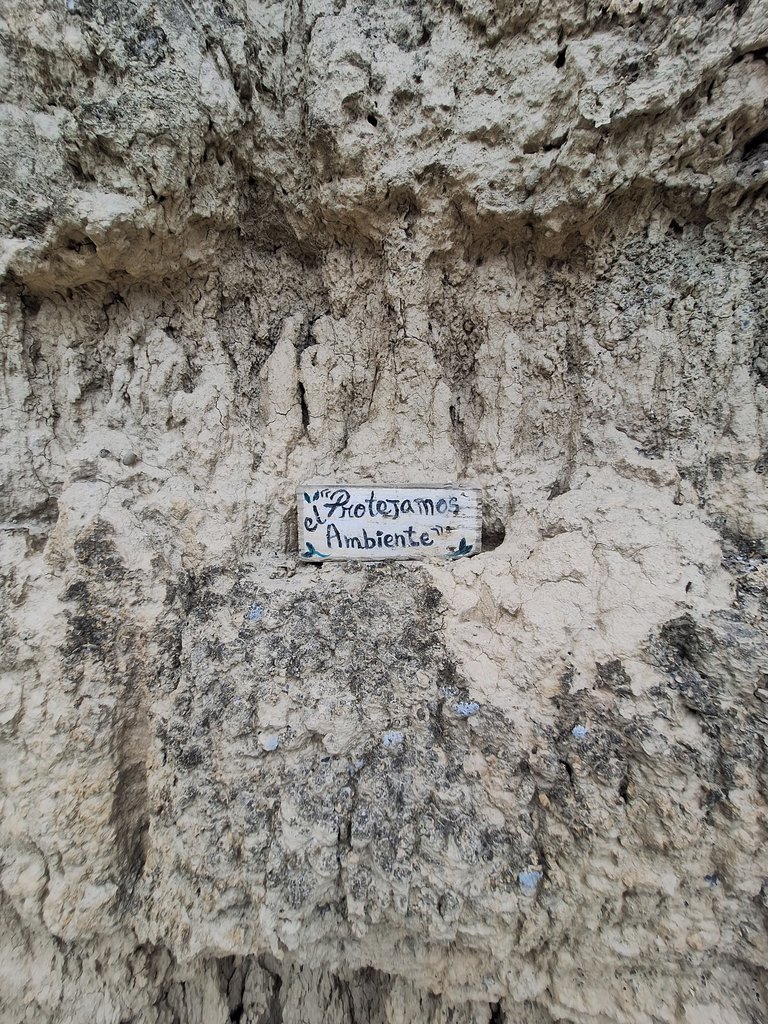 | 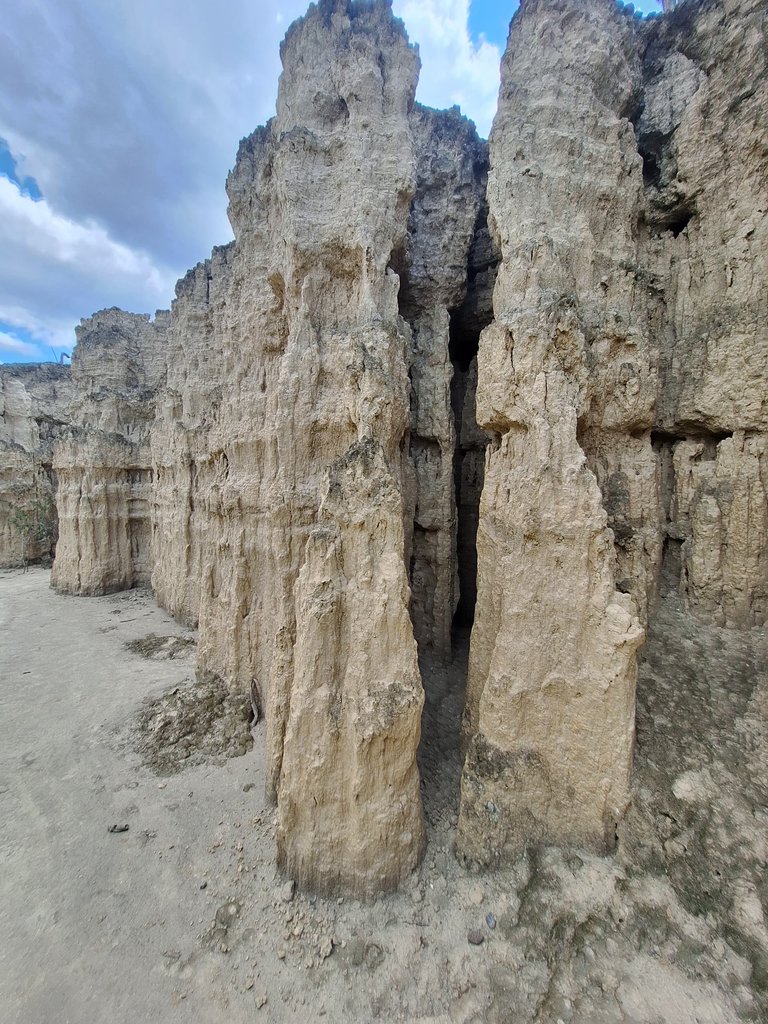 | 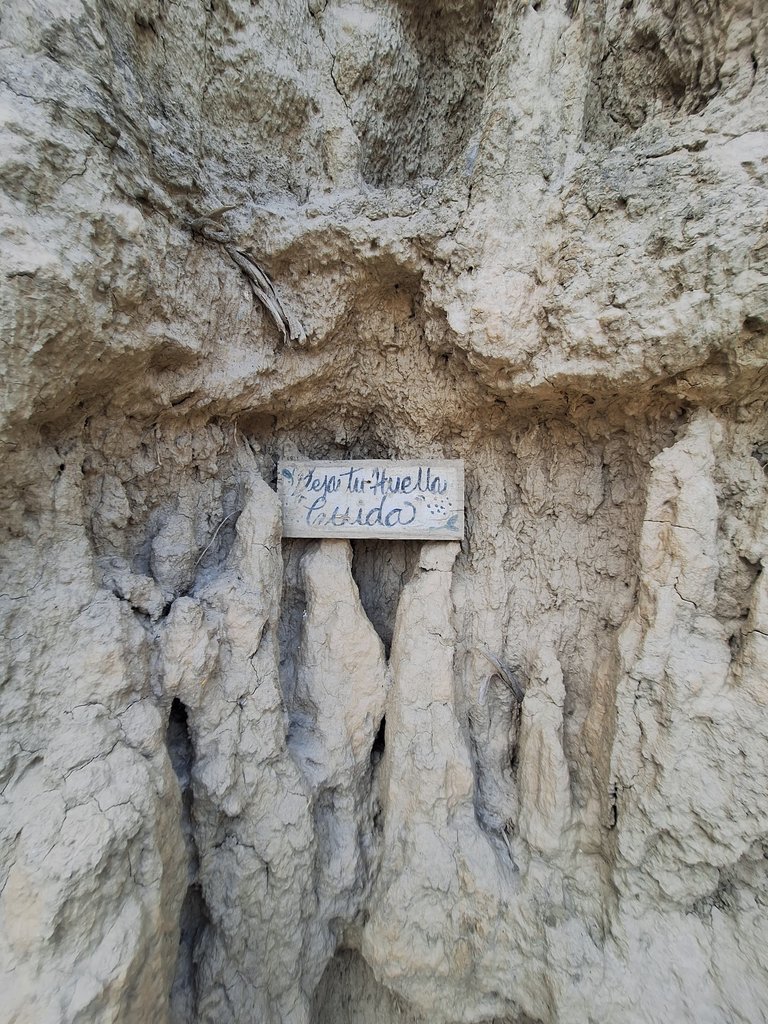 |
To explore the interior of the Gully, I had to pass through a hole. It was a tricky situation for me due to my height, but the idea was to enjoy the experience.
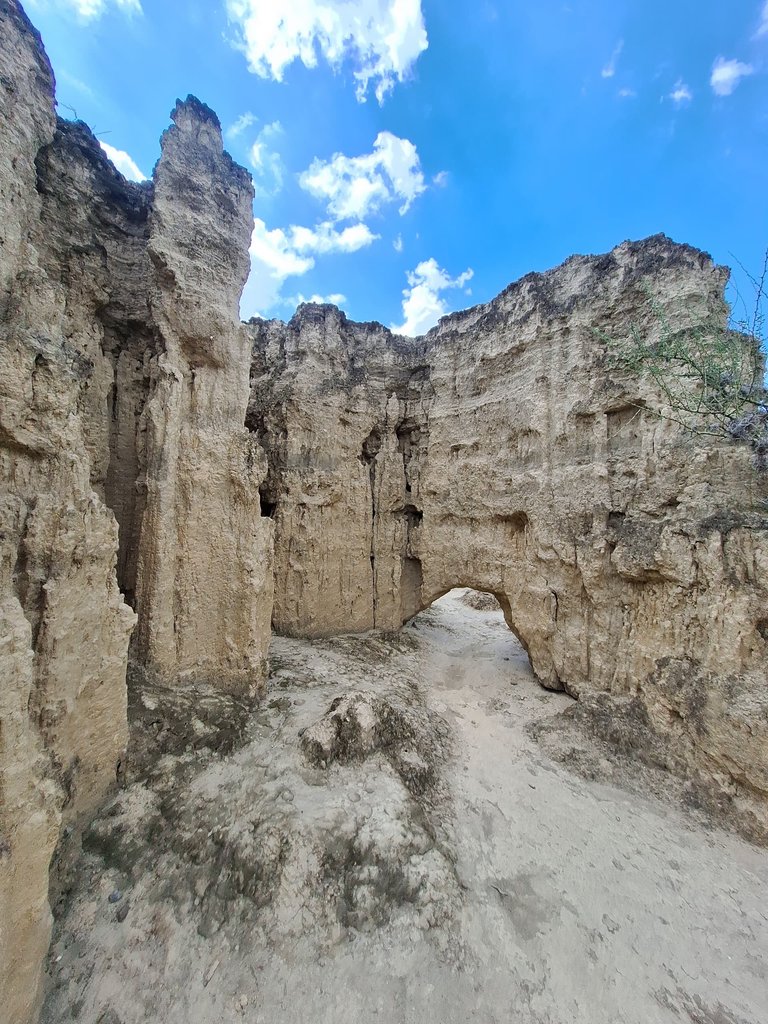 | 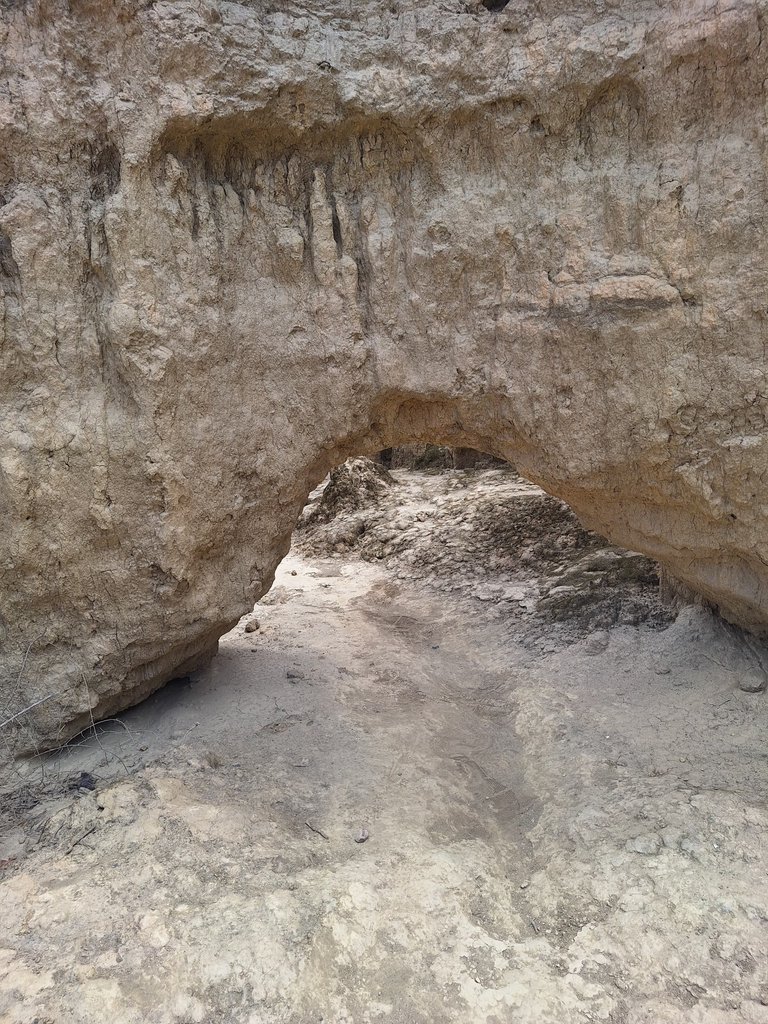 | 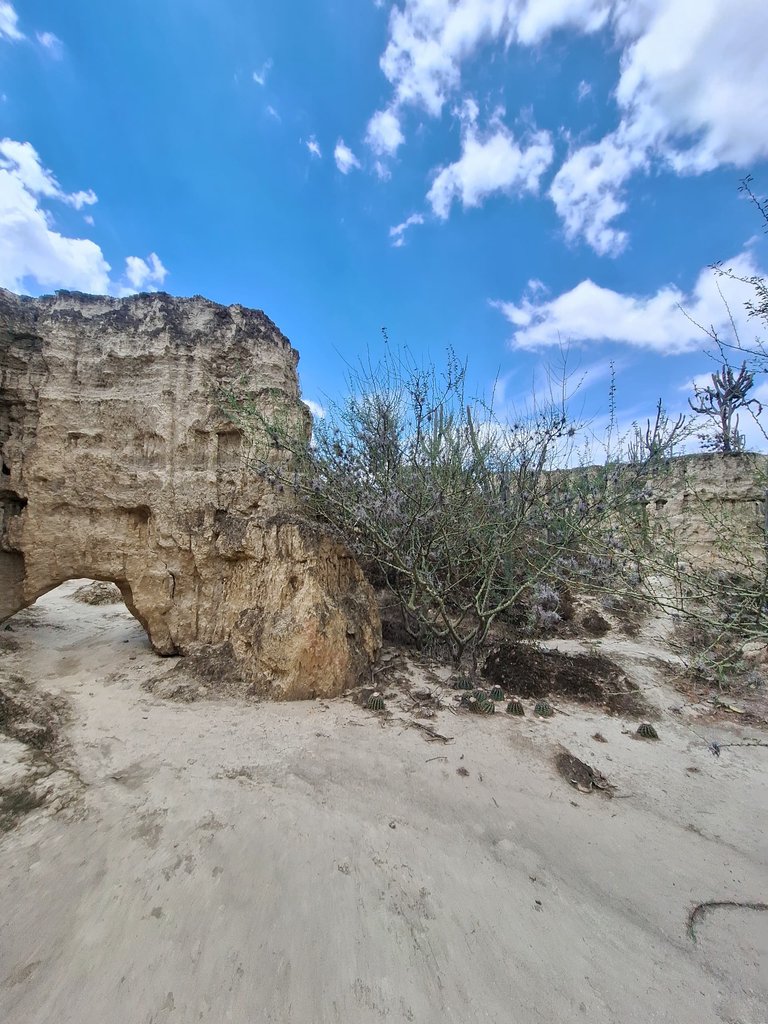 |
I managed to get through the hole, and I felt like I had accomplished something great. I got my clothes dirty, but I didn’t notice until after I had explored the entire site.
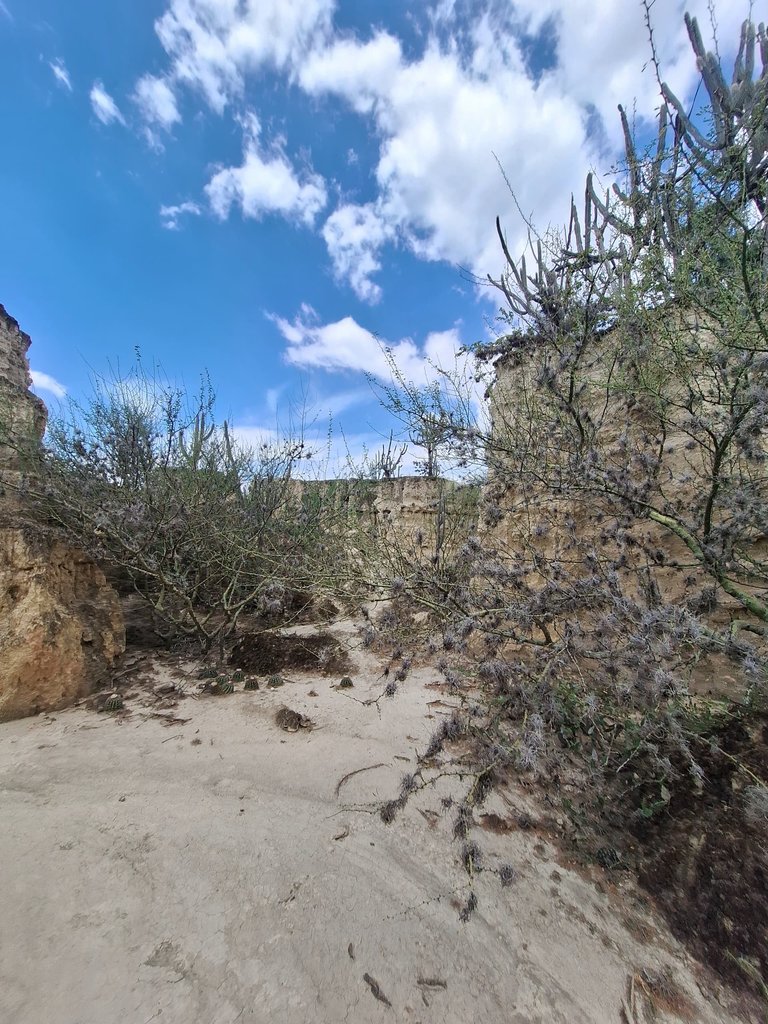
I decided to begin exploring the interior of the Gully. Now the experience was different; I wasn’t at the bottom anymore, but inside, walking through what I had seen earlier.
 | 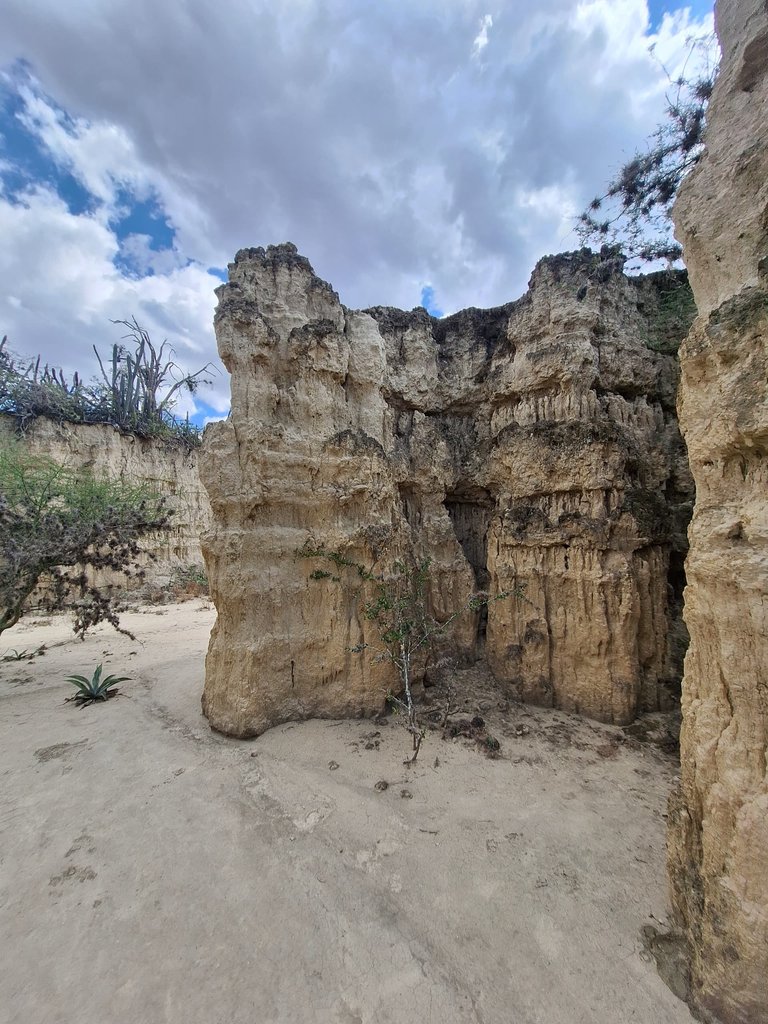 | 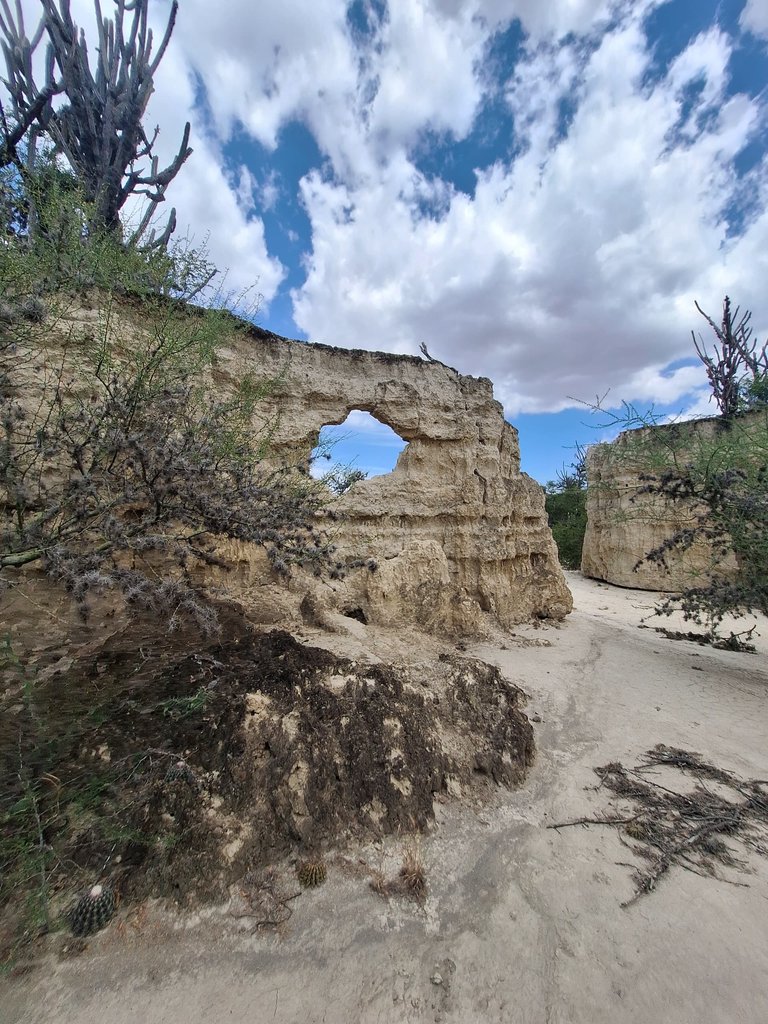 |
As I entered, I could better observe the land caverns and the distance between each Gully. What’s impressive is the effect: a mini canyon in a completely arid natural space.
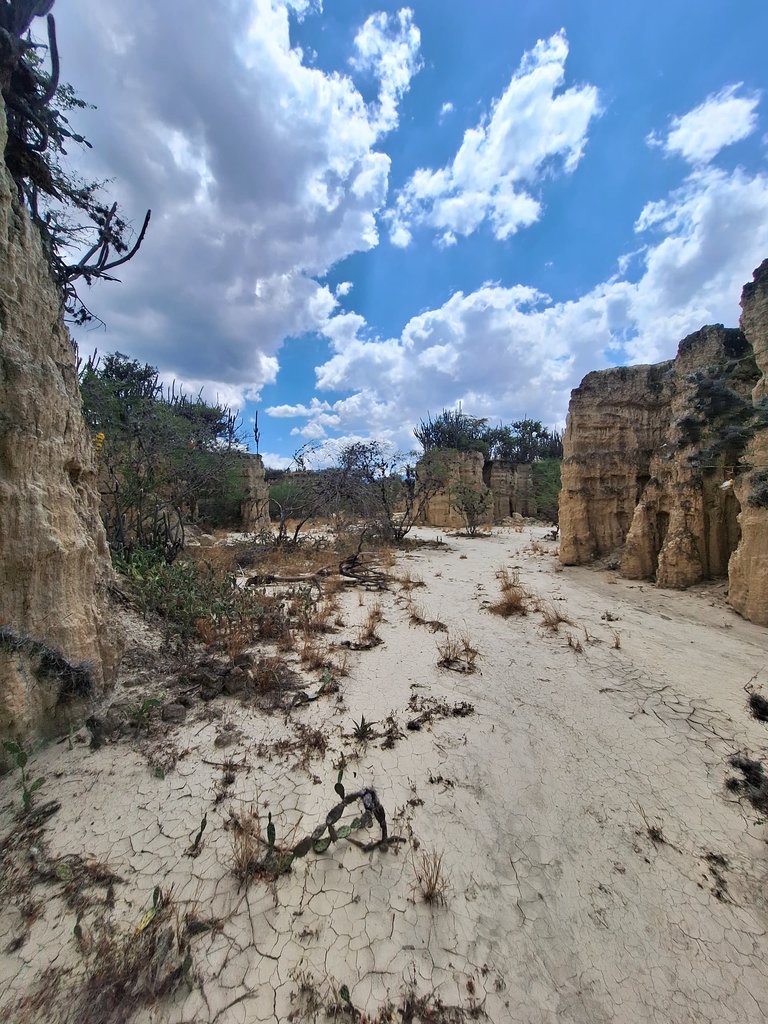
As I walked, I found amazing earth walls. The peculiar thing was the texture of each of them.
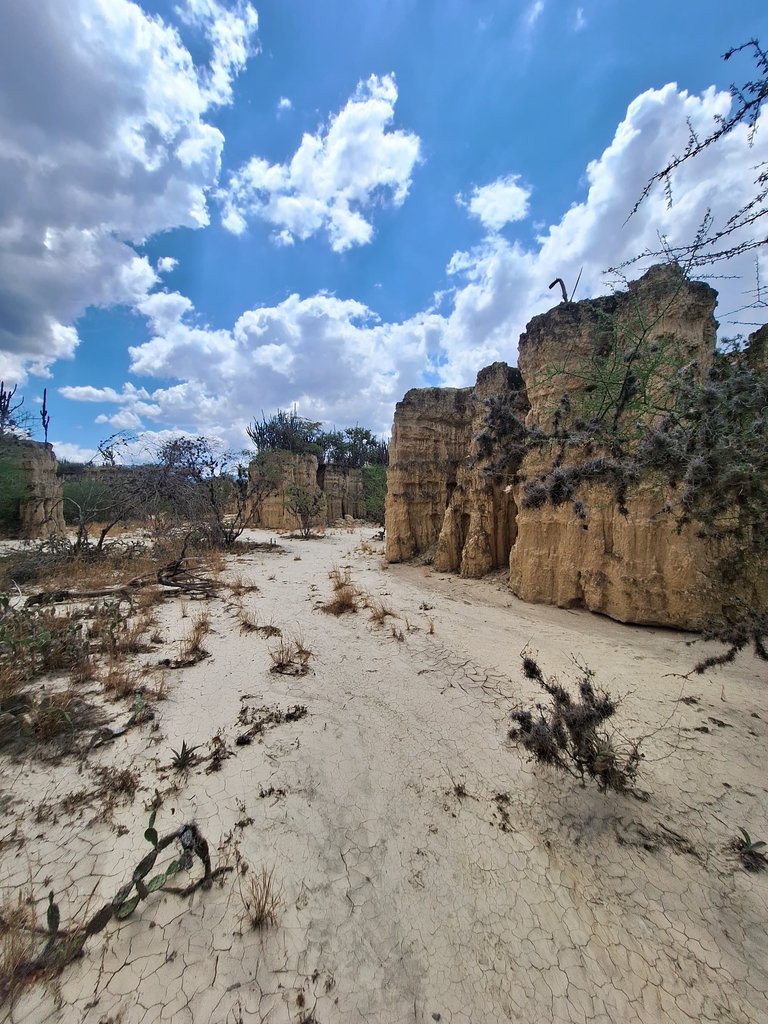 | 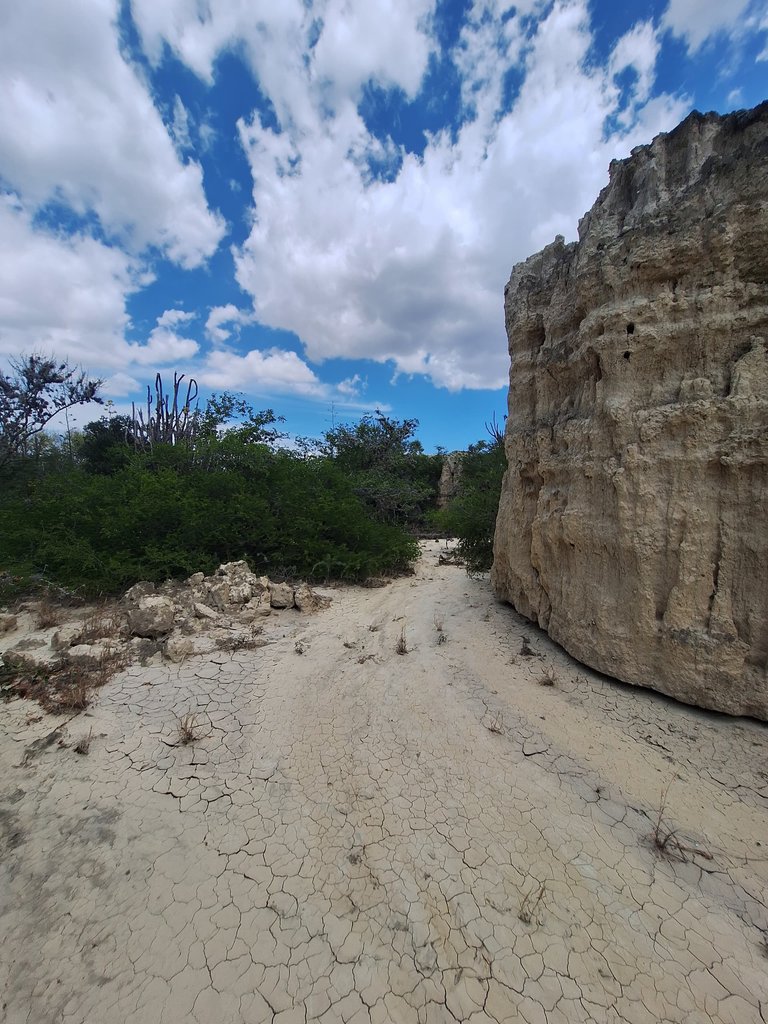 | 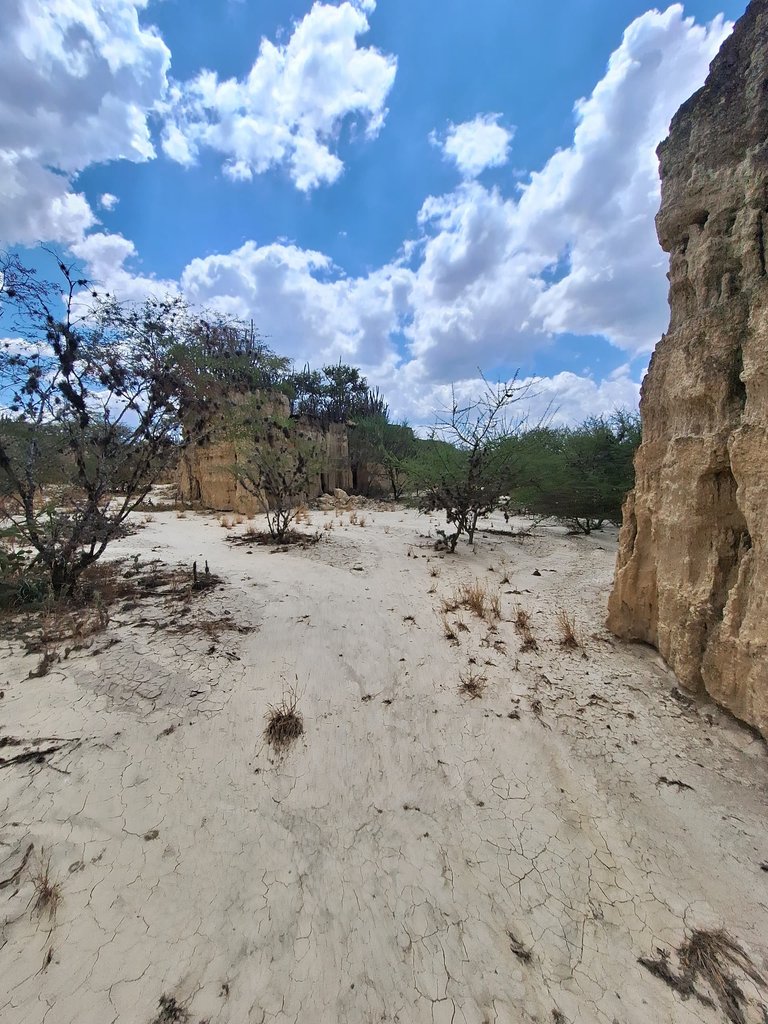 |
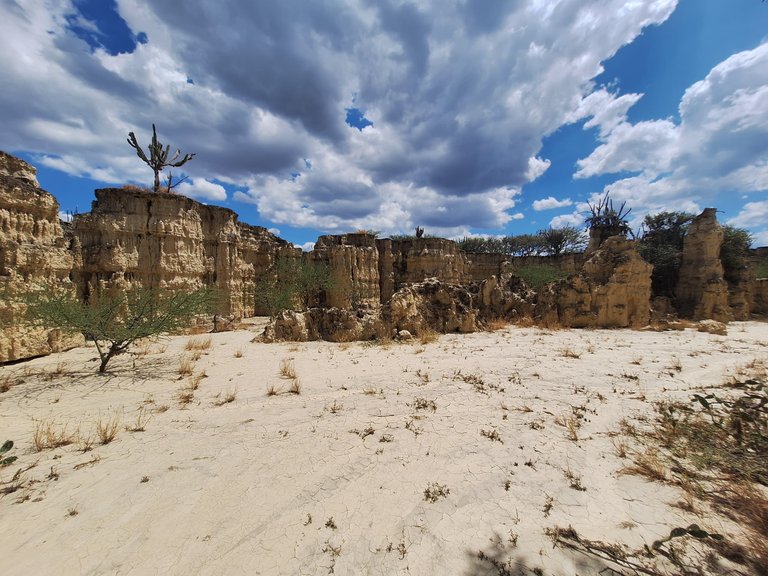 |  |  |
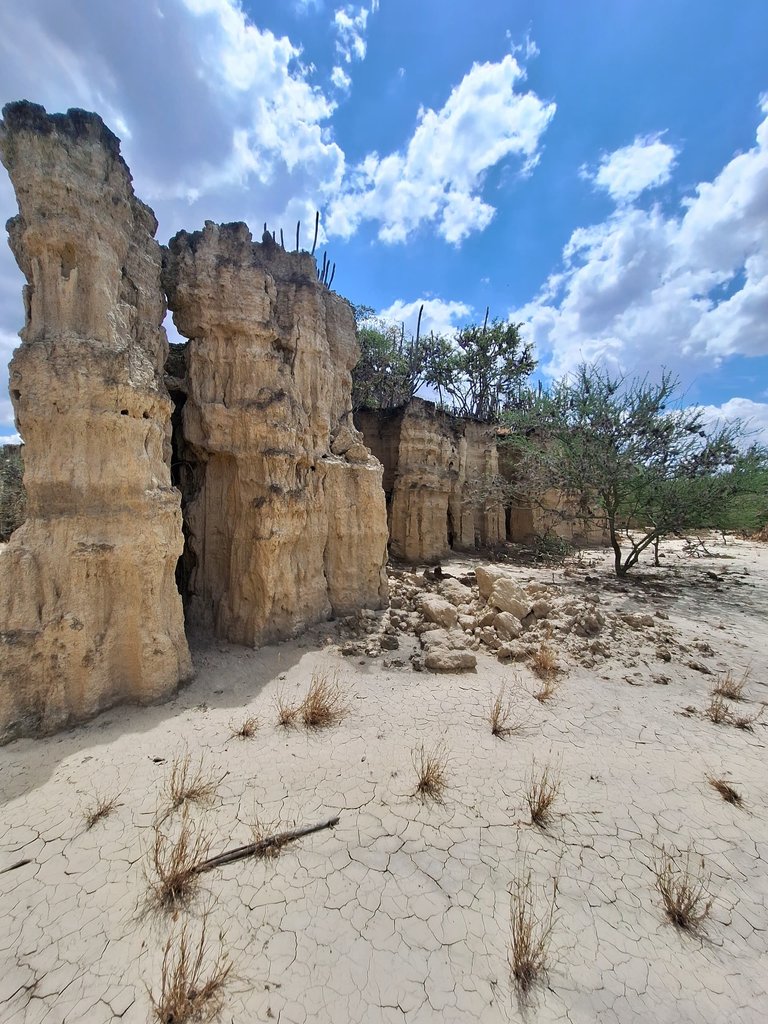 | 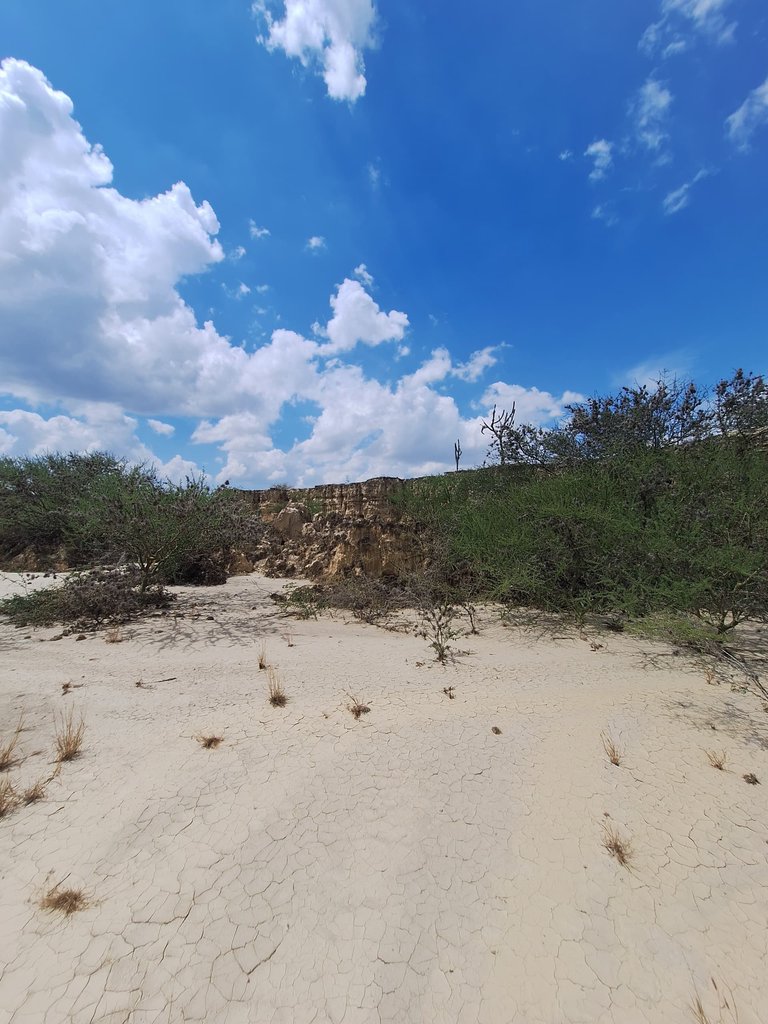 | 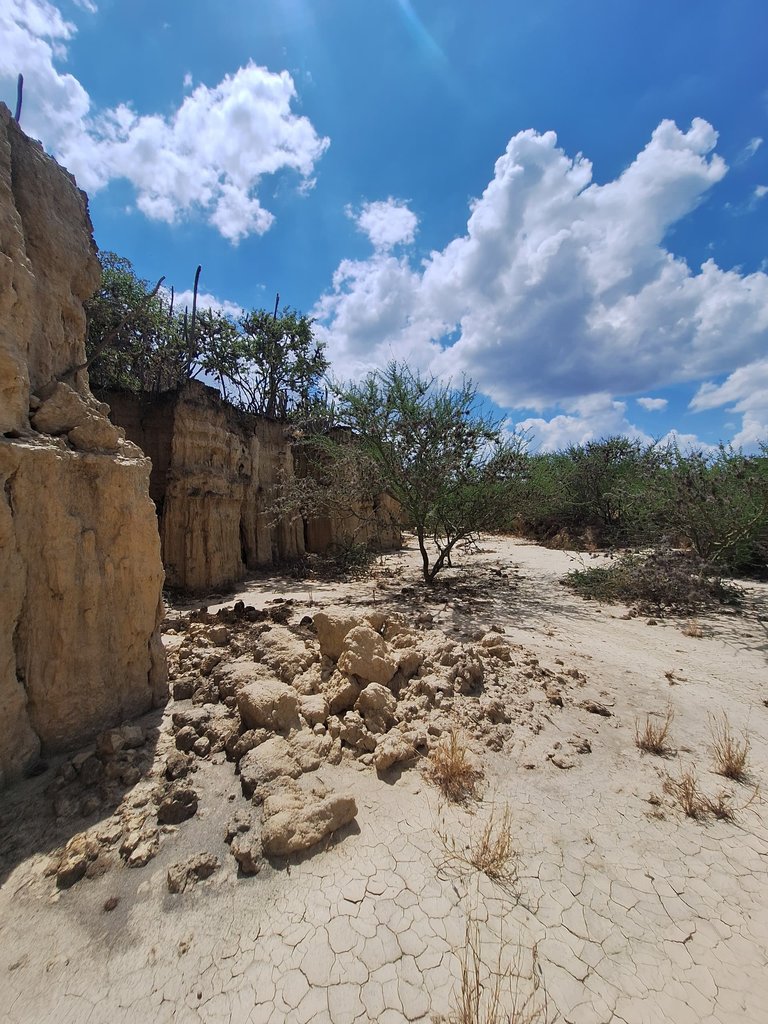 |
Inside the earth depression or cavern, there was a kind of path where the traces of people and water were visible. The way the soil was fragmented was intriguing.
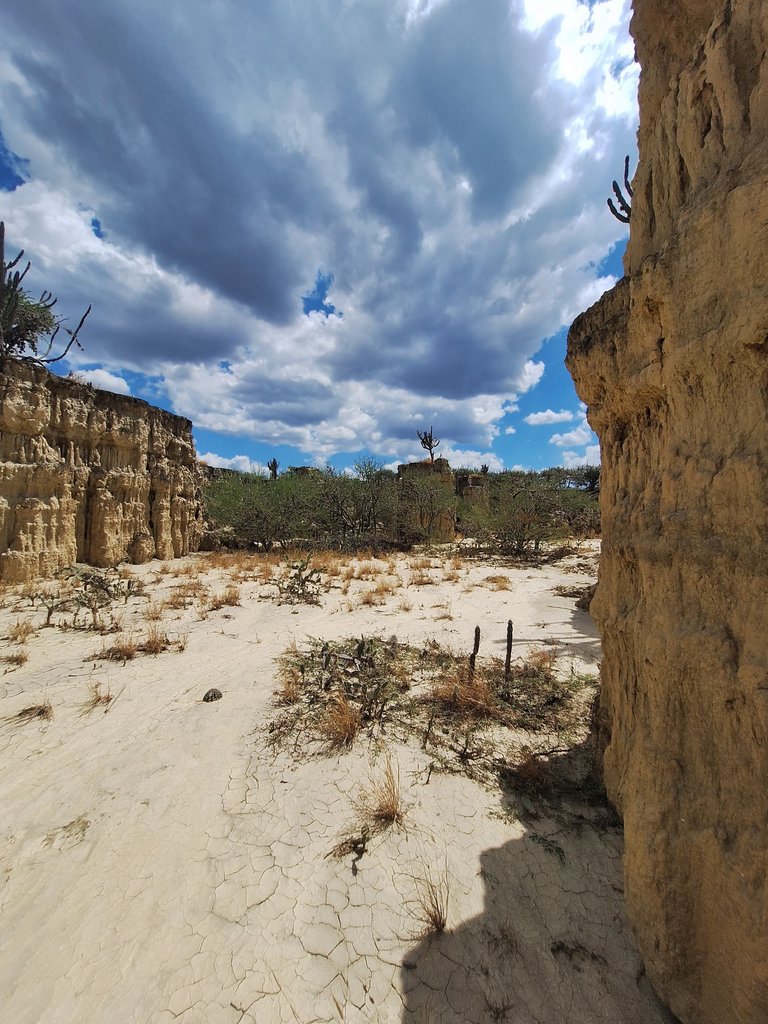
The variety of plants is abundant. The most notable are cardones, buches (Melocactus), and cujís (Prosopis juliflora). The cardones create a unique scene in the Gully that must be experienced when you’re there.
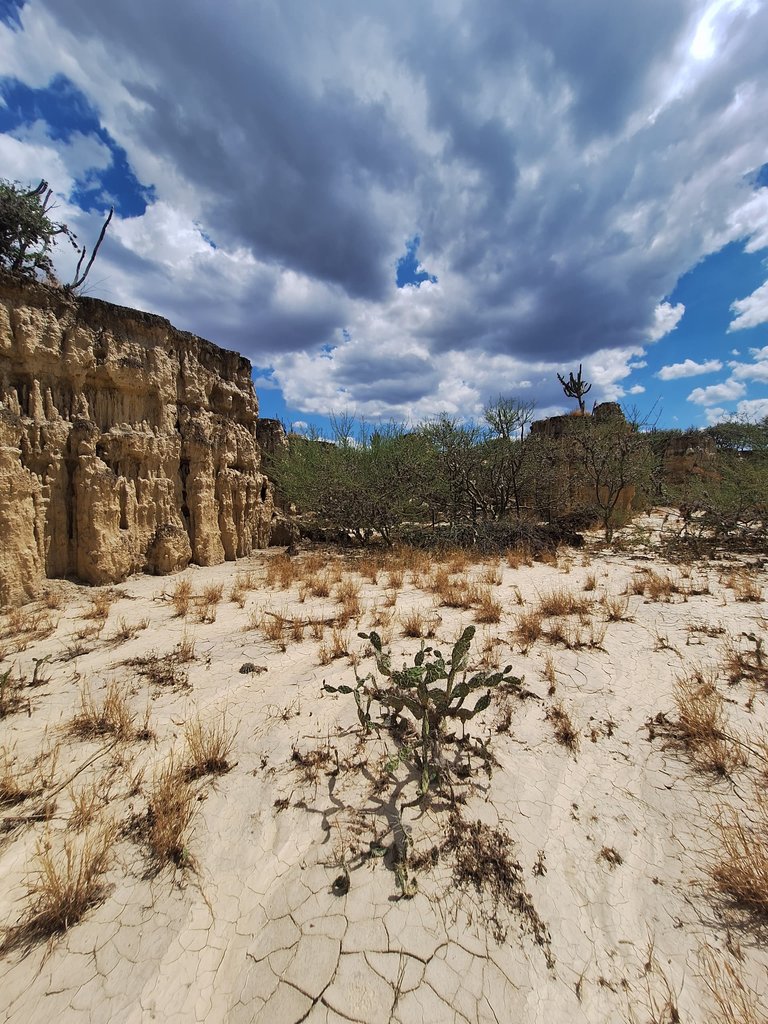 | 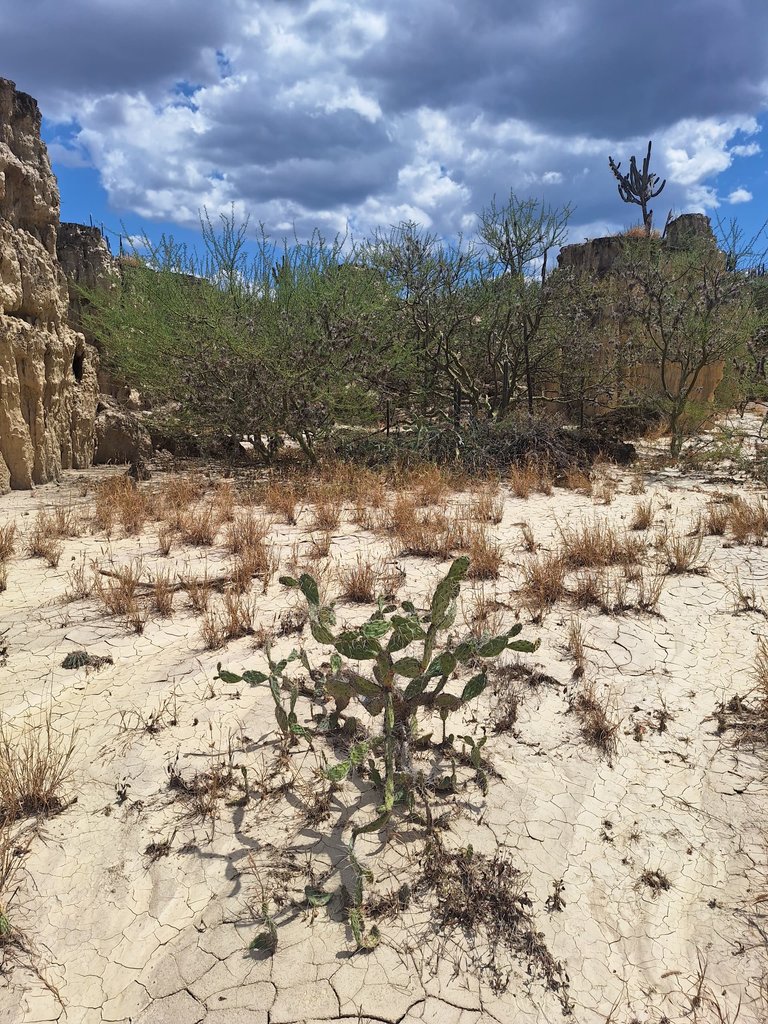 | 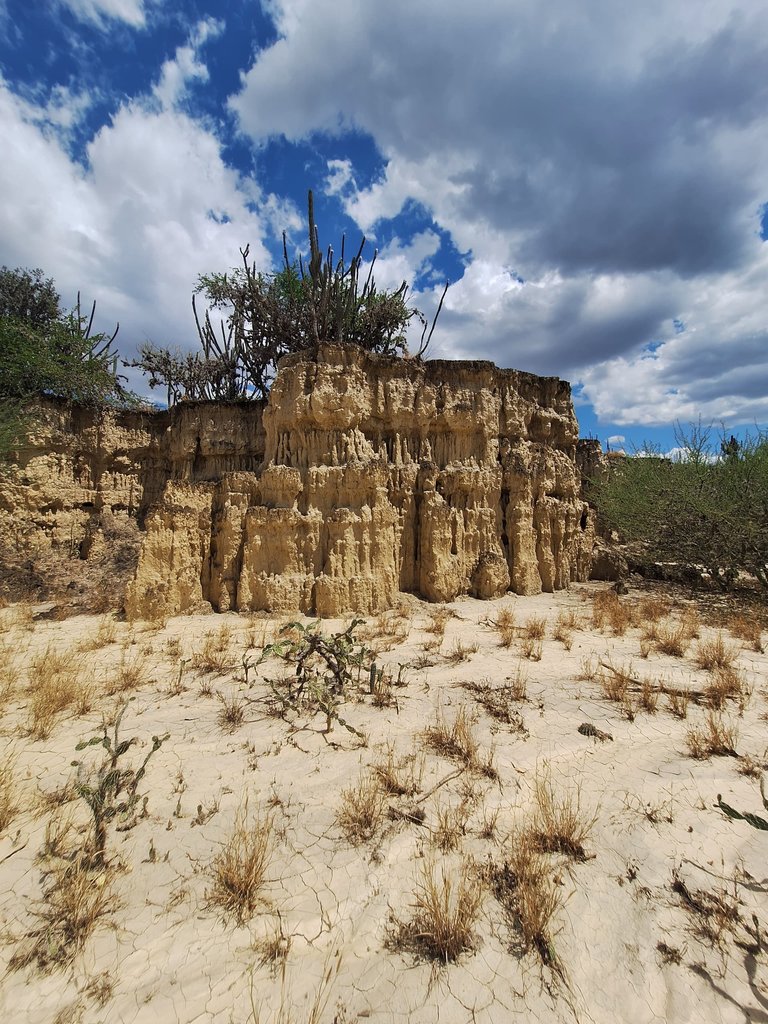 |
As I ventured further, I found more earth walls, some with erosion processes, and others with great distances between them. My recommendation is to visit this place wearing clothes that cover you and using sunscreen.
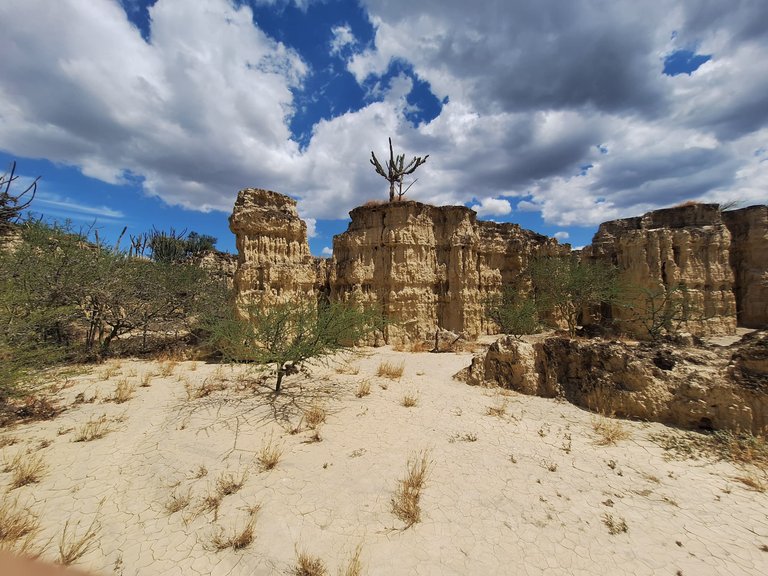
I took some photos of the buches (Melocactus). They looked amazing, especially because of the shape of the soil. Something very characteristic of this place. I really liked the phenomenon in the ground.
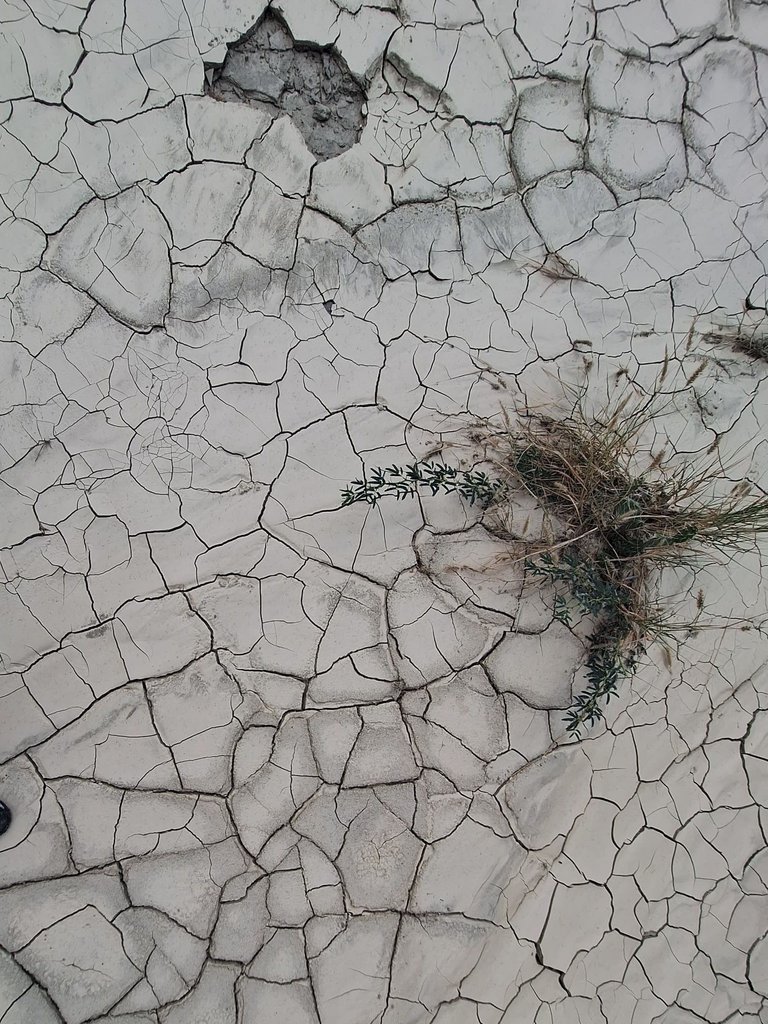 | 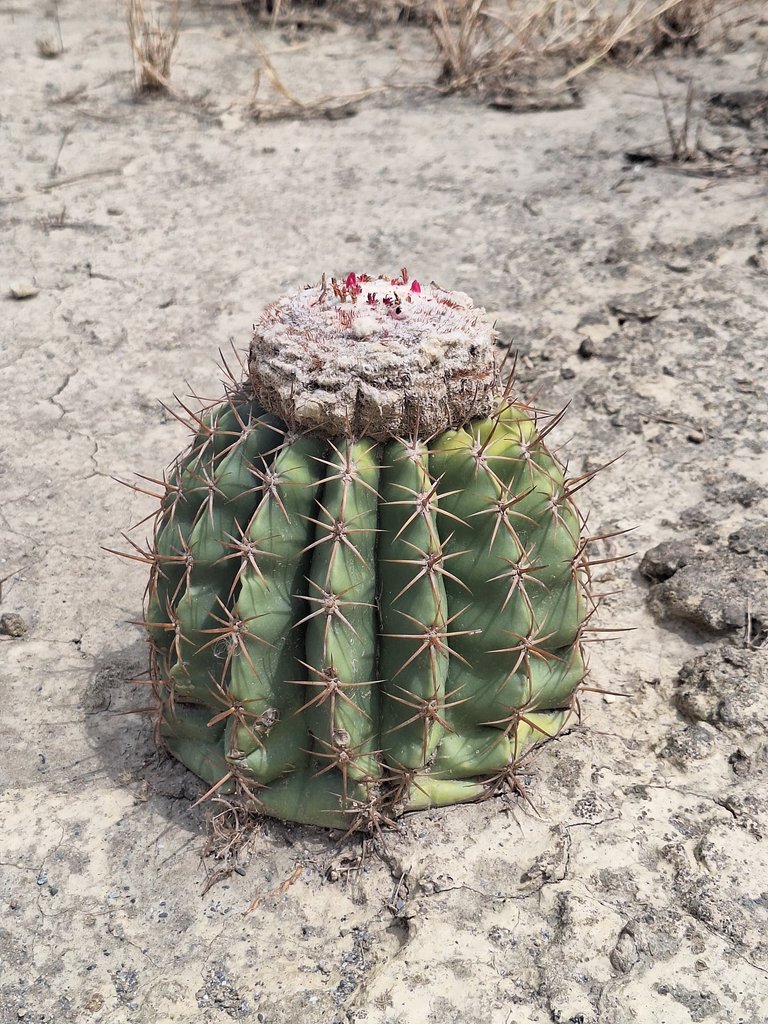 | 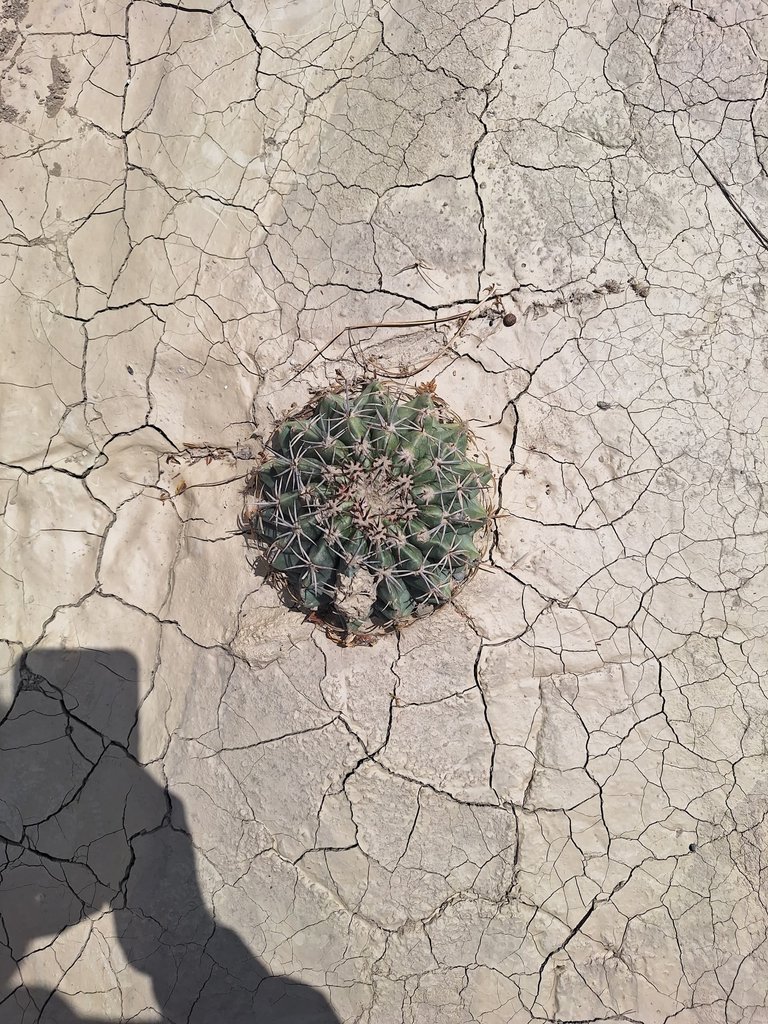 |
I continued walking to observe and appreciate the beauty of the Gully from inside the depression.
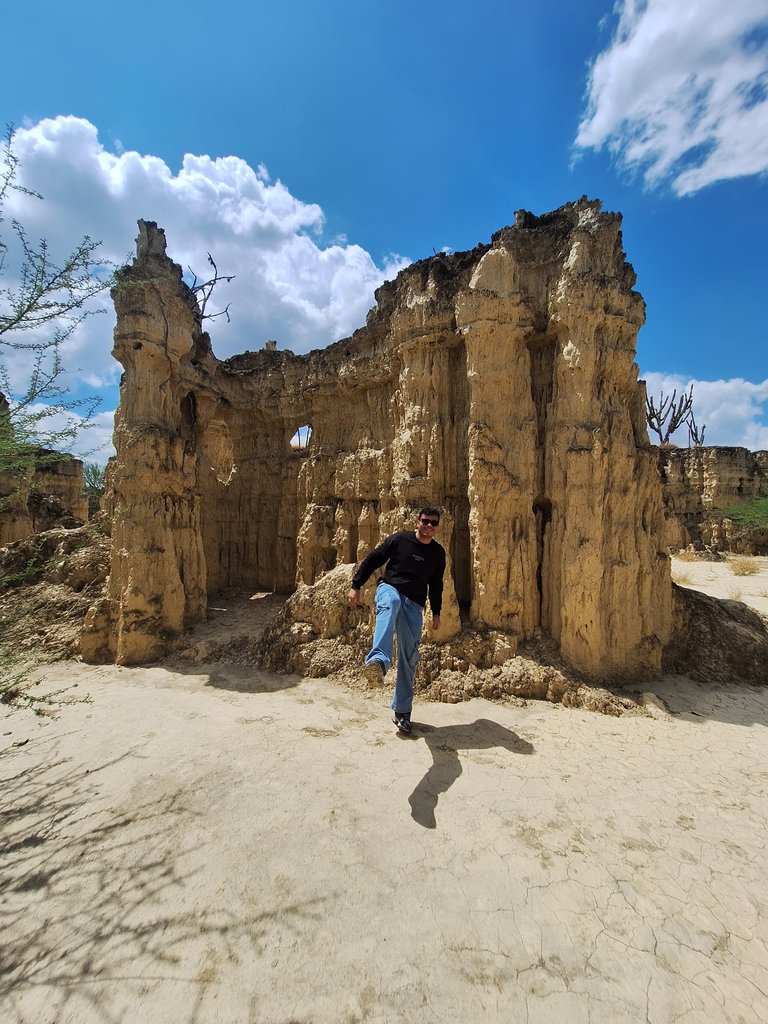
I arrived at a spot that I really liked. I took several photos there. I’ll leave one here so you can see how excited I was.
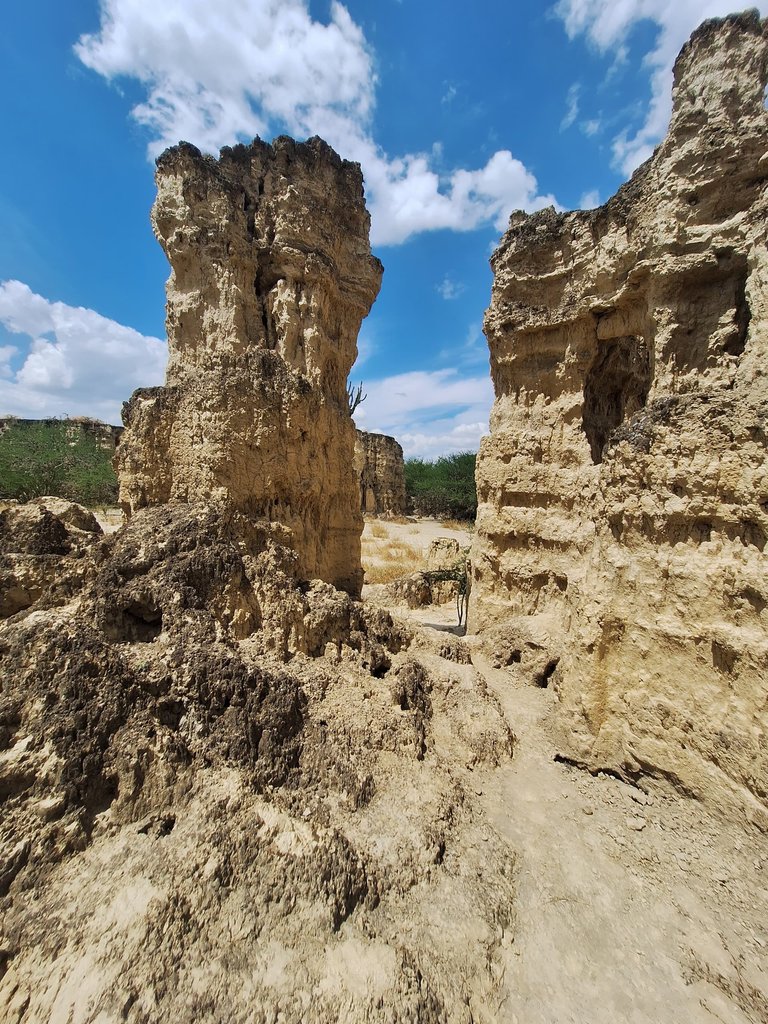
I walked and walked, wondering how such a beautiful place in Venezuela could go unnoticed by both locals and tourists.
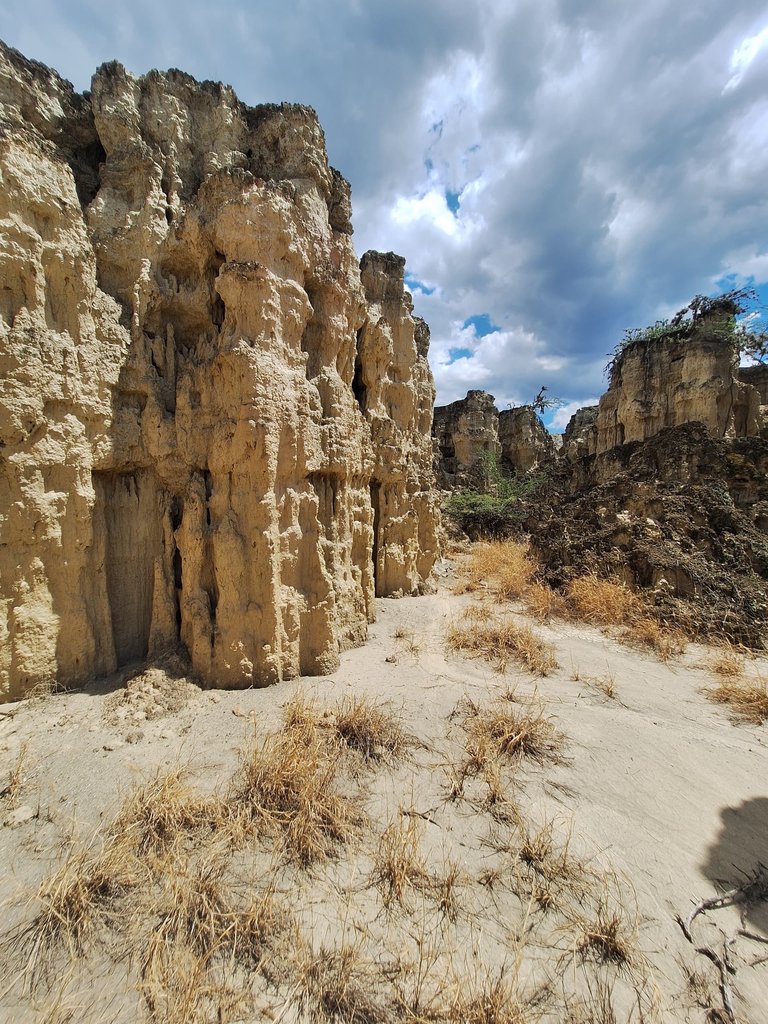 | 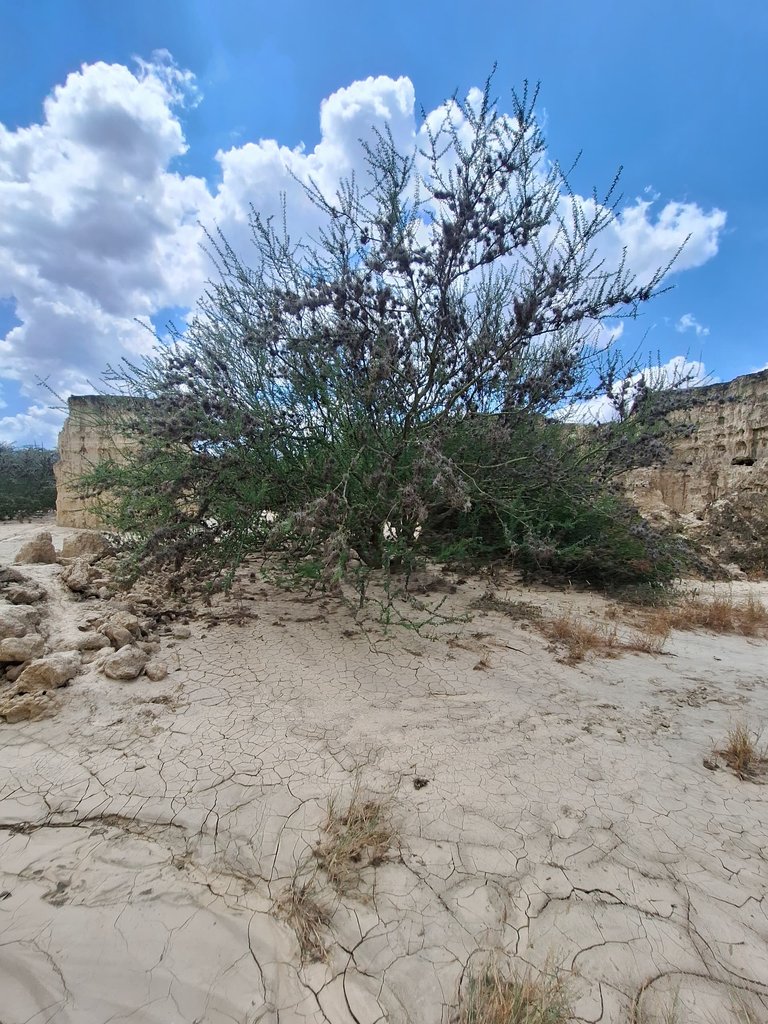 | 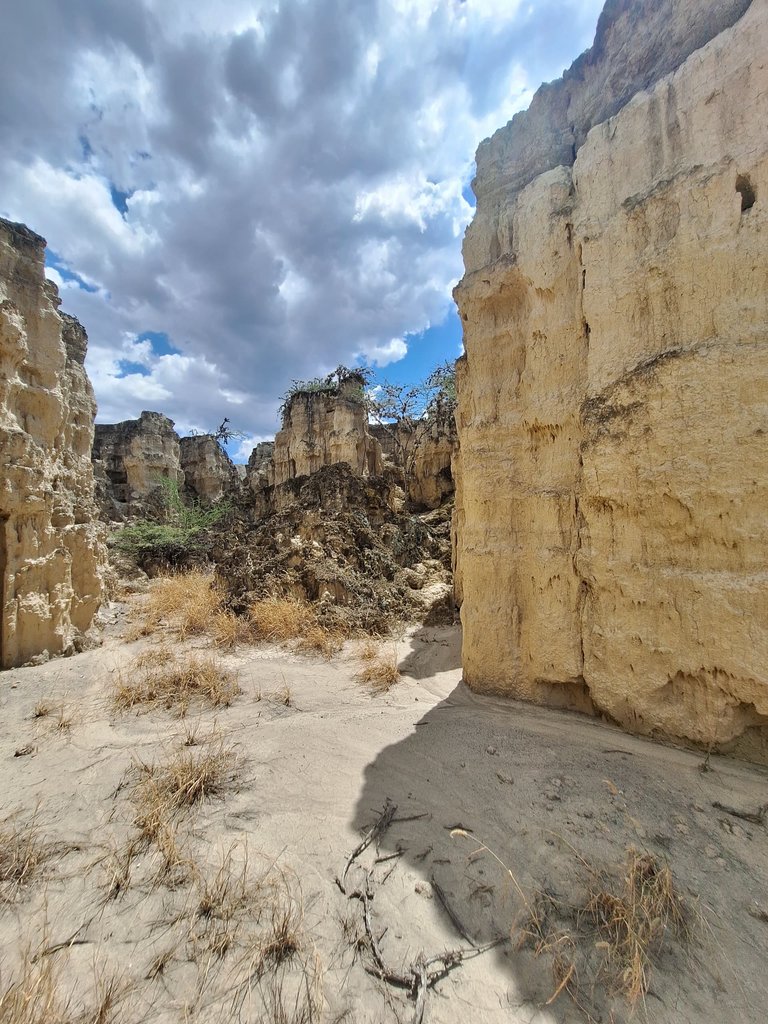 |
There were scenes that were splendid and cannot be easily described with words, because you have to be there, feel it, and see it for yourself.
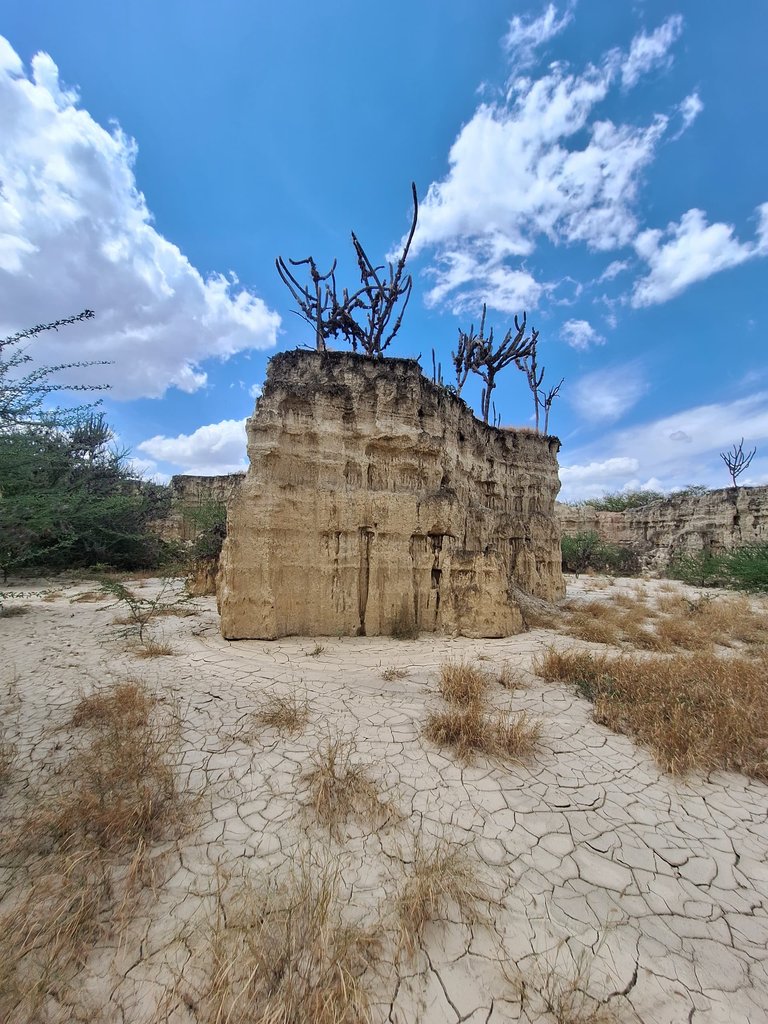
I decided to start exploring the interior of the Gully. Now the experience was different; I wasn’t at the top anymore, but inside, walking through what I had seen earlier.
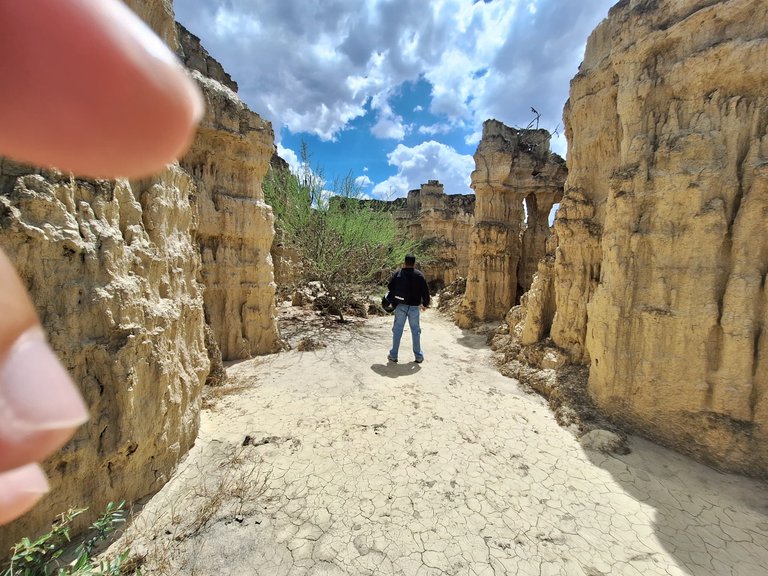
On our way back to the entrance of the Quíbor Gully, I noticed a part that I could climb to observe the Gully from a higher point. I decided to go up and take a look; the view was incredible.
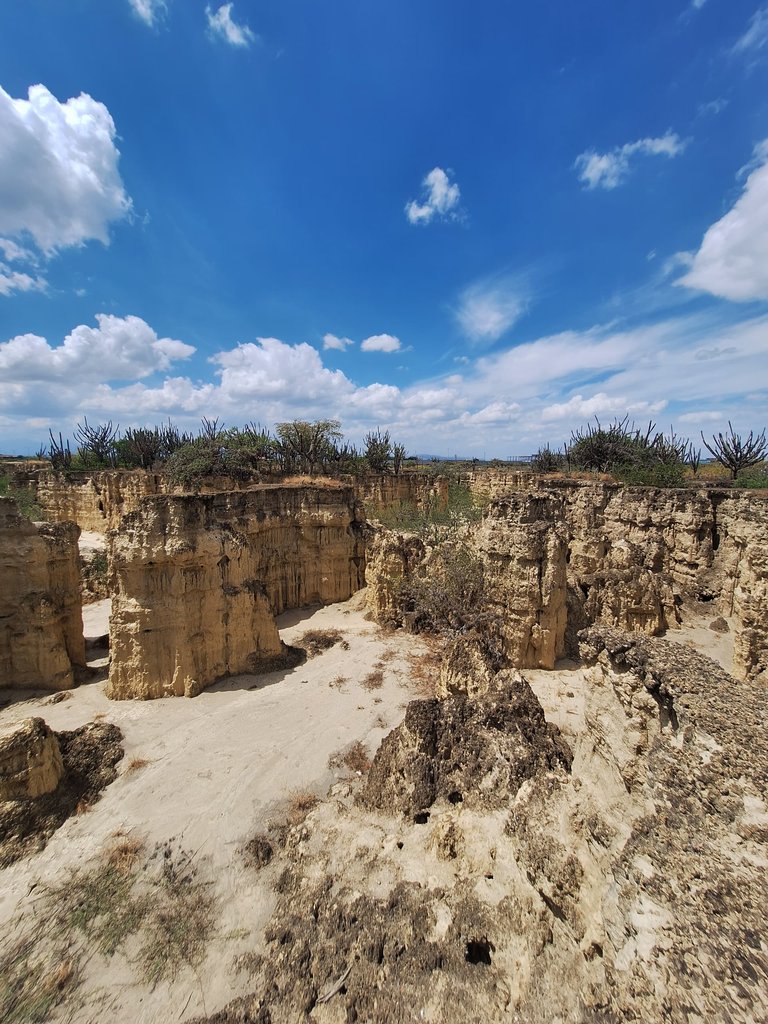 | 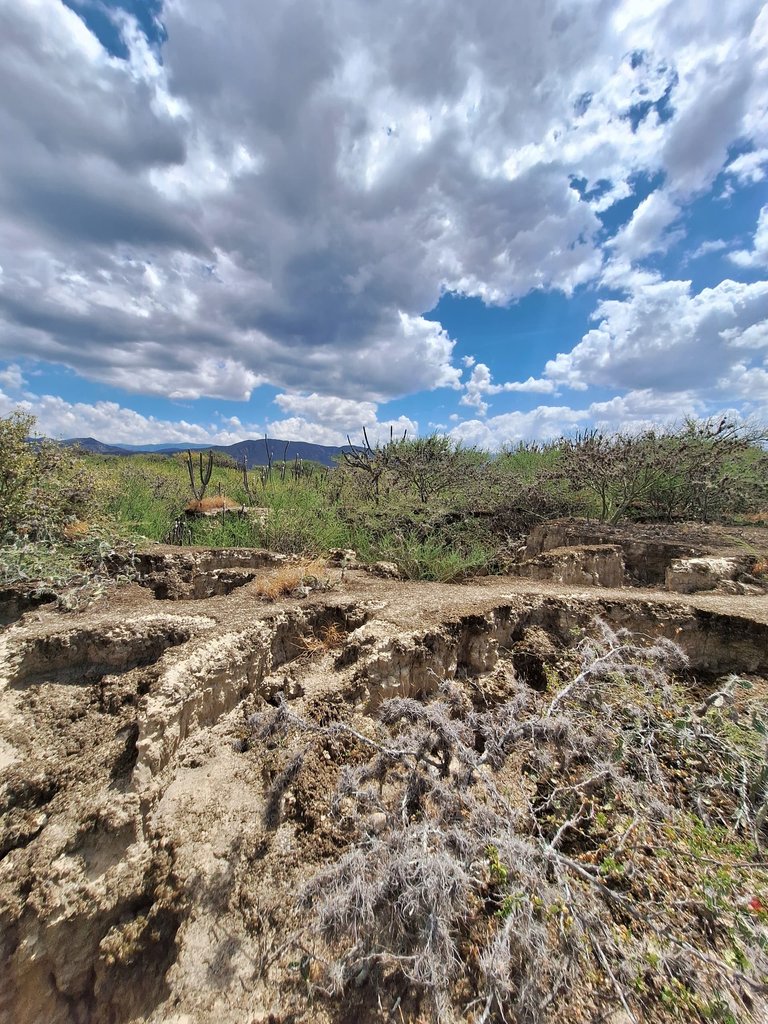 | 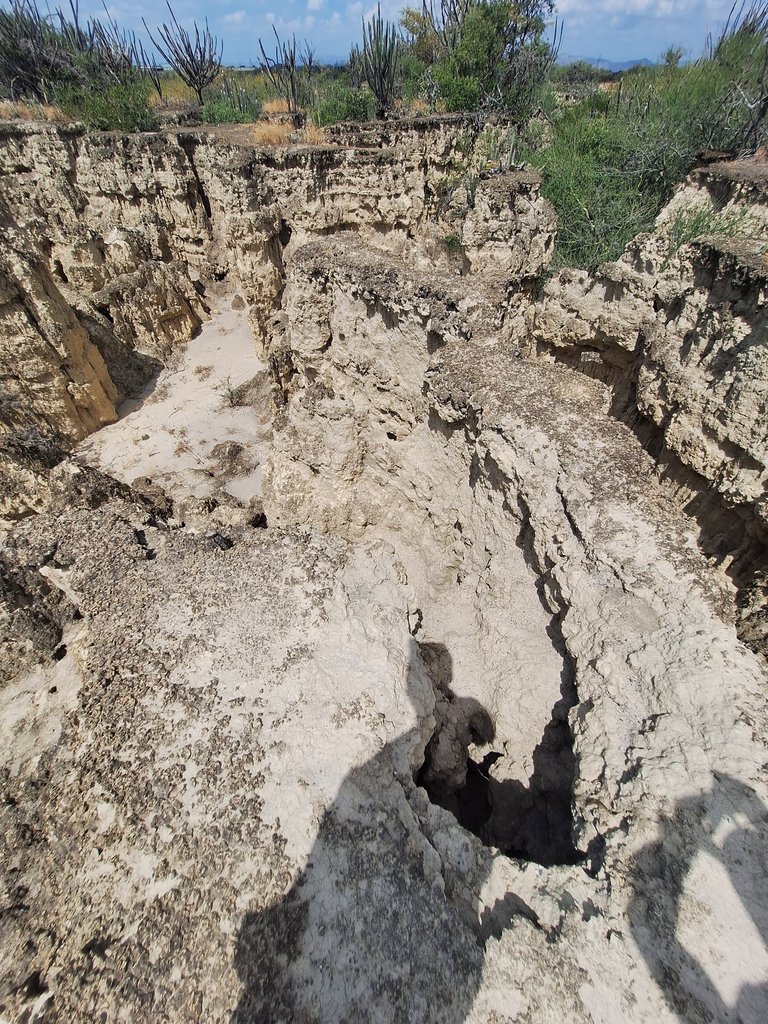 |
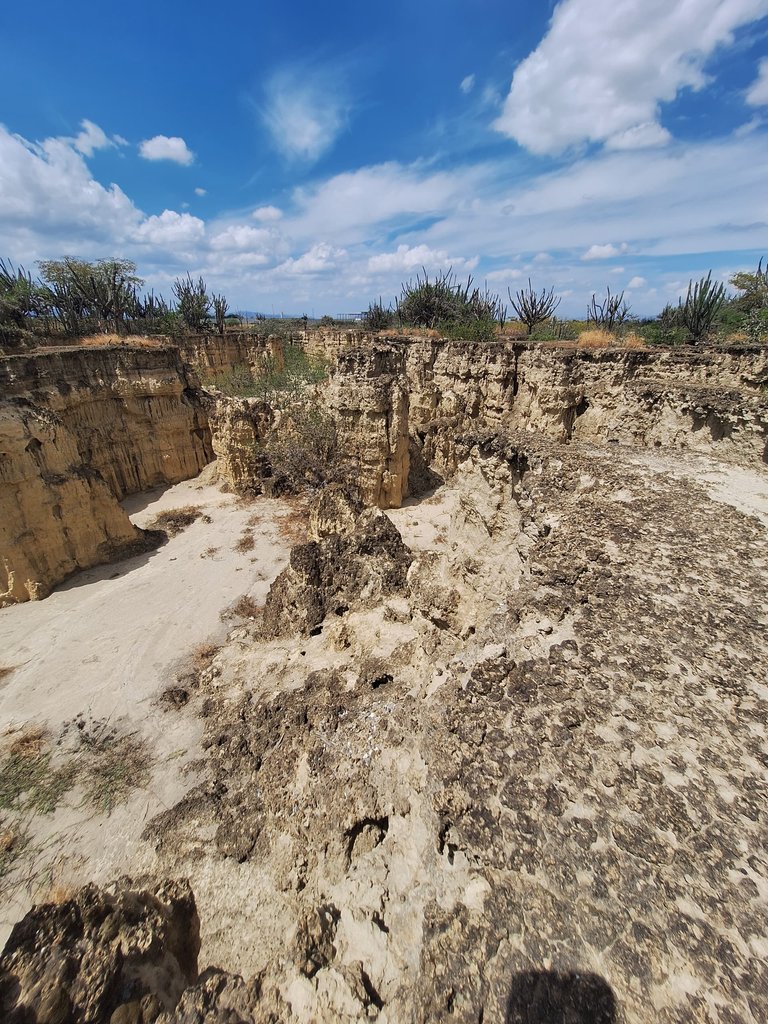 | 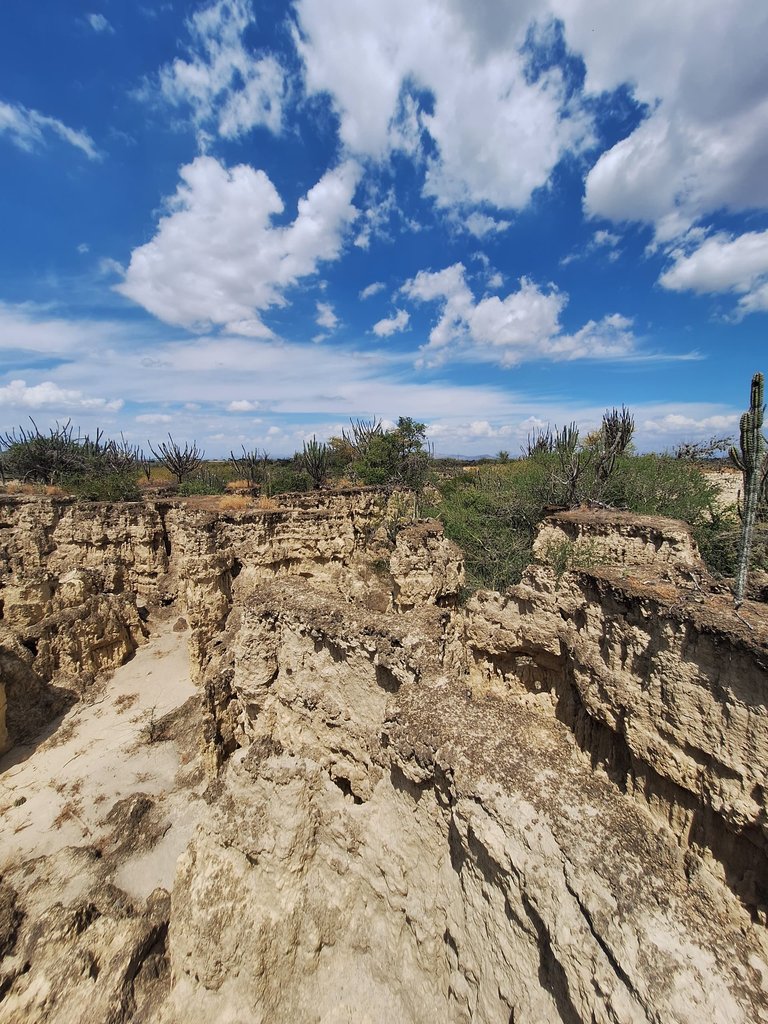 | 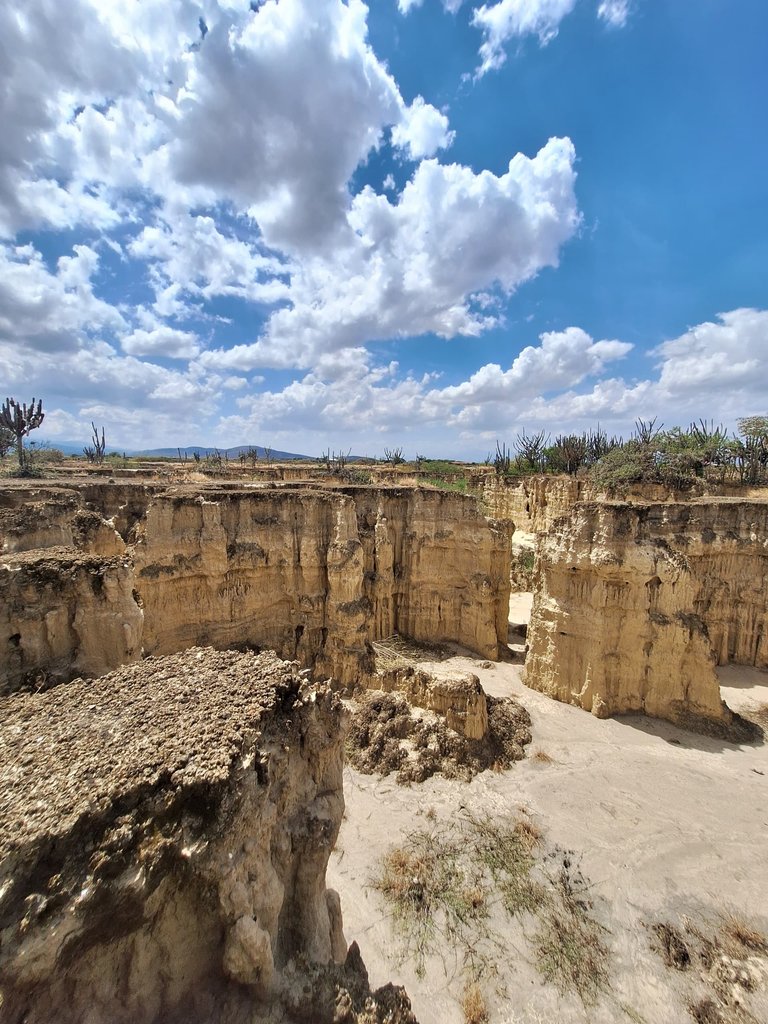 |
We decided to leave, but before passing through the hole where we entered, my brother and I saw what seemed to be a dry watercourse. I imagined that water must flow through there when it rains. The view there was also beautiful. It’s a unique phenomenon.
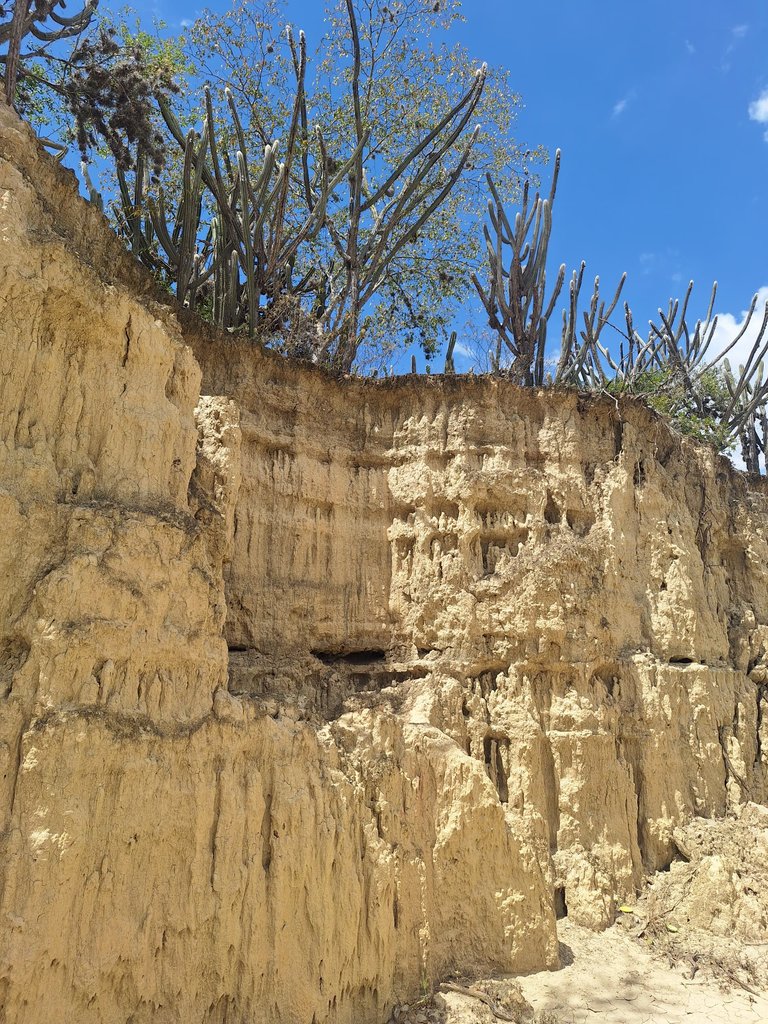
We returned to the entrance point and the place where the motorcycle was parked. We spent about two hours exploring the Quíbor Gully. What I liked most was that it was a place without any human intervention.
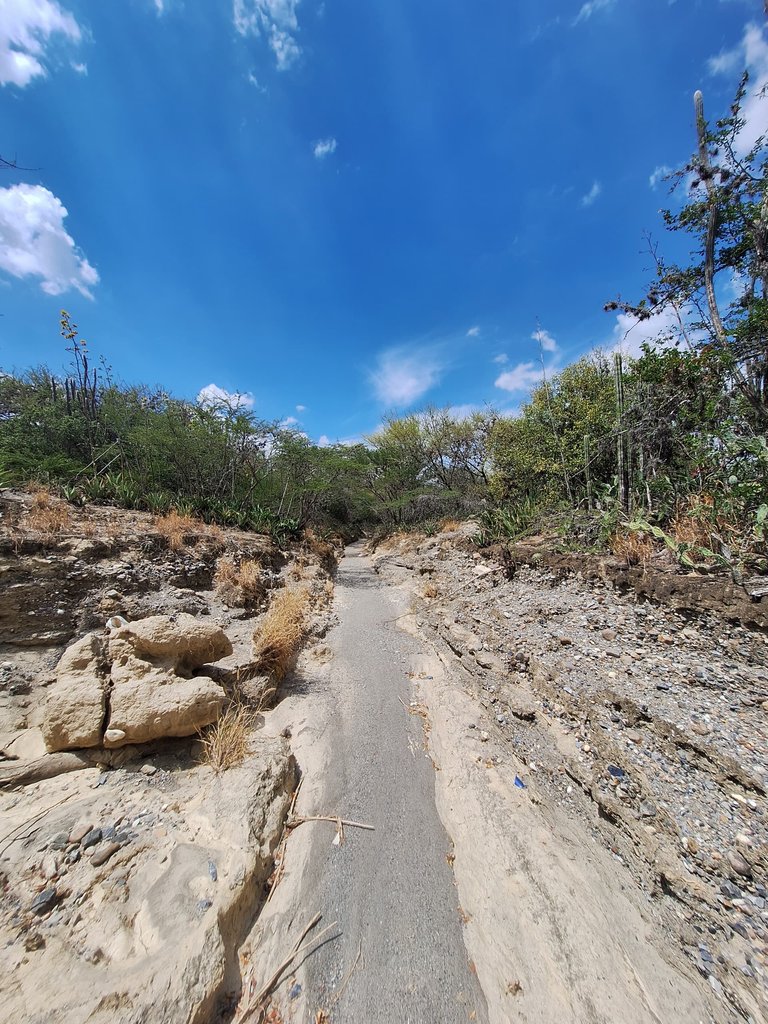 | 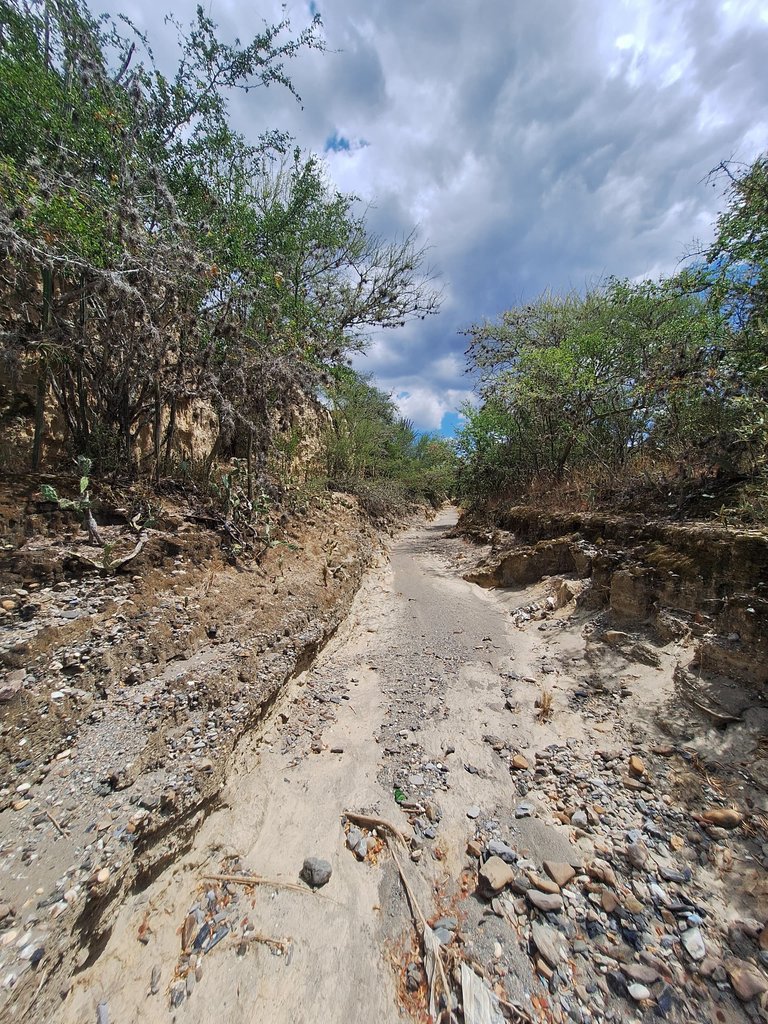 | 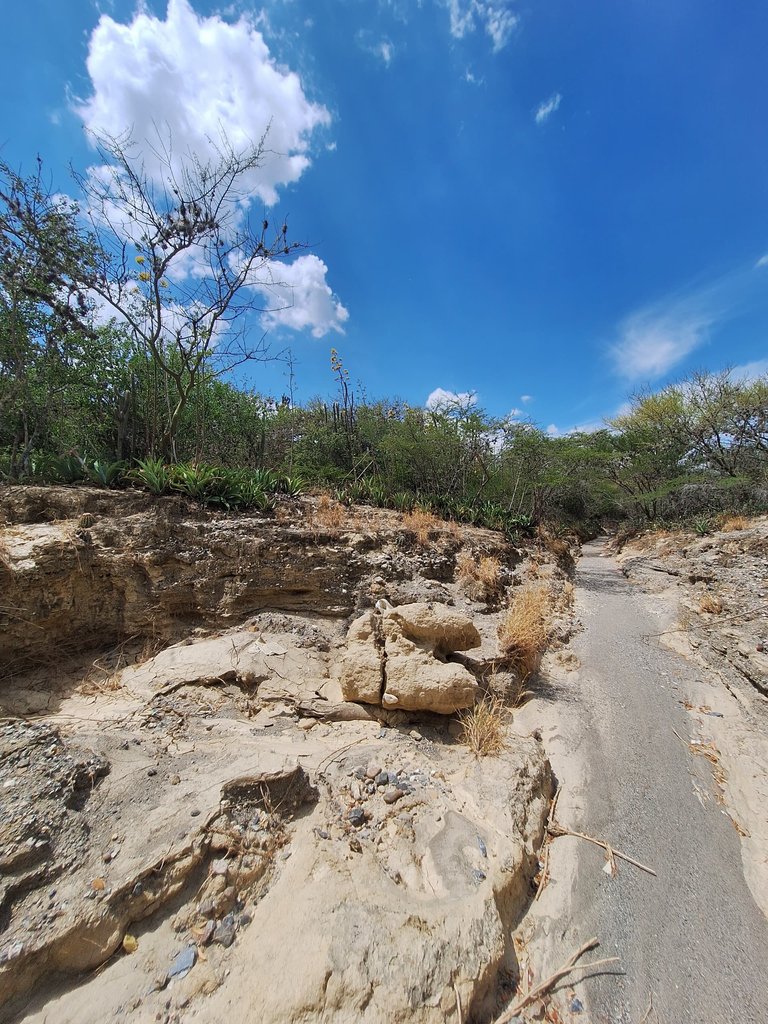 |
I must conclude by saying that it’s one of the most amazing places I’ve visited. The natural scenes are like those seen in movies, and the most intriguing part is that it’s in Venezuela.
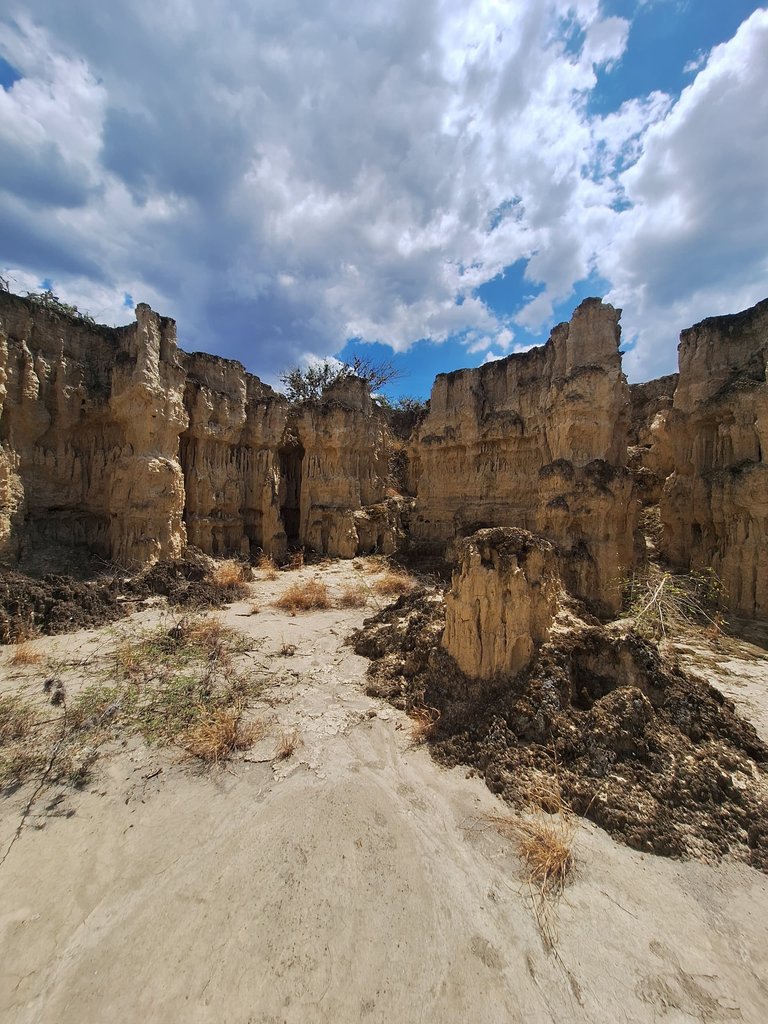
I couldn’t believe it myself. This adventure was even better because there were no tourists or people exploring the area. I think it’s a place everyone should visit, and it’s perfect for tourism. My experience there was magnificent; I did drink plenty of water because the heat is very intense.
Original content by @neruel. All rights reserved © 2025. Images: Samsung Galaxy A54. Translation and grammatical corrections: ChatGPT - DeepL - LanguageTool.
SPANISH VERSION (click here!)
Cárcavas de Quíbor: El Pequeño Cañón Caribeño
La mejor manera de explotar tu creatividad siempre será atreviéndote a explorar y conocer lo desconocido. lo que está ahí cerca de ti.
Era una mañana inesperada, y mi hermano me dijo que saliéramos. Yo tenía algunas dudas, pero le dije que sí. Escucha la canción de Harry Styles “As It Was” mientras lees esto.
Inicialmente, no habíamos salido de viaje porque había un problema con el título de propiedad de la motocicleta, pero ese día ya se había resuelto. Tomé la decisión a las 10:00 p.m. (hora Venezuela), luego de pensar mucho. Me duché y me vestí rápidamente. Nuestro destino era la ciudad de Quíbor, uno de los lugares más áridos de Venezuela.
Pasamos por el icónico obelisco de Barquisimeto y estuvimos aproximadamente cuarenta minutos en carretera para llegar a nuestro destino. Viajar en motocicleta es diferente de hacerlo en vehículo. Puedes apreciar mejor las fachadas. Me impactó ver que algunos lugares que aún están allí (los vi por primera vez cuando tenía 7 años).
Llegamos a Quíbor, pero no sabíamos específicamente por dónde entrar a las Cárcavas. Mientras determinábamos el acceso, nos estacionamos en un punto donde se veía la erosión de la tierra de una manera impresionante. Las Cárcavas de Quíbor están junto a la Avenida Rotaria, que es la Circunvalación Sur, específicamente ubicadas frente al Centro Artesanal La Tinaja de Quíbor, que forman parte del municipio Jiménez, en el Estado Lara, Venezuela.
Debo resaltar que llegamos alrededor de las 12:25 p.m. El sol era implacable, pero valía la pena soportarlo. En el sitio donde nos estacionamos para ubicar la entrada a las Cárcavas aproveché para admirar lo impresionante que era el lugar.
Algunas de las características del pequeño cañón caribeño son la erosión de la tierra de manera pastosa. Sé sobre el proceso de formación de Cárcavas debido a que soy urbanista y es algo que debes conocer para poder planificar ciudades. Este proceso es muy interesante y hermoso una vez que ocurre, pero peligroso si ocurre en la ciudad.
La forma en que las nubes y las Cárcavas se combinaban era hermosa. Todo se volvía más interesante cuando en ciertos momentos las nubes en el cielo ocultaban los rayos del sol. La escena fue increíble.
Logramos determinar por dónde debíamos entrar. Lo que nos esperaba era sorprendente. Preguntamos a una persona que vive por allí por donde debíamos adentrarnos. Él nos explicó amablemente el camino.
A medida que caminabas hacia la parte de la entrada encontramos hundimientos causados por la erosión del agua extraordinarios. Todo era impactante.
Para llegar a las entradas y poder acceder a las Cárcavas de Quíbor hay una especie de camino. Se puede entrar en vehículo o motocicleta. Sin embargo, lo recomendable es tener cuidado al ingresar, ya que es un espacio natural. El sendero no tiene ninguna señalización, pero se nota que circulan los vehículos perfectamente.
El tipo de vegetación allí es increíble. Muy particular, lo que hace que se combinen perfectamente con el entorno y el cielo. Parece una escena de una película de Texas.
Estaba muy feliz y maravillado porque era un sitio que quería conocer desde hace mucho tiempo. No había ingresado antes y estaba totalmente sorprendido.
Mi hermano y yo llegamos hasta la entrada. Dejamos la motocicleta estacionada en la parte superior del acceso.
La vista de la entrada es increíble. Allí aproveché y tomé algunas fotografías de recuerdo. Hice muchas postales de este sitio. Venezuela tiene muchos lugares hermosos y estoy dispuesto a conocerlos.
Al entrar, se observan cortes verticales en la tierra causados por la erosión del agua. Cada pared vertical parece una montaña, pero no lo es. Es una cárcava preciosa.
Cerca de la entrada había una especie de cueva o algo similar. Entrar allí fue increíble porque la luz solar se percibía de manera única. Además, era impresionante cómo la naturaleza había creado algo tan singular.
Encontré dos letreros que me gustaron mucho. Uno decía: “Protejamos el ambiente” y el otro: “Deja tú huella. Cuida”.
Para poder explorar el interior de las Cárcavas, tuve que pasar por un hueco. Fue una situación complicada para mí debido a mi altura, pero la idea era disfrutar la experiencia.
Logré pasar por el hueco y sentí que había logrado una gran hazaña. Me ensucié la ropa, pero me di cuenta de eso después de recorrer todo el sitio.
Decidí comenzar a recorrer el interior de las Cárcavas. Ahora la experiencia era diferente; no estaba desde la parte superior, sino desde el interior, recorriendo lo que había visto al principio.
Al entrar, pude notar mejor los socavones de tierra y la distancia entre cada una de las Cárcavas. Lo impresionante es el efecto: un mini cañón en un espacio natural totalmente árido.
A medida que caminaba, encontraba paredes de tierra sorprendentes. Lo peculiar era la textura que tenía cada una de ellas.
Dentro del hundimiento de tierra o socavón, había una especie de sendero por donde se notaba el recorrido de personas y del agua. La manera en que estaba fragmentado el suelo era intrigante.
La diversidad de plantas es abundante. Lo que más se nota son cardones, buches (Melocactus) y cujís (Prosopis juliflora). Los cardones generan una escena única en las Cárcavas que se debe experimentar al estar allí.
Al adentrarme más, encontraba una mayor cantidad de paredes de tierra, algunas con procesos de erosión y otras con grandes distancias una a la otra. Mi recomendación es que vayas a este lugar con ropa que te cubra y uses protector solar.
Tomé algunas fotos de los buches (Melocactus). Se veían increíbles, más aún por la forma del suelo. Algo muy característico aquí. Me gustó mucho el fenómeno en el suelo.
Seguí caminando para poder observar y ver lo hermosas que son las Cárcavas desde la parte interior del hundimiento.
Llegué a un lugar que me gustó mucho. Aproveché el momento para tomarme varias fotografías allí. Dejaré una aquí. Puedes ver lo emocionado que estaba.
Caminaba y caminaba, y me preguntaba cómo un lugar tan hermoso en Venezuela podía pasar desapercibido por los venezolanos y turistas.
Había escenas que eran espléndidas y que no se pueden describir fácilmente con palabras, porque se debe estar ahí. Sentirlo y verlo por ti mismo.
Decidí rodear el lugar. Algo que me pareció peculiar es que no me encontré con ningún animal. Quizás, como había mucho sol y era mediodía, no salían. Según lo que leí, hay muchas lagartijas e iguanas allí. Me quedé con las ganas de ver una.
Regresando a la entrada de las Cárcavas de Quíbor, noté una parte que podía escalar y mirarlas desde un punto más alto. Decidí subir y observar; la vista era increíble.
Decidimos regresar, pero antes de pasar por el hueco por donde ingresamos, mi hermano y yo vimos que había una especie de cauce de agua seco. Imaginé que por allí debe circular el agua cuando llueve. La vista es preciosa allí también. Es un fenómeno único.
Regresamos al punto de entrada y al lugar donde estaba la motocicleta estacionada. Estuvimos aproximadamente casi dos horas recorriendo las Cárcavas de Quíbor. Lo que más me gustó es que fue un sitio sin ningún tipo de intervención humana.
Debo concluir diciendo que es uno de los lugares más sorprendentes que he conocido. Las escenas naturales son como las que se ven en las películas, y lo más intrigante es que está en Venezuela.
Ni yo mismo lo podía creer. Esta aventura fue aún mejor porque en las Cárcavas no había turistas ni personas explorando el lugar. Creo que es un lugar que todos deberían conocer y perfecto para hacer turismo. Mi experiencia allí fue magnífica; eso sí, tomé mucha agua porque el calor es muy fuerte.
Contenido original de @neruel. Todos los derechos reservados © 2025. Imágenes: Samsung Galaxy A54. Traducción al inglés y corrección gramatical: ChatGPT - DeepL - LanguageTool.
Posted Using INLEO
Travel Digest #2478.
Become part of our travel community:
- Join our Discord
Hiya, @glecerioberto here, just swinging by to let you know that this post made it into our Top 3 in Your post has been manually curated by the @worldmappin team. If you like what we're doing, please drop by to check out all the rest of today's great posts and consider supporting other authors like yourself and us so we can keep the project going!https://bsky.app/profile/did:plc:ga43j6q444olothy33ixk7kr/post/3linn7ioook2y
https://bsky.app/profile/did:plc:tsywfqgay7tl2p4khjm2yvtm/post/3liponpurek2z
The rewards earned on this comment will go to the author of the blog post.https://bsky.app/profile/did:plc:ga43j6q444olothy33ixk7kr/post/3linn7ioook2y https://bsky.app/profile/did:plc:tsywfqgay7tl2p4khjm2yvtm/post/3liponpurek2z
You can check out this post and your own profile on the map. Be part of the Worldmappin Community and join our Discord Channel to get in touch with other travelers, ask questions or just be updated on our latest features.
We are back with one of the most incredible places I have ever known. This means traveling, living in the moment.
Show small and beautiful places, I will always love it. :) I realized that I love this version of me.
Every moment is special. What I love the most is to be able to leave each one of them on the map in an indelible way. :)
Ese lugar es todo un espectáculo y ni siquiera sabía que existía, me gustaría conocerlo algún día 🤩
Espero que puedas conocerlo, es un lugar precioso.
among all the beautiful pictures you show, I am interested in this
It is one of the most amazing places there. It is an immense wall of earth formed by erosion. Incredible.
Wow hermanito What beautiful pictures! I didn't even know that in Venezuela we had this kind of rock formations, it looks like a small "Grand Canyon", how beautiful, I love that now with your motorcycle you can go to all these places. You are getting better and better with the pictures, I loved them too much! And I love that you take your time to visit this kind of places between so much work. 👏🏻👏🏻👏🏻